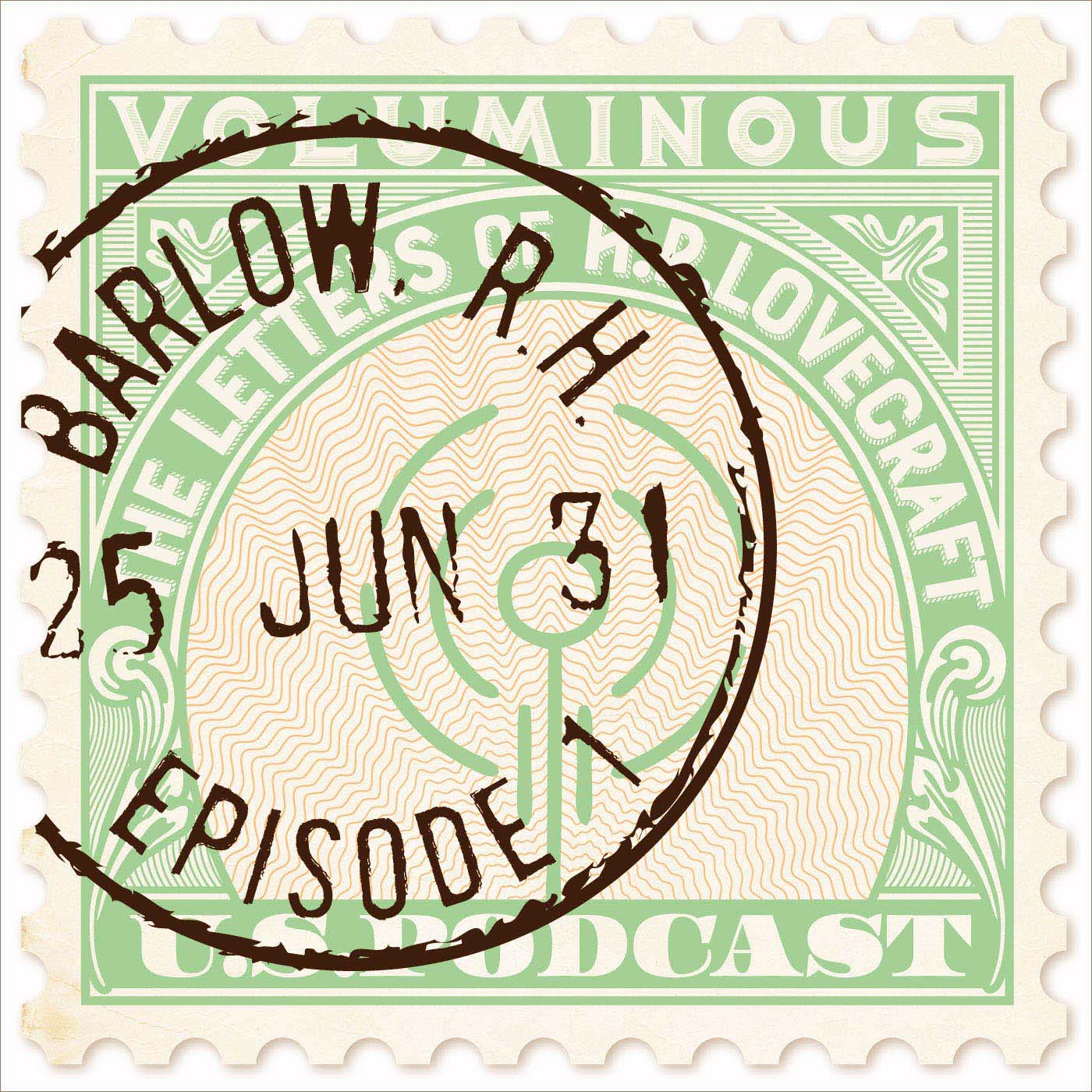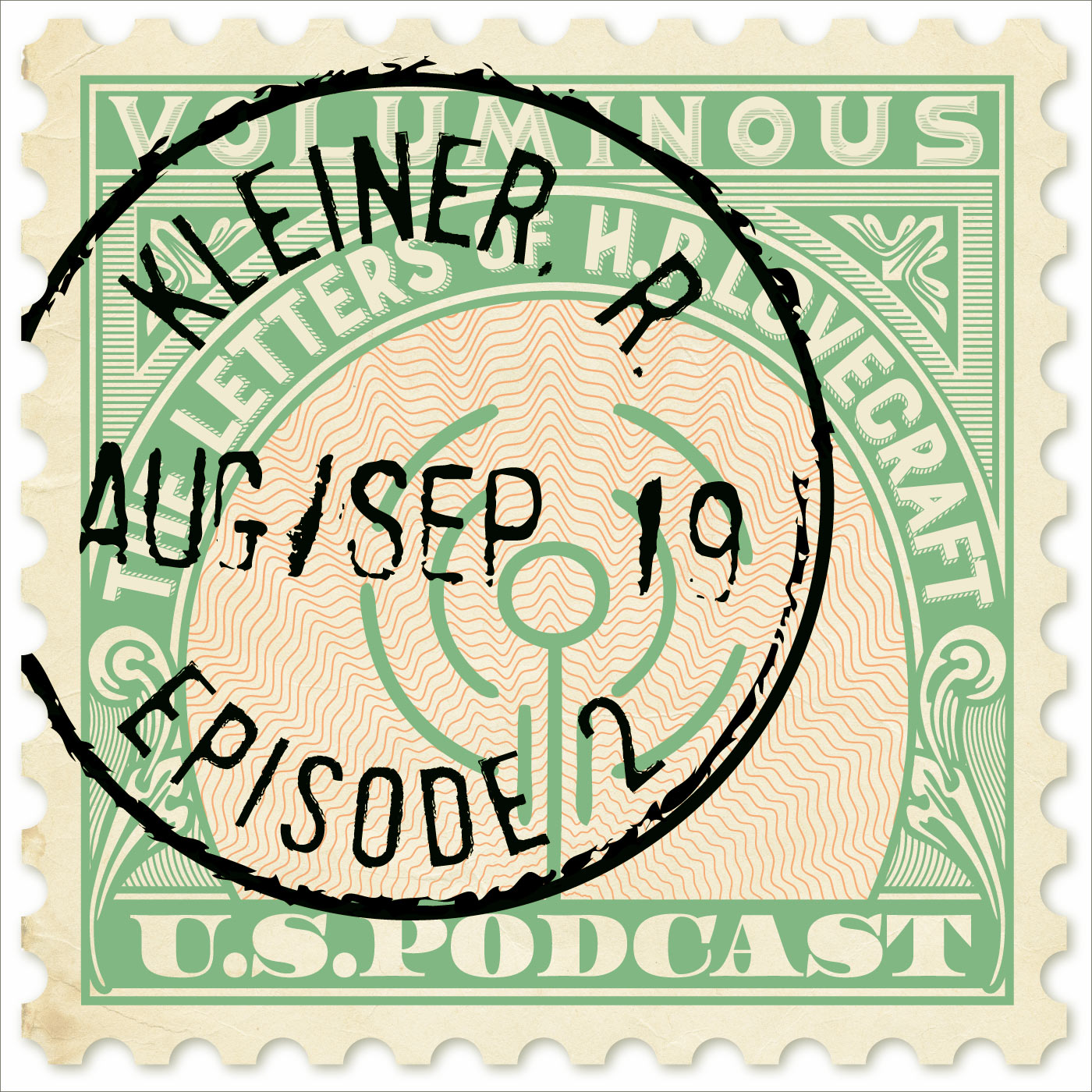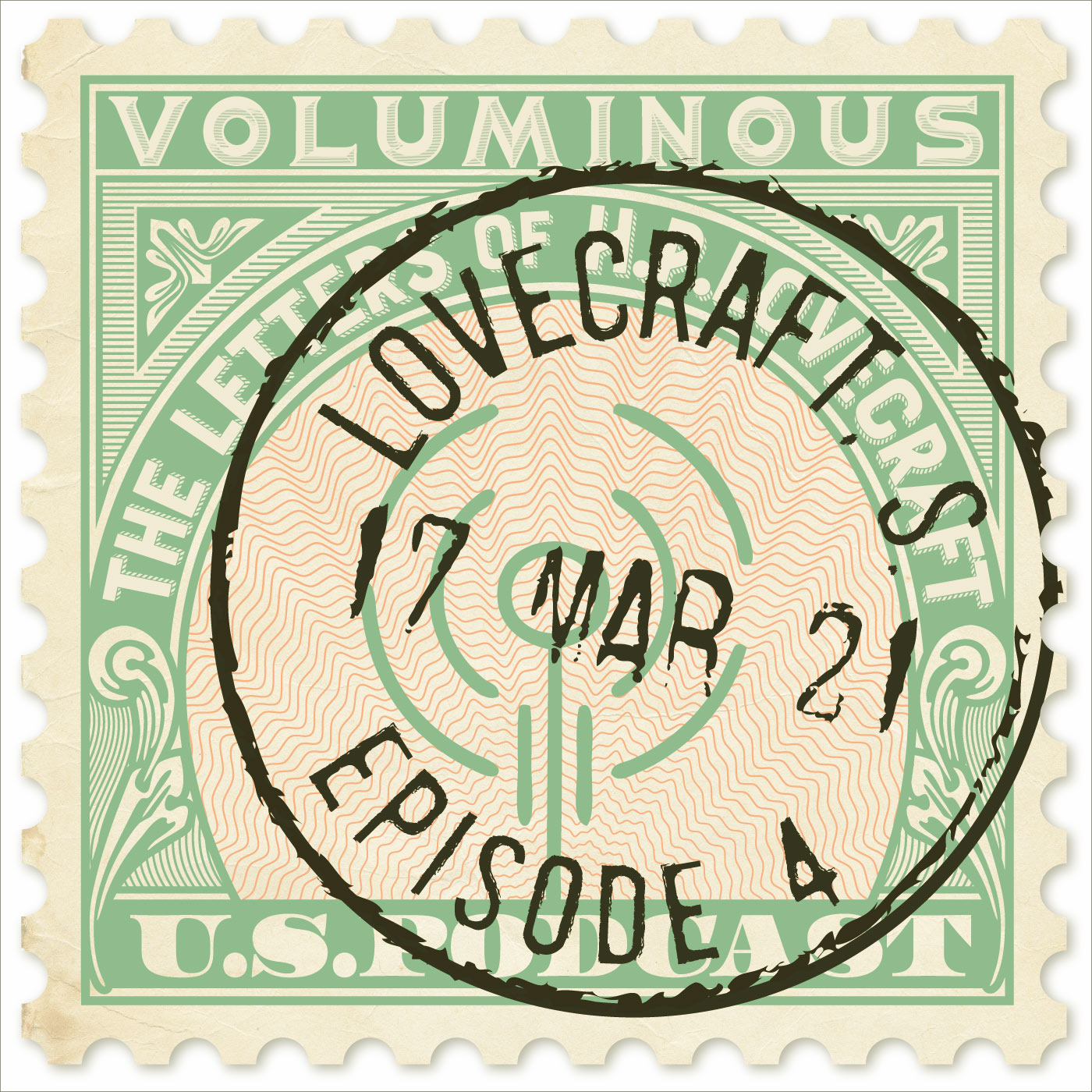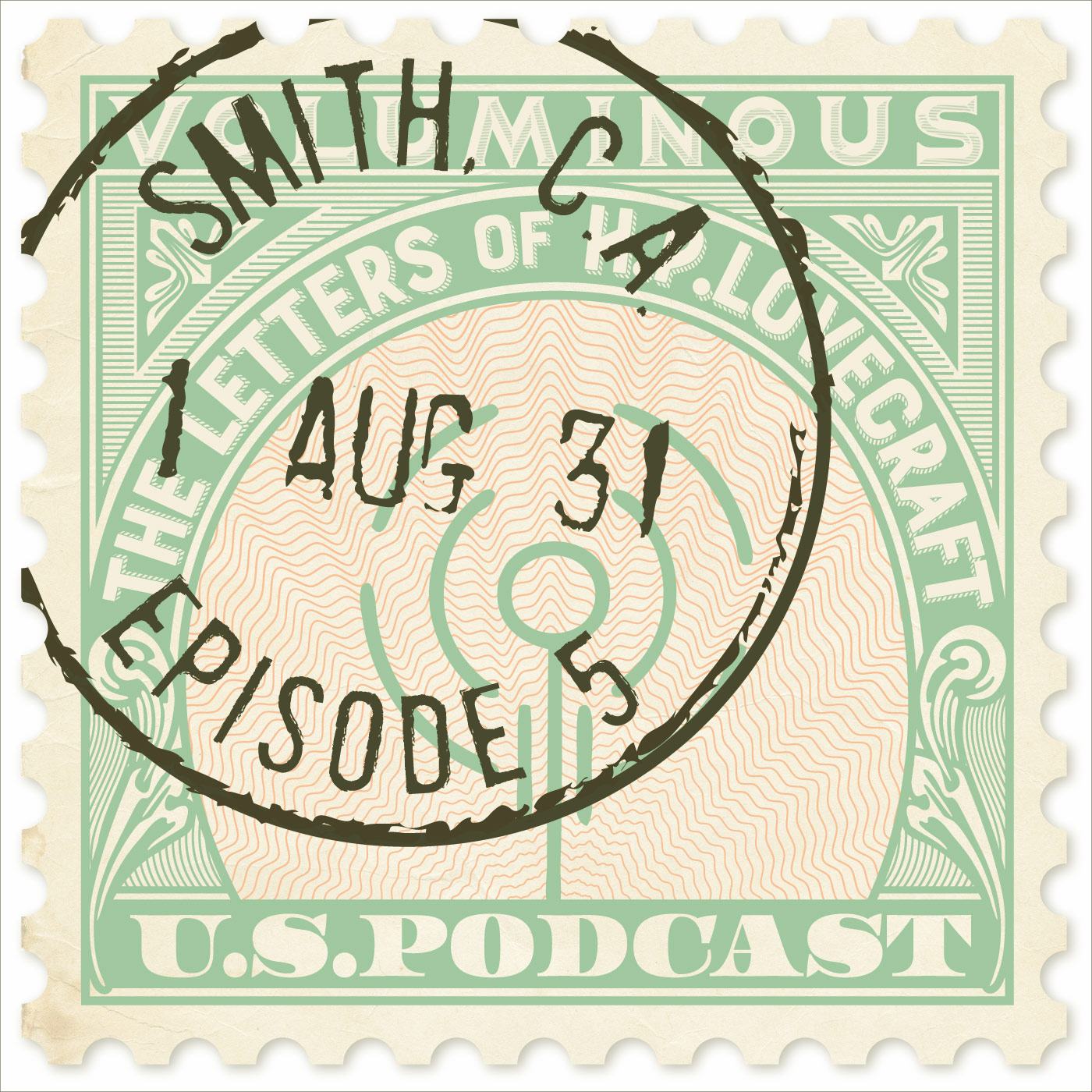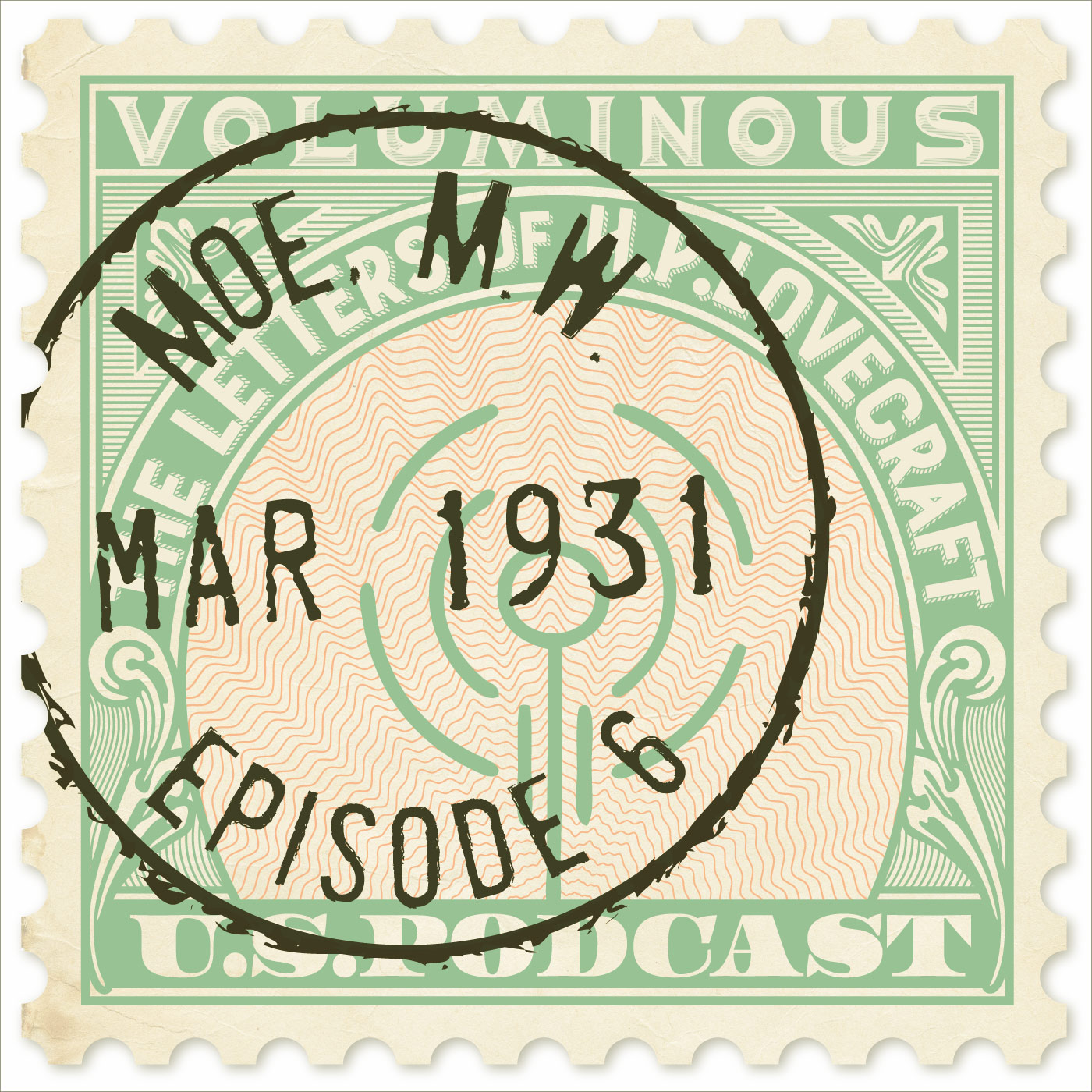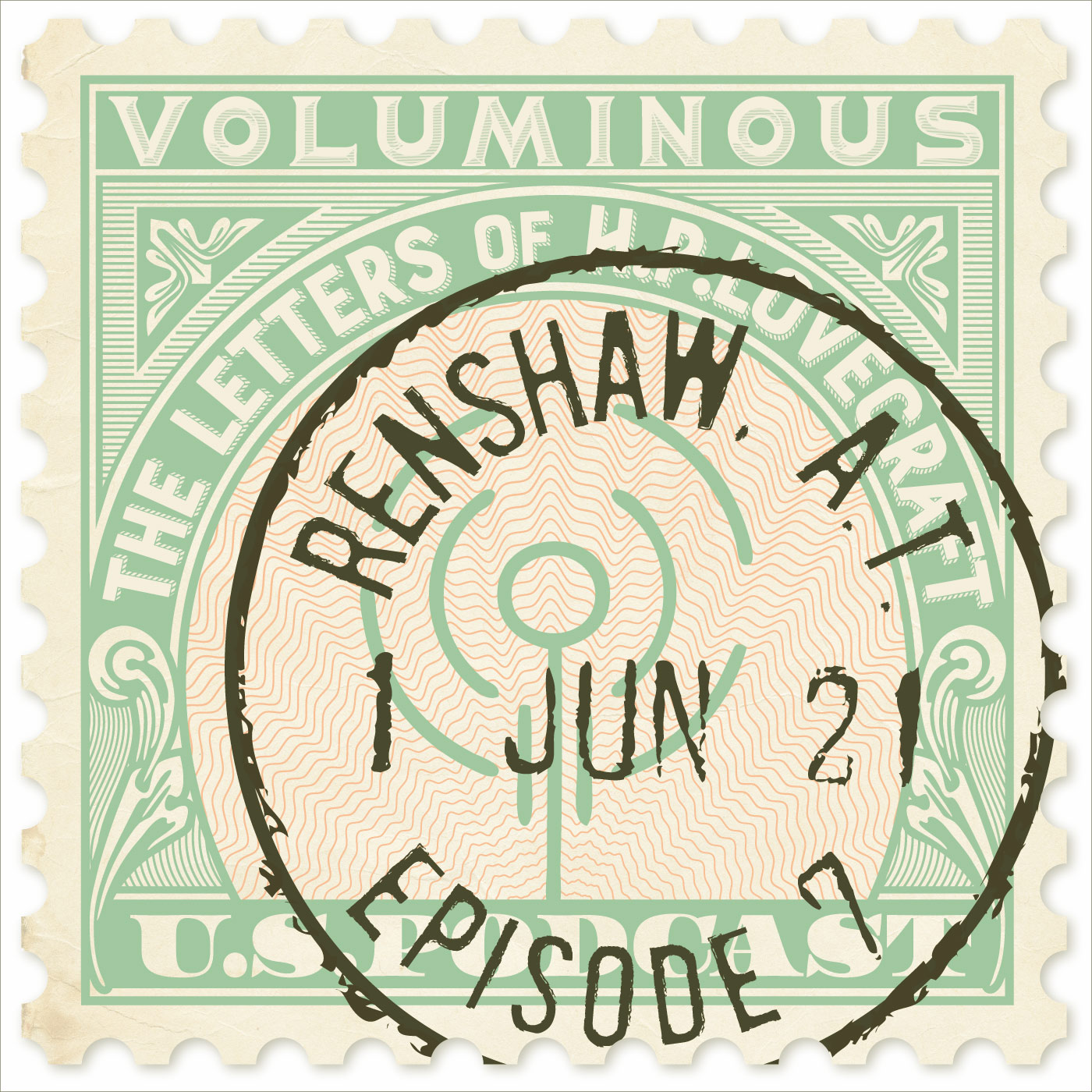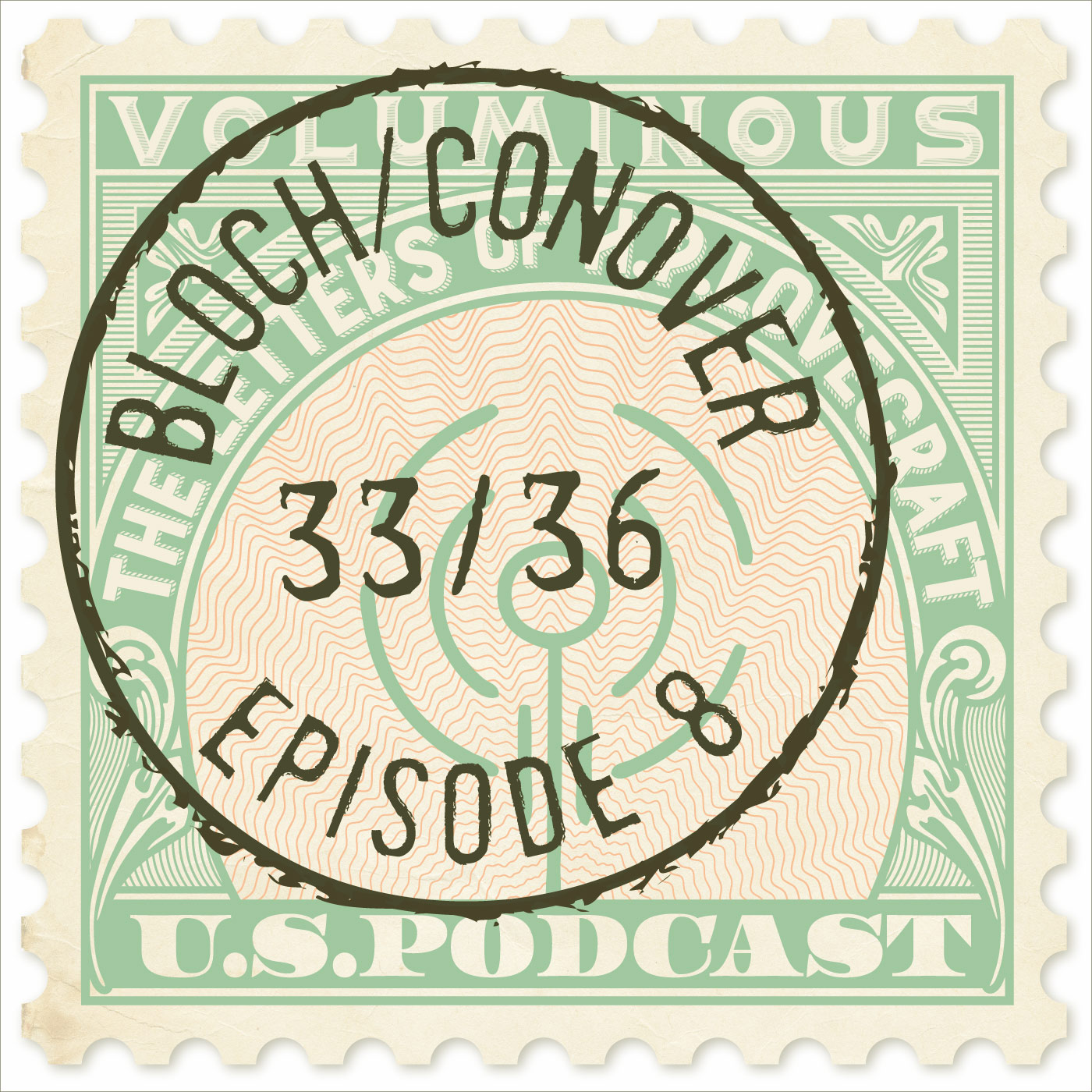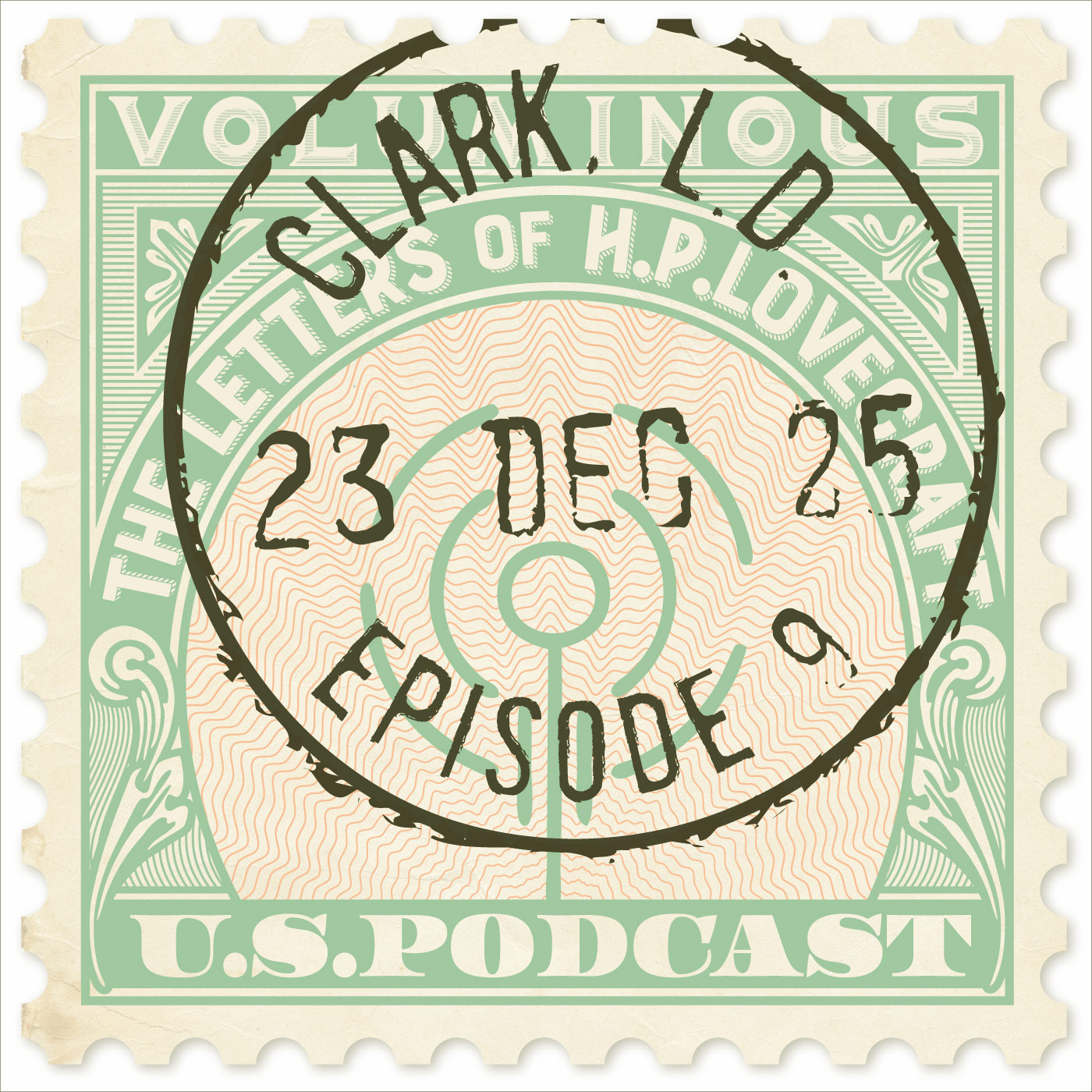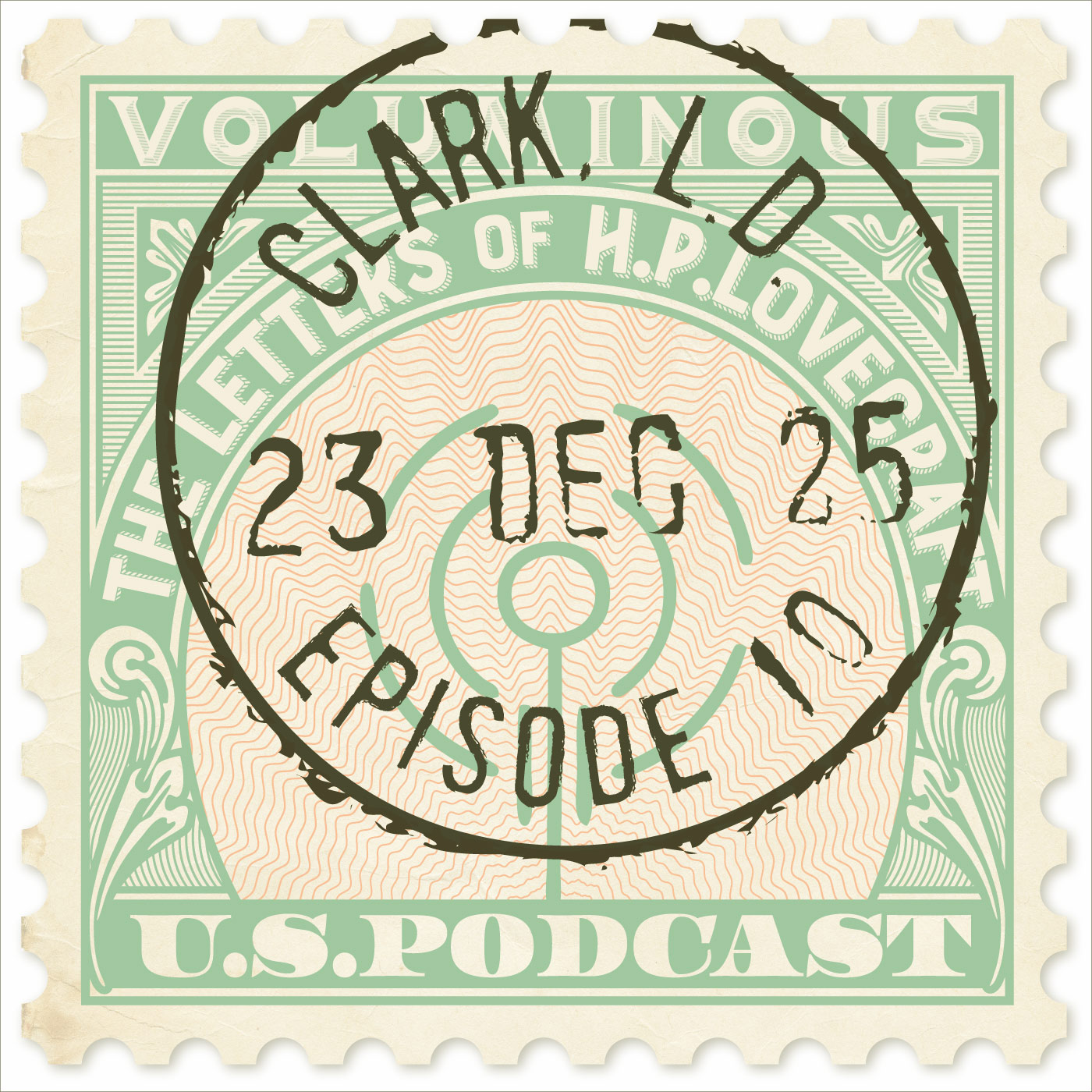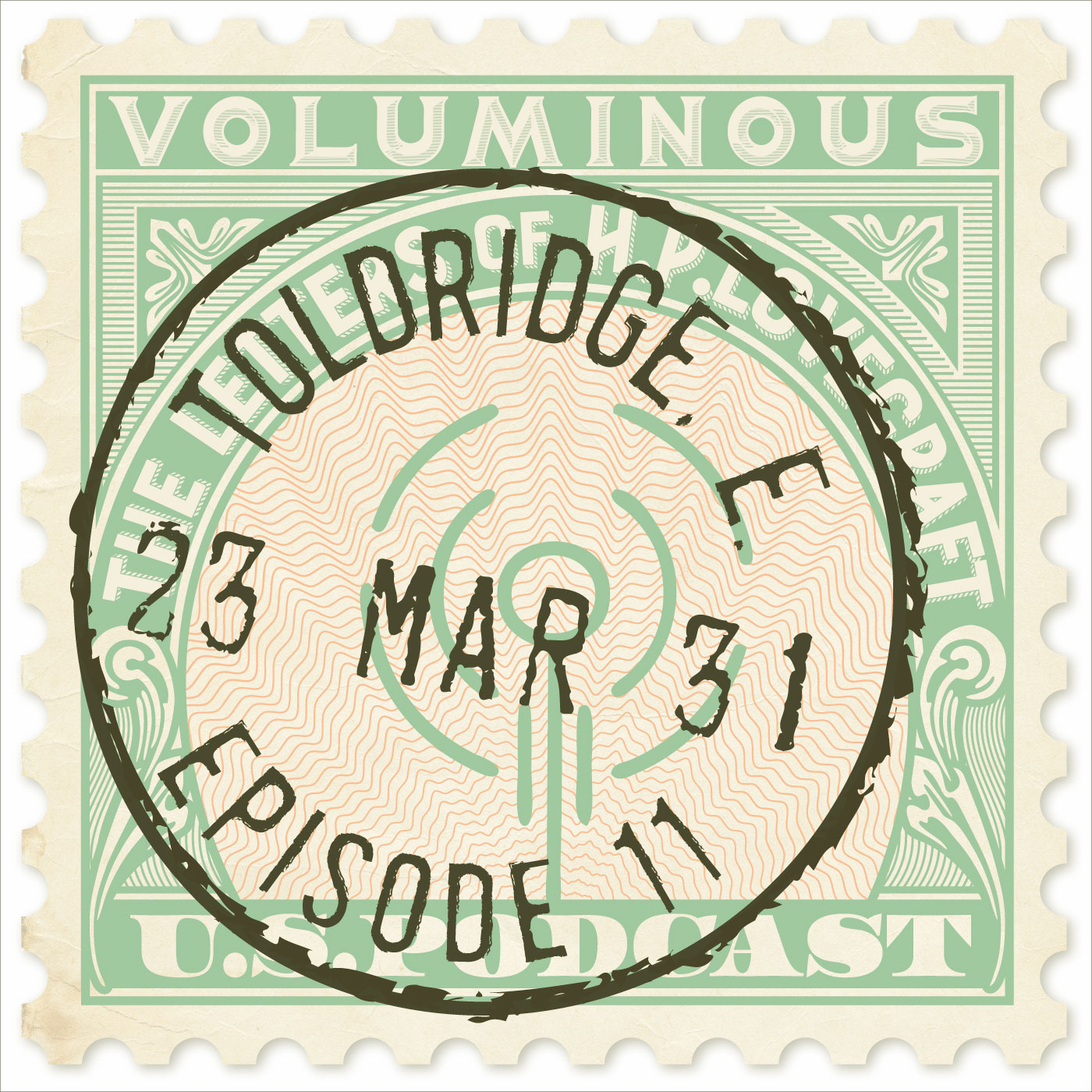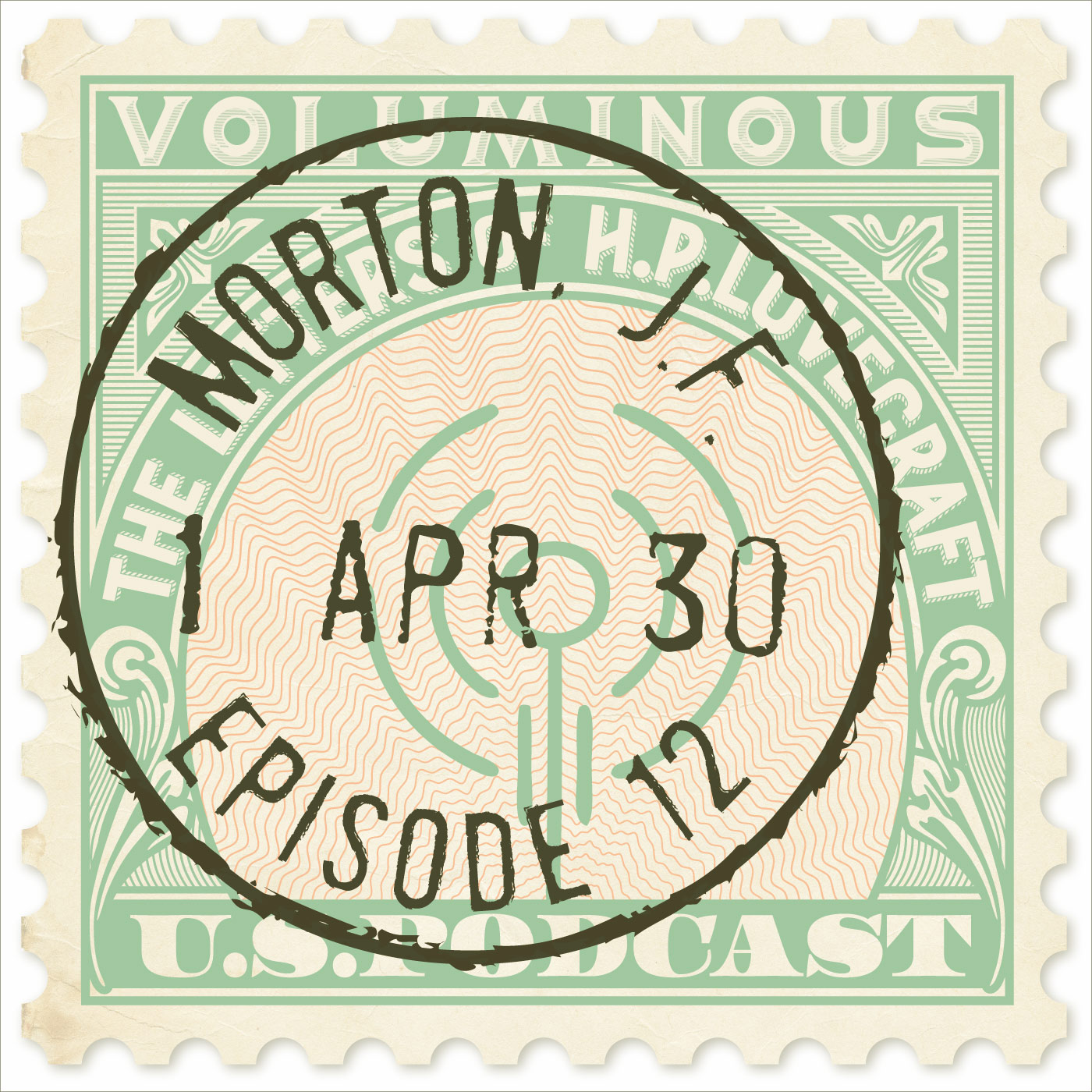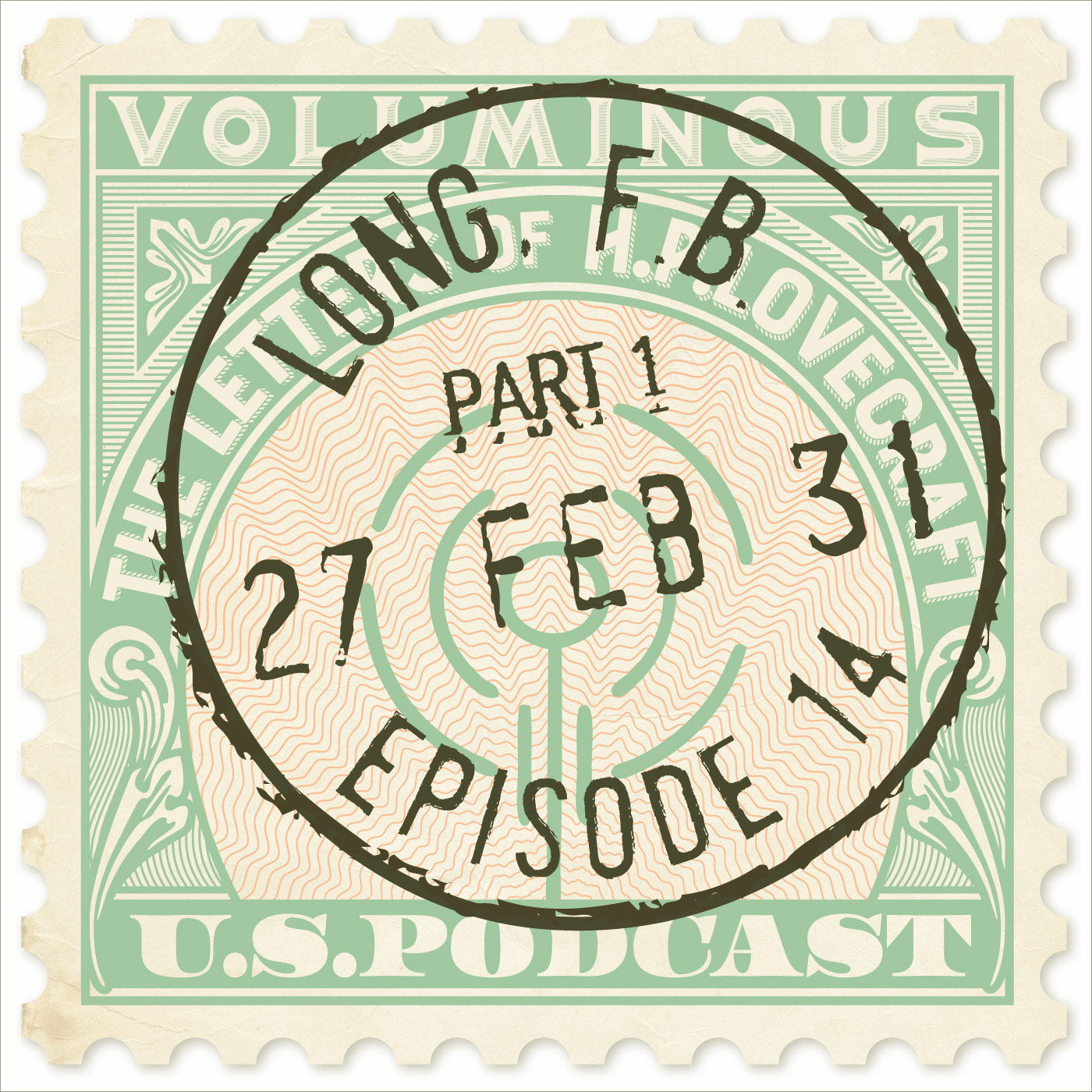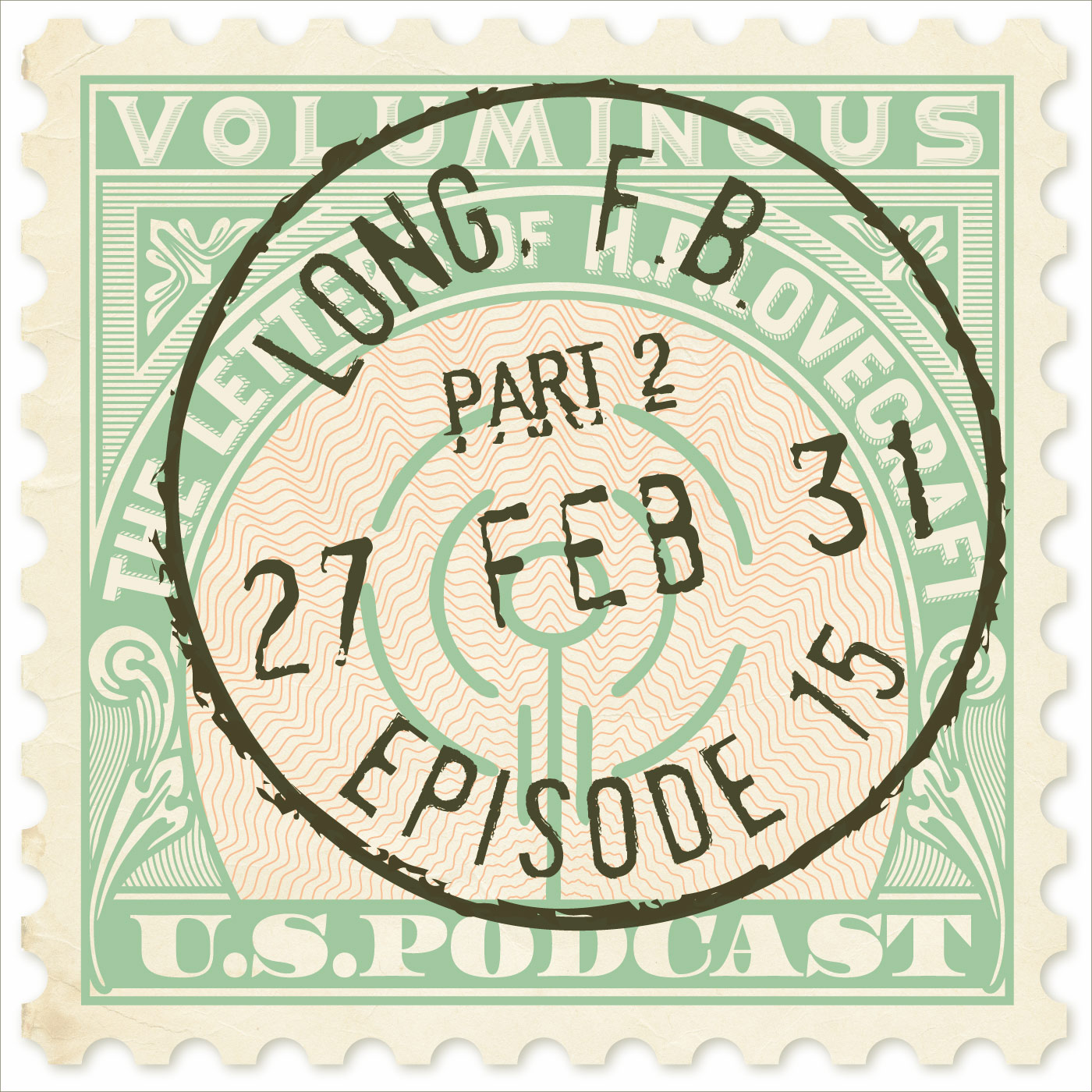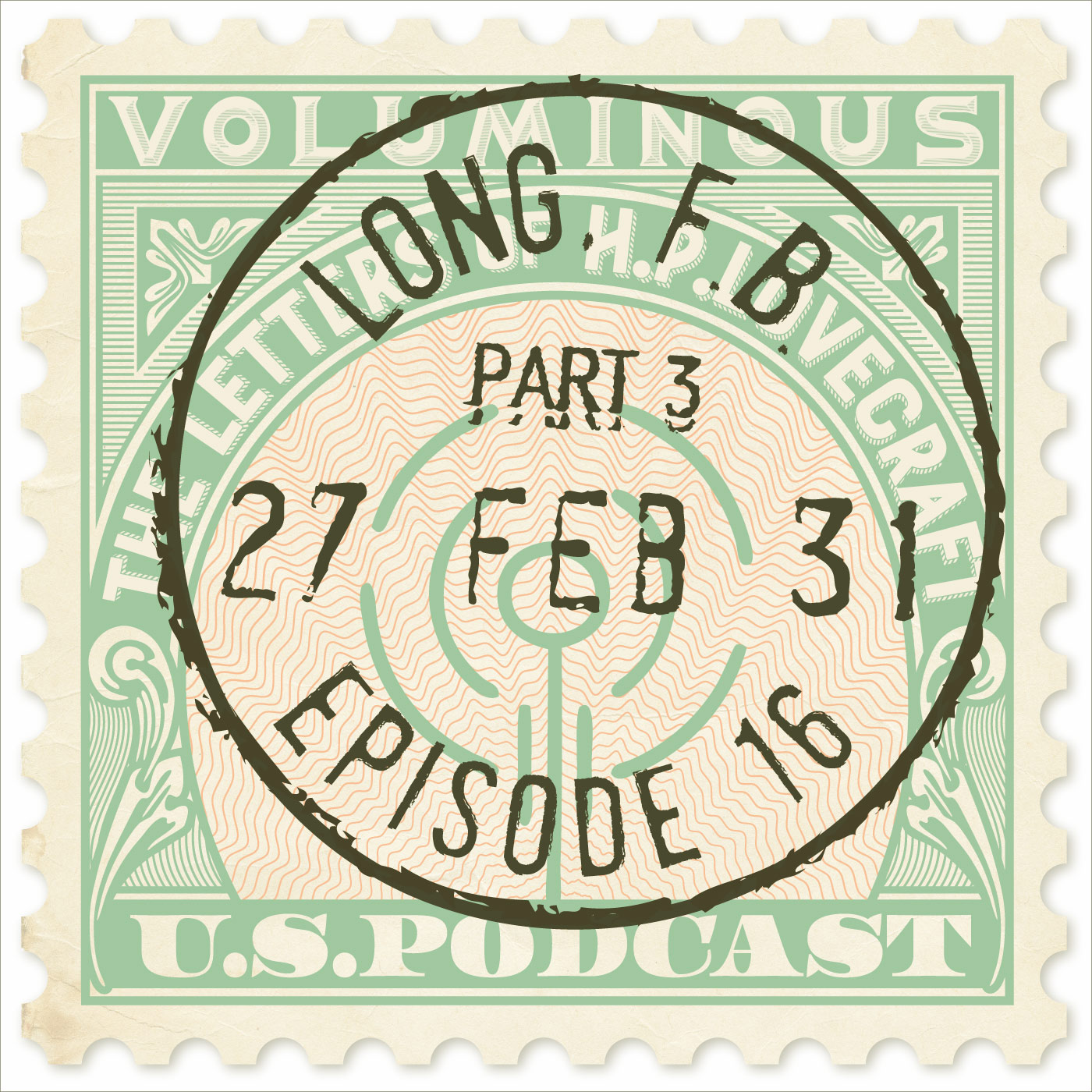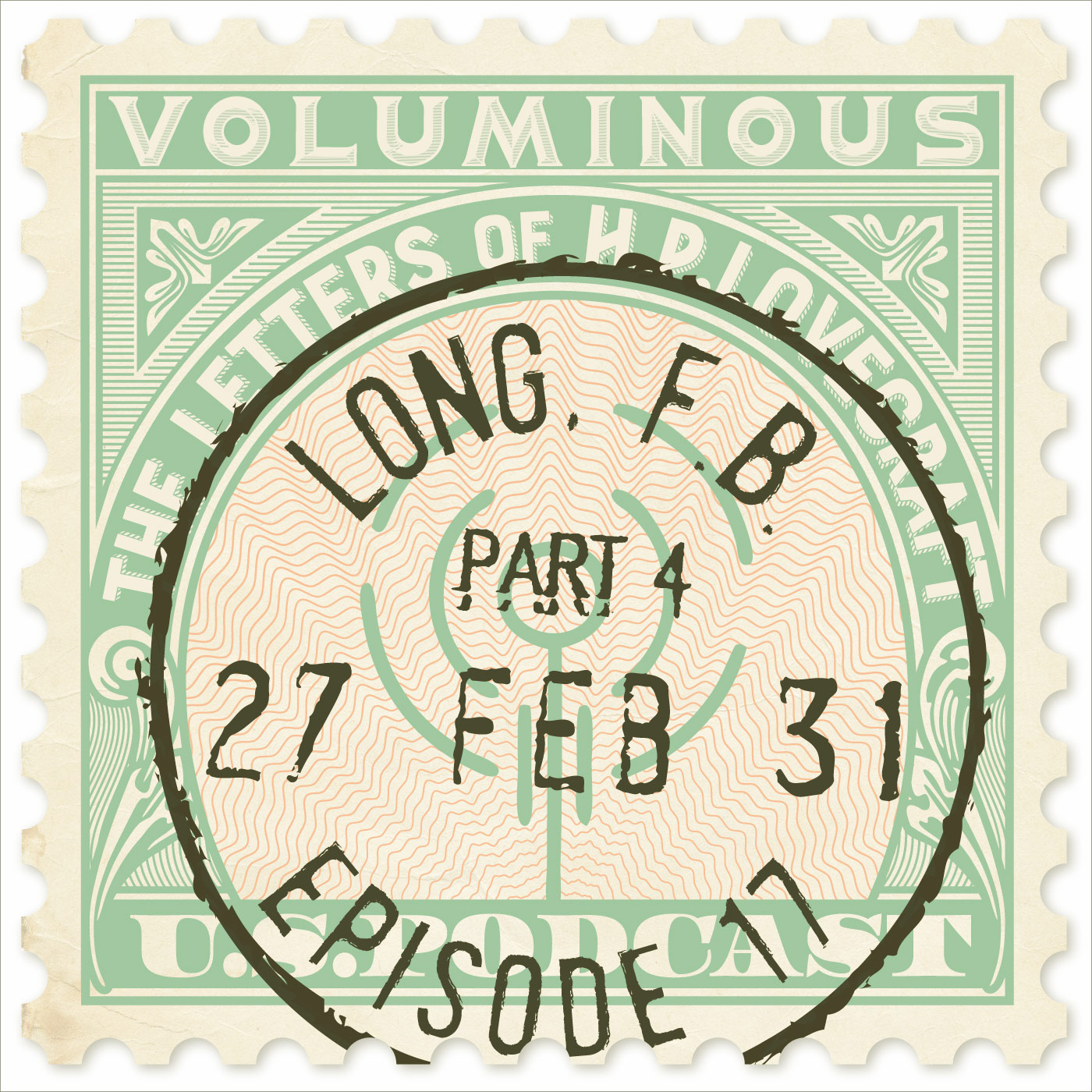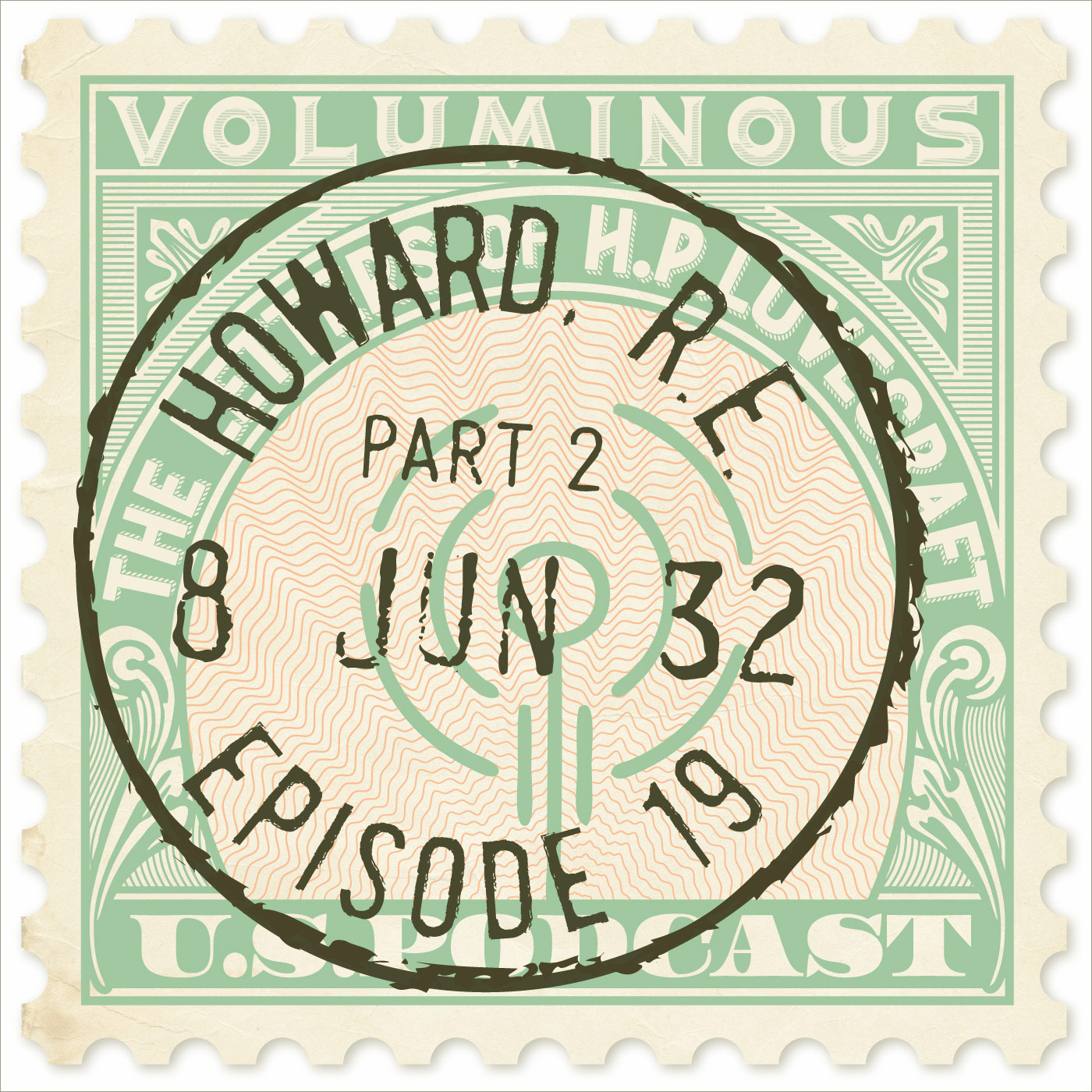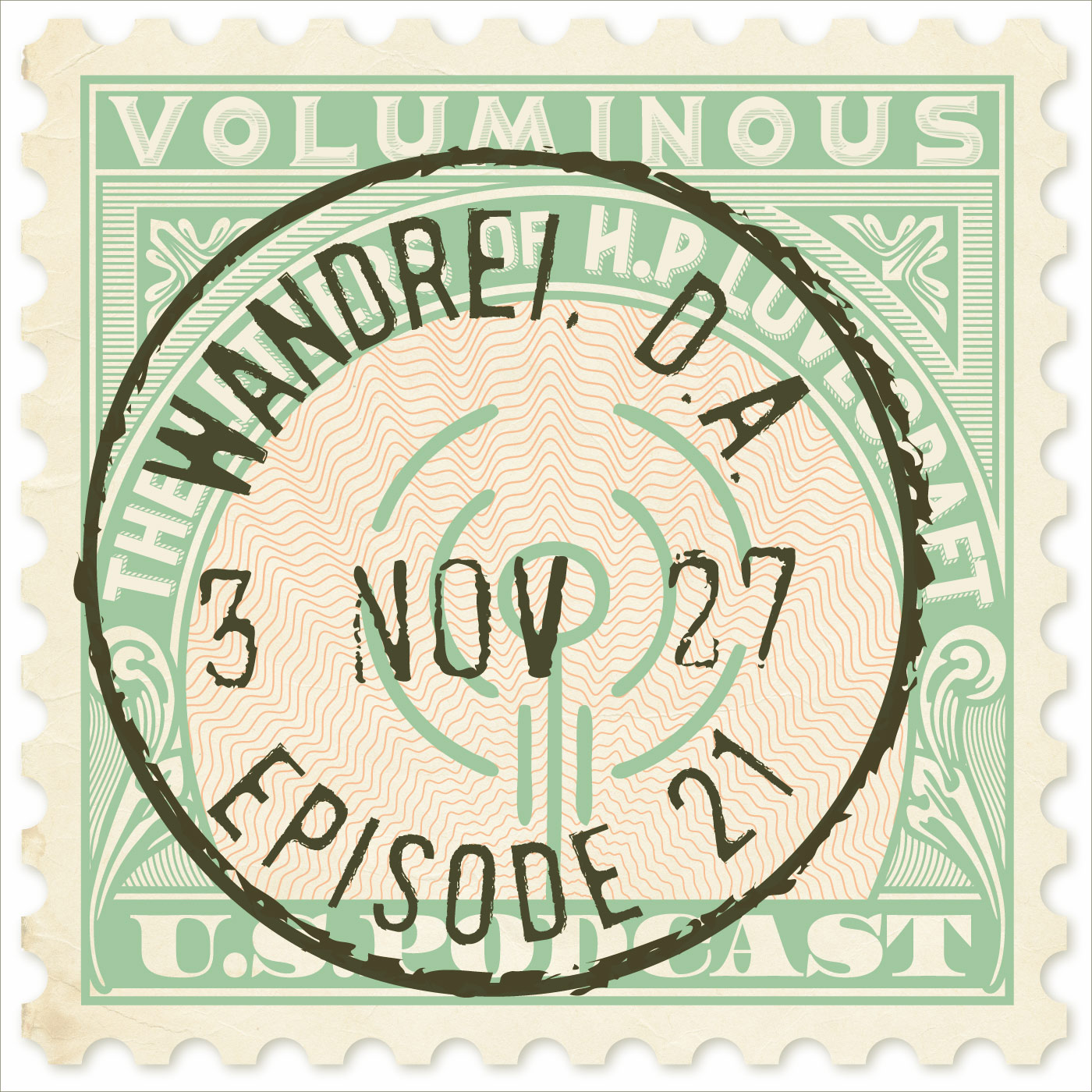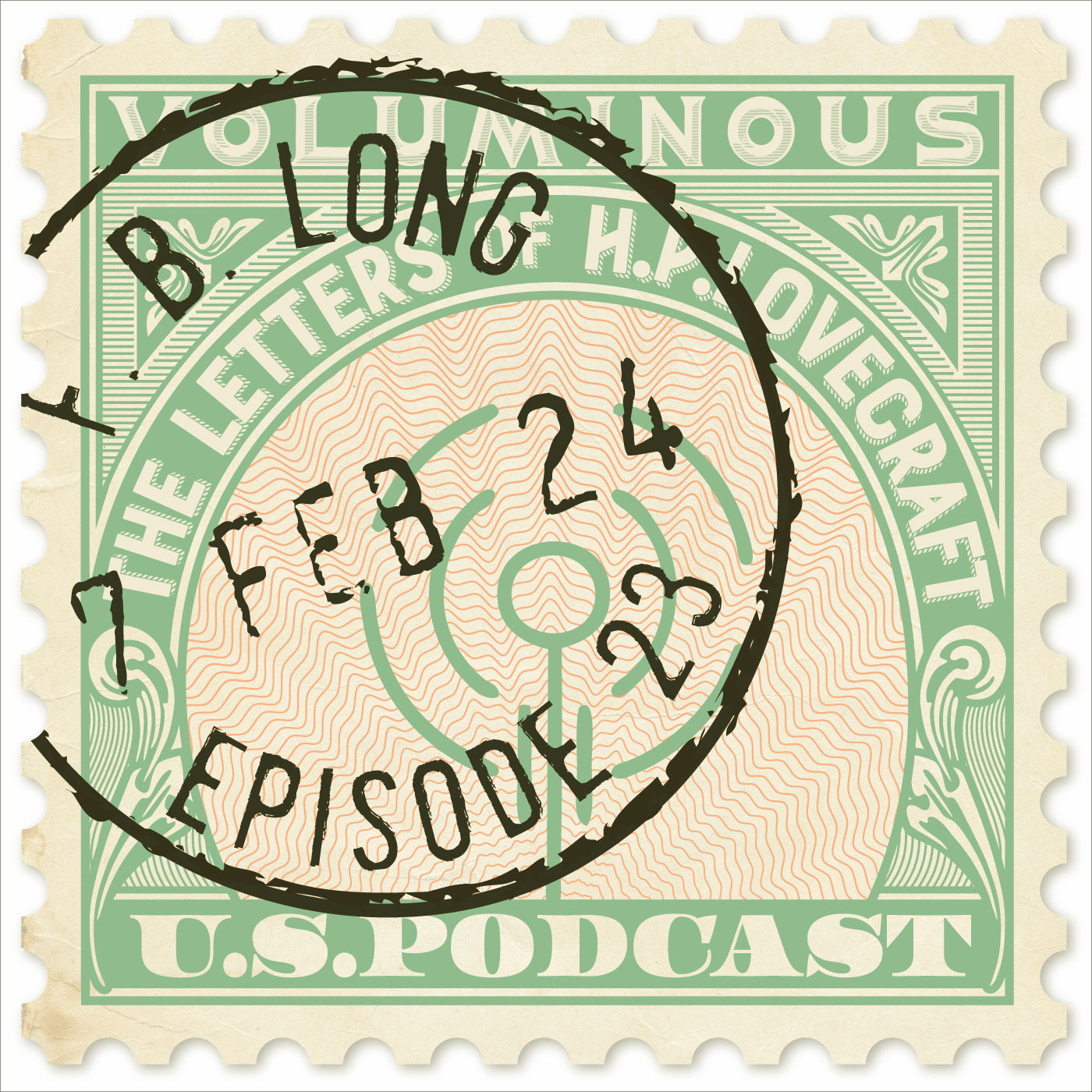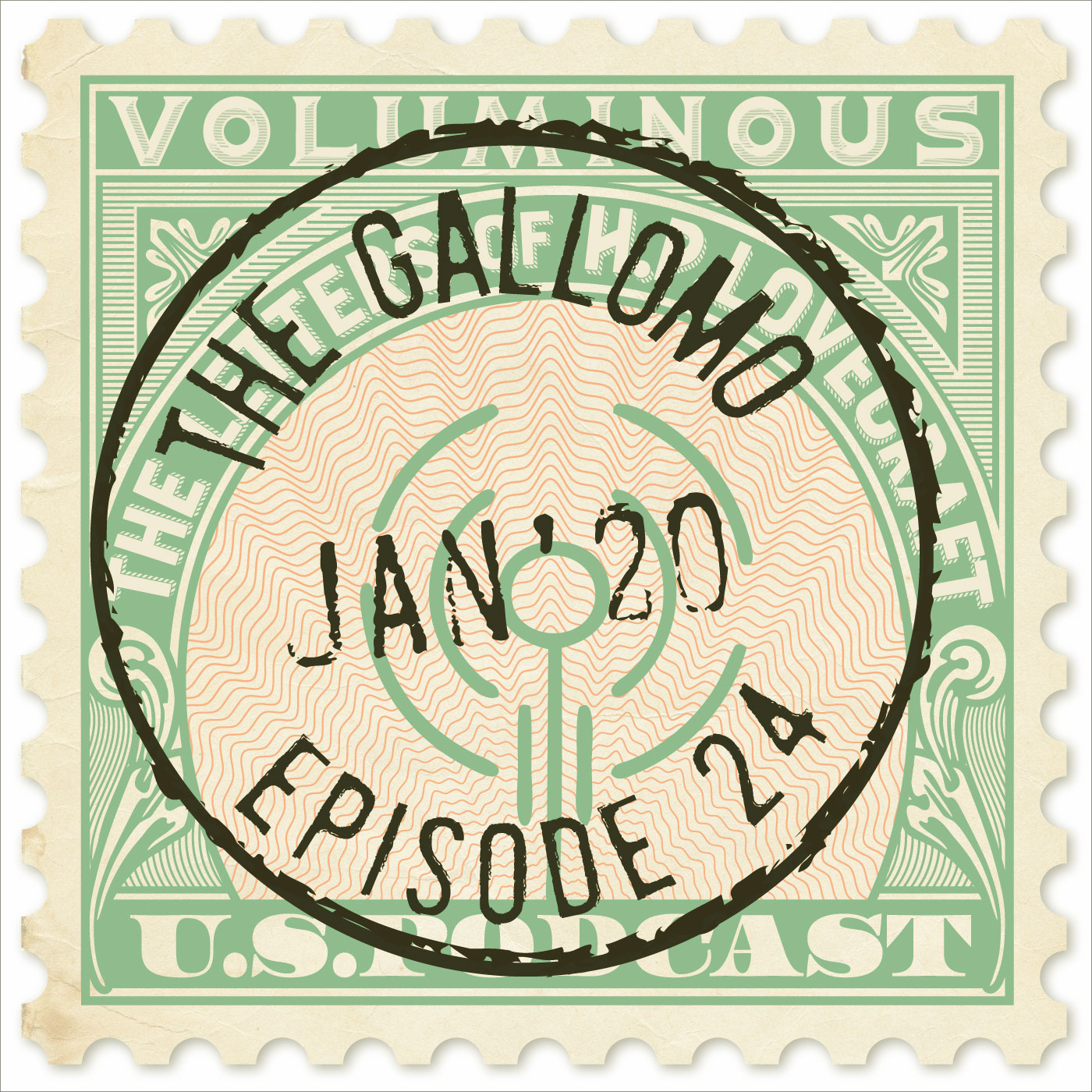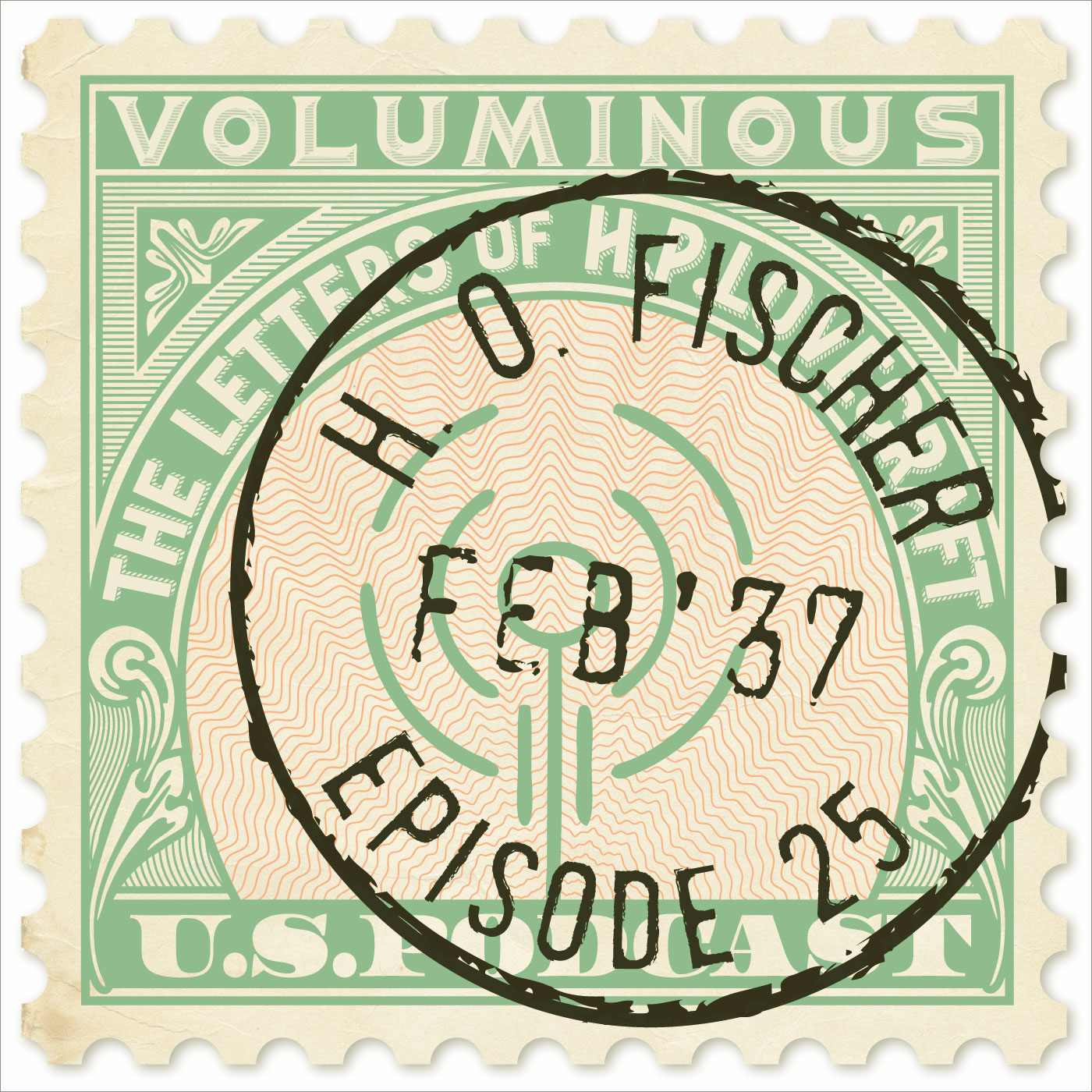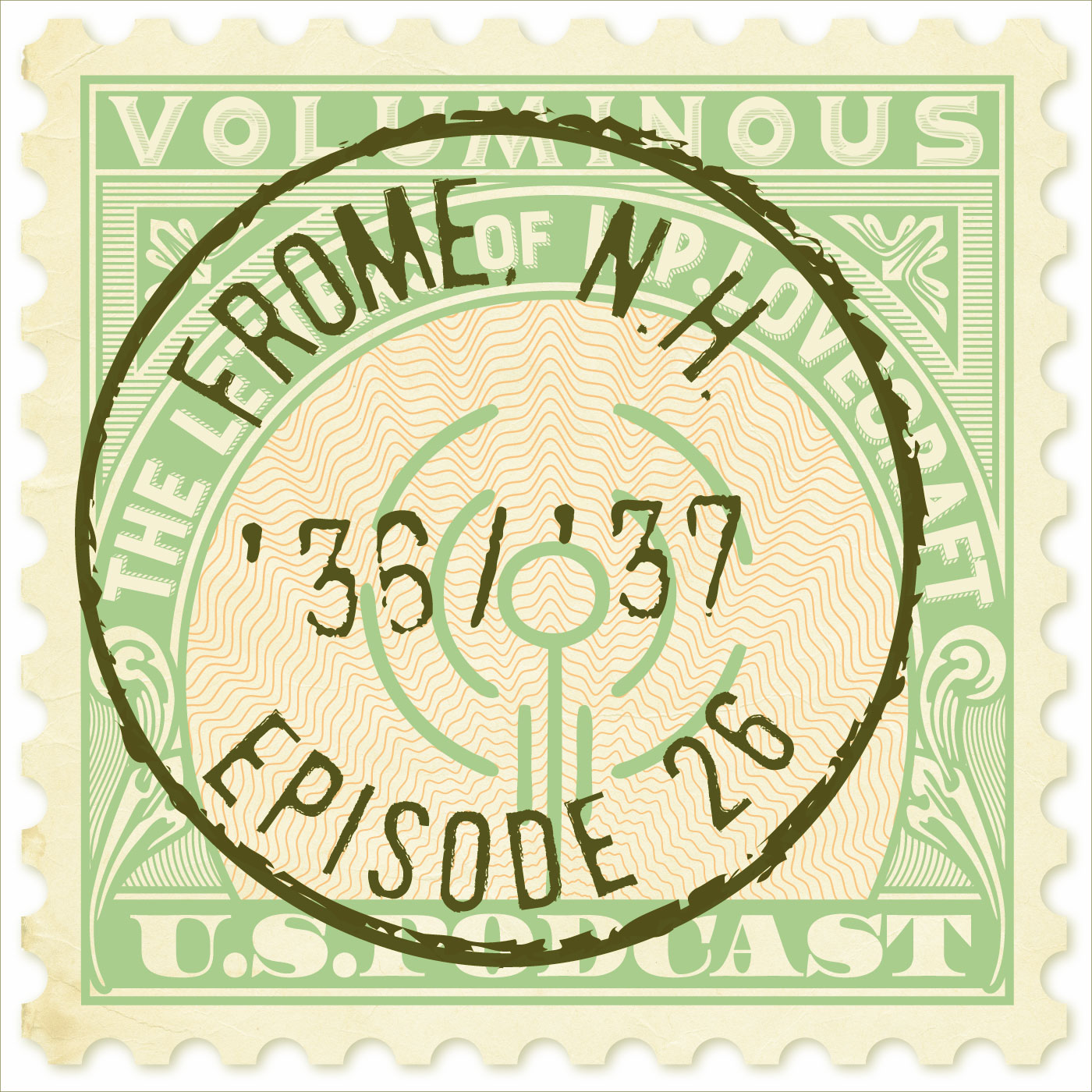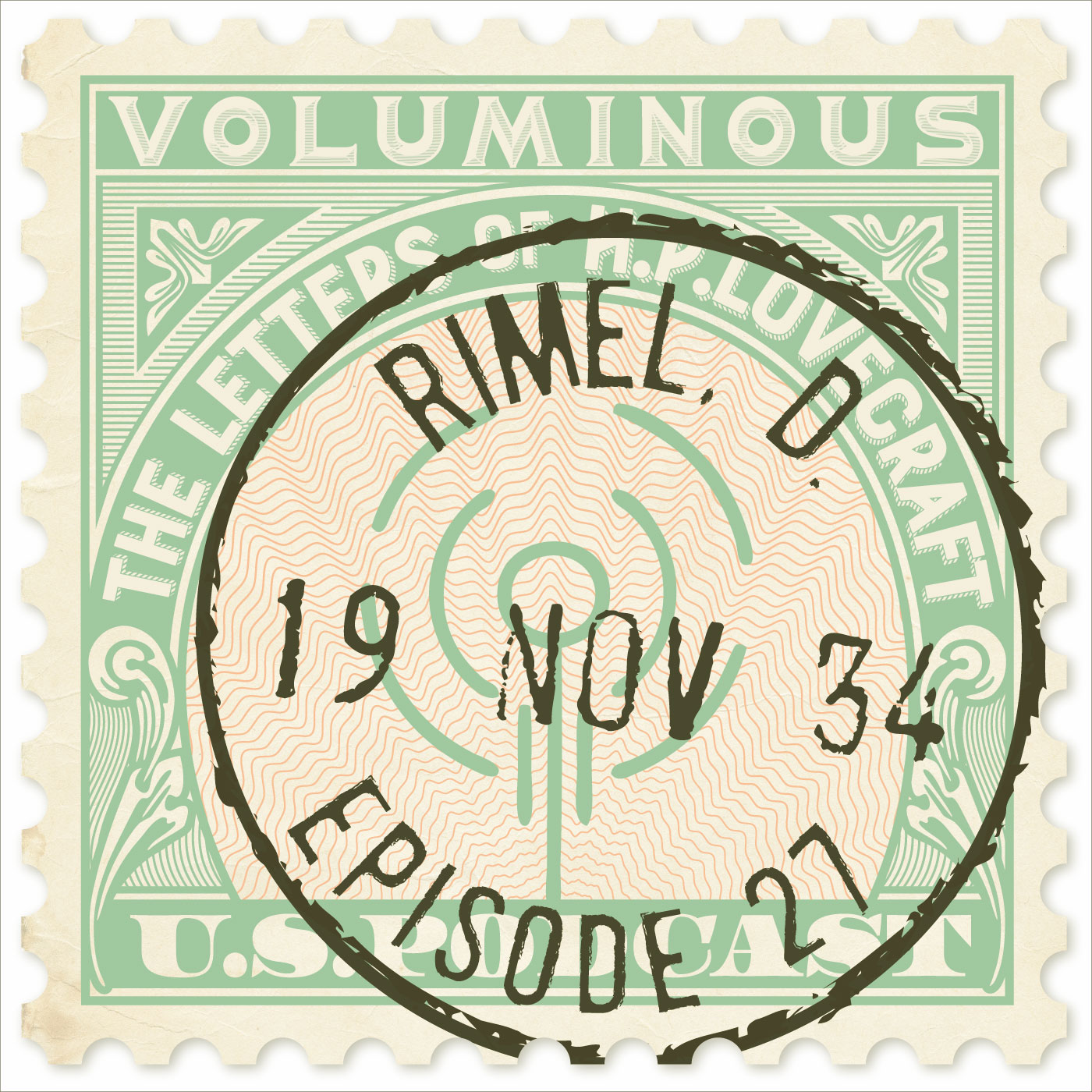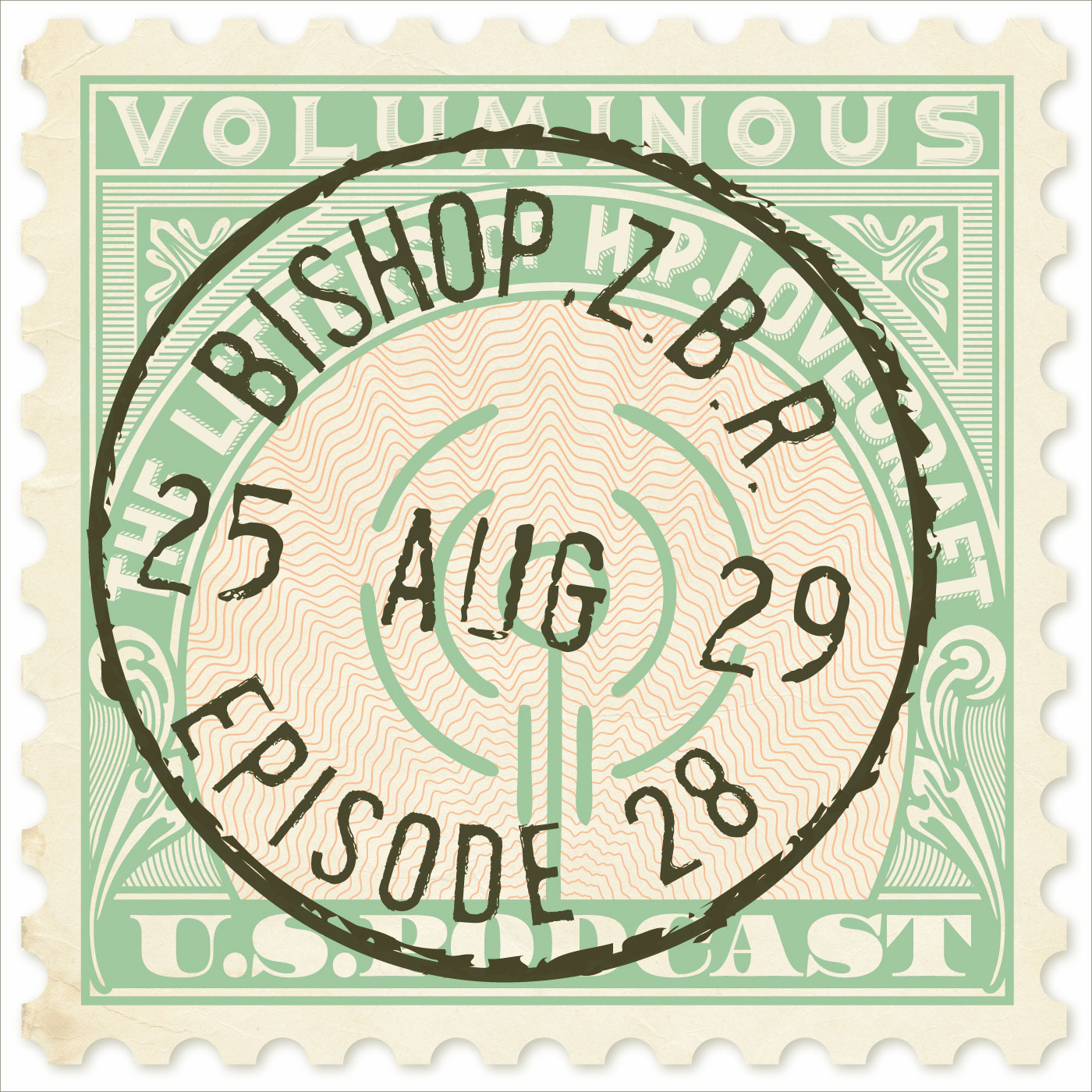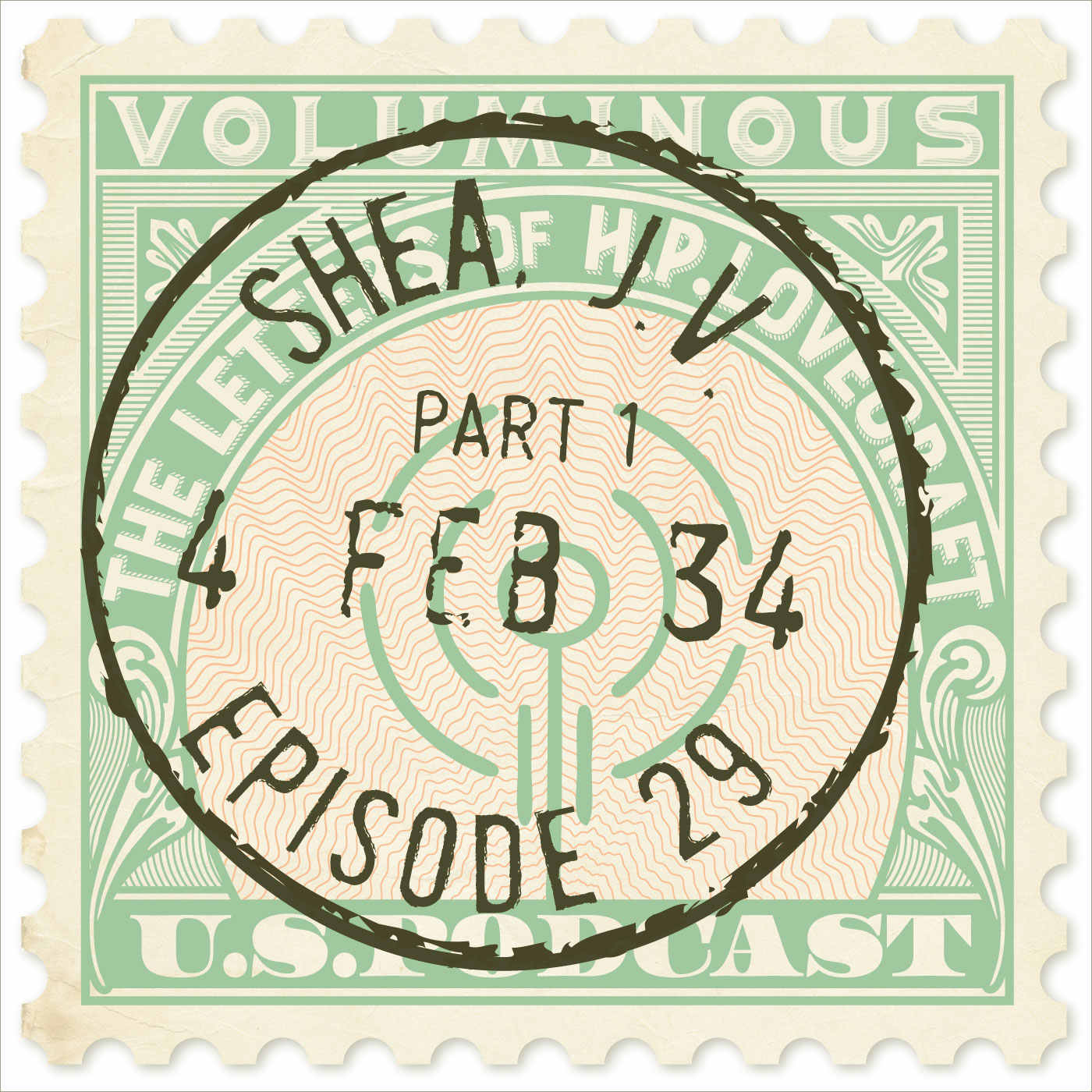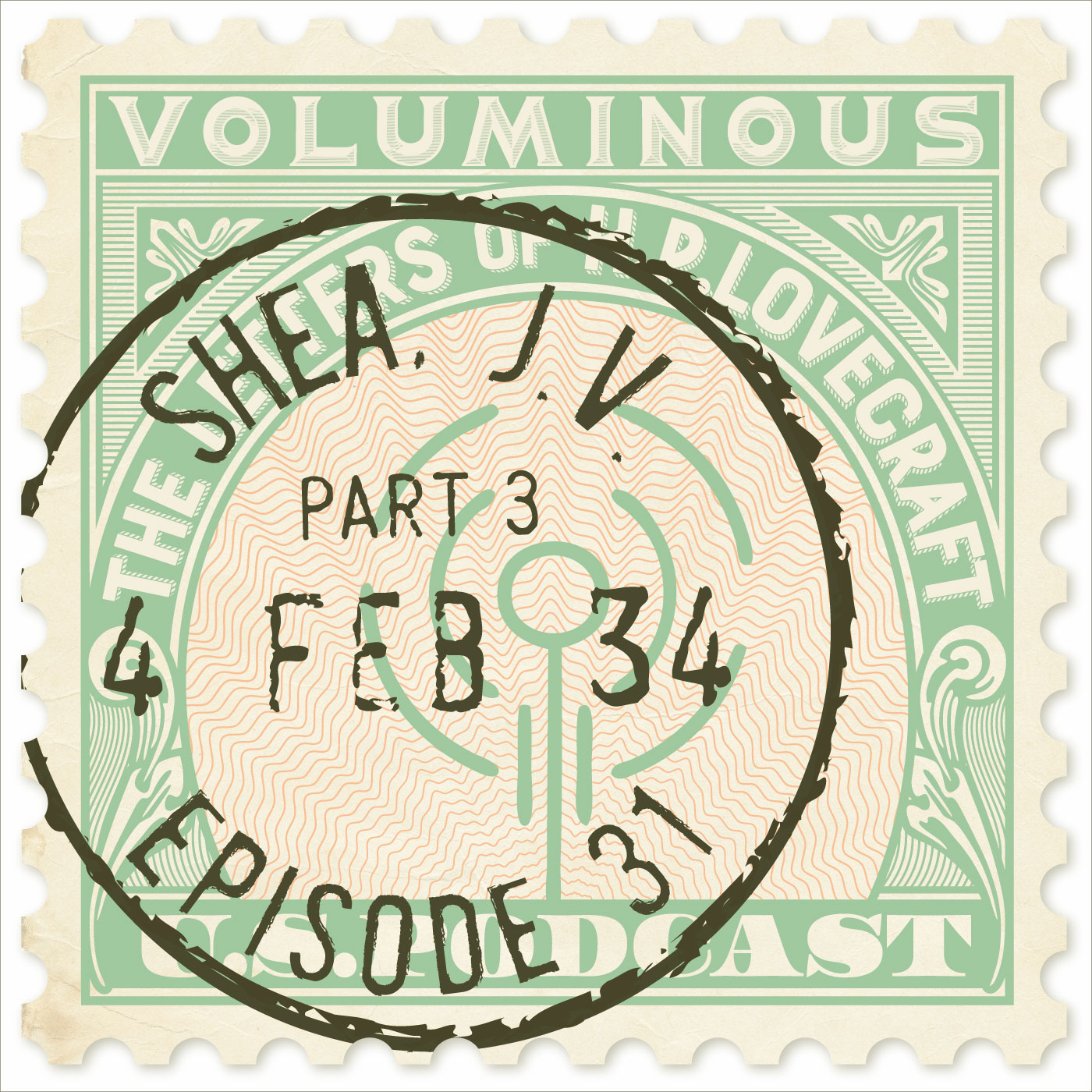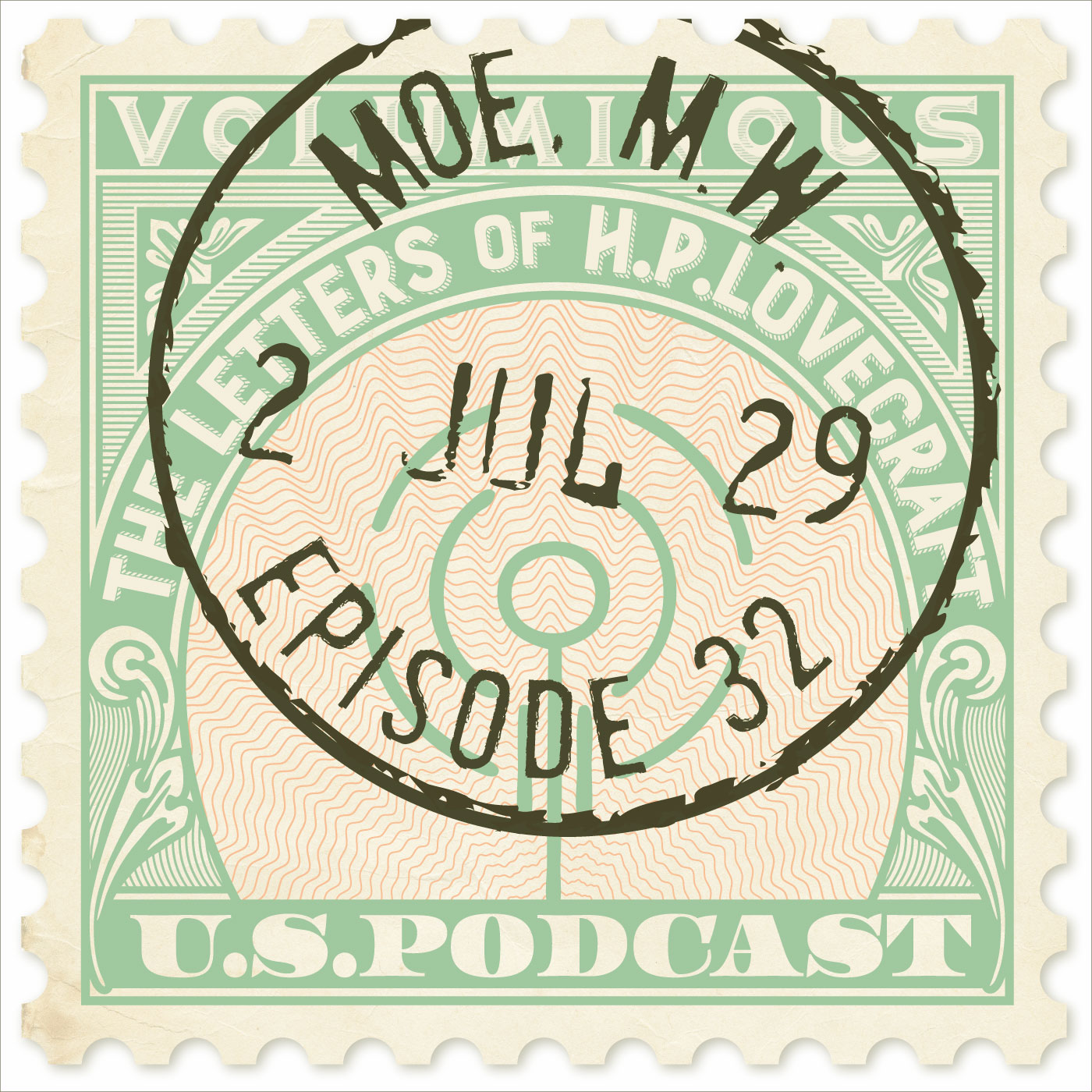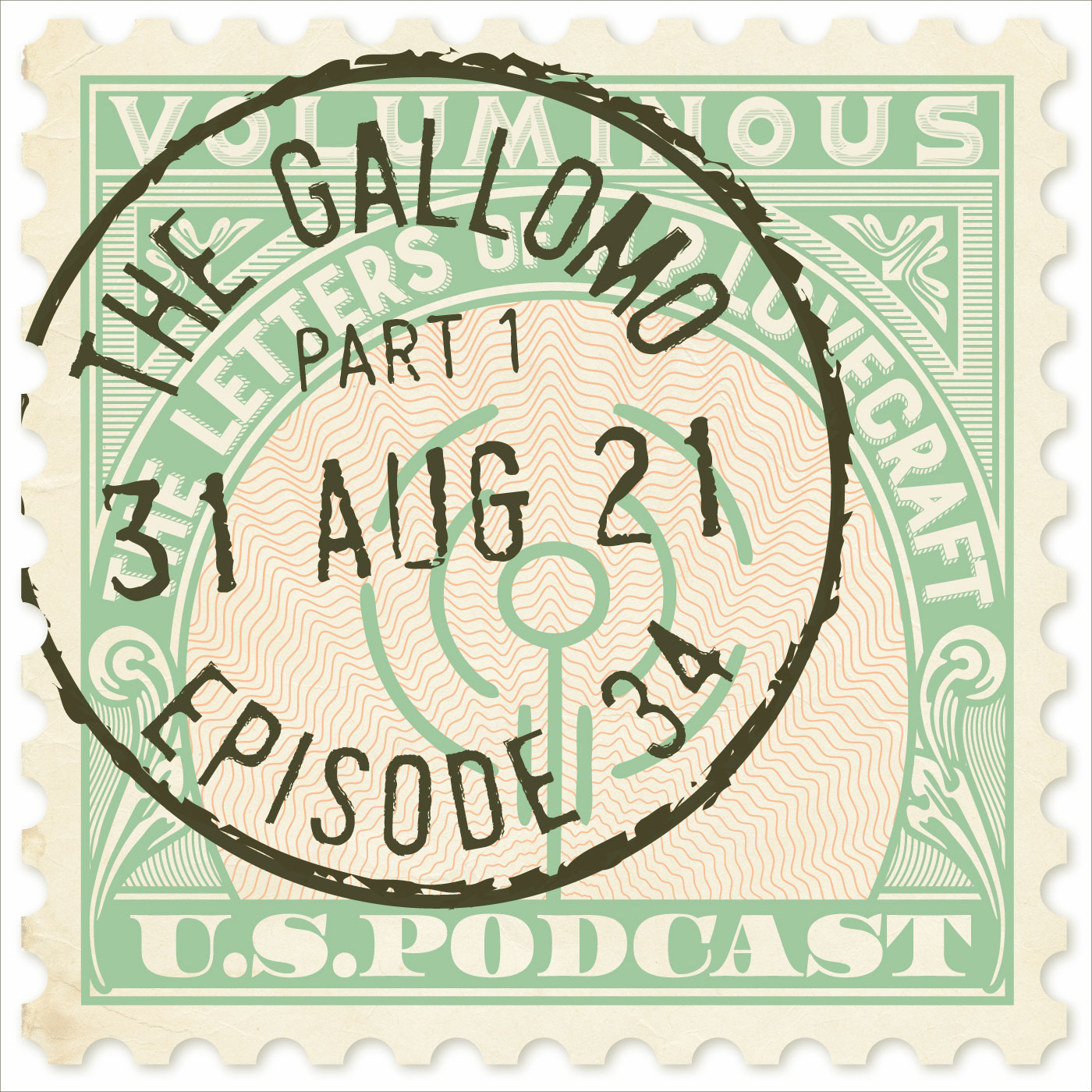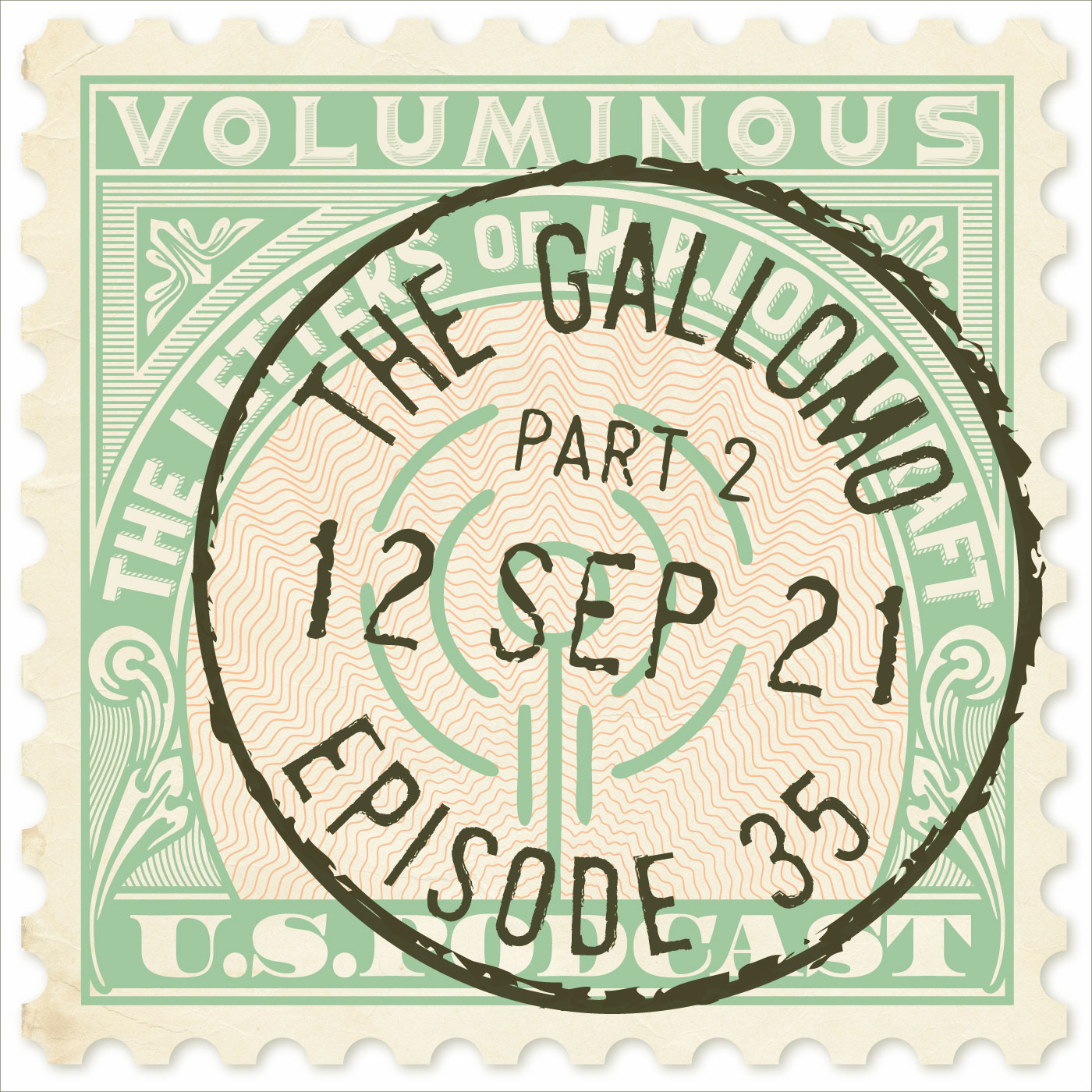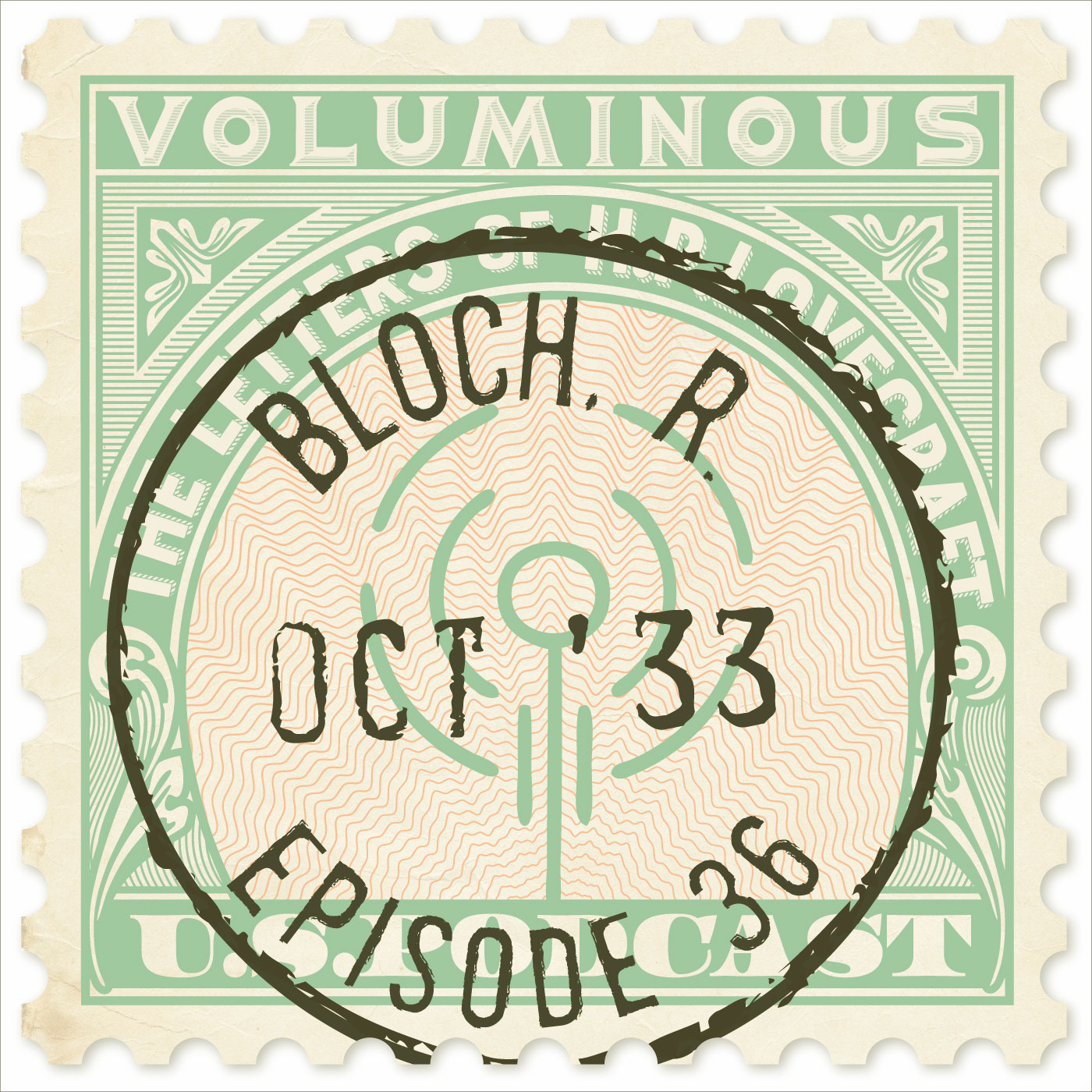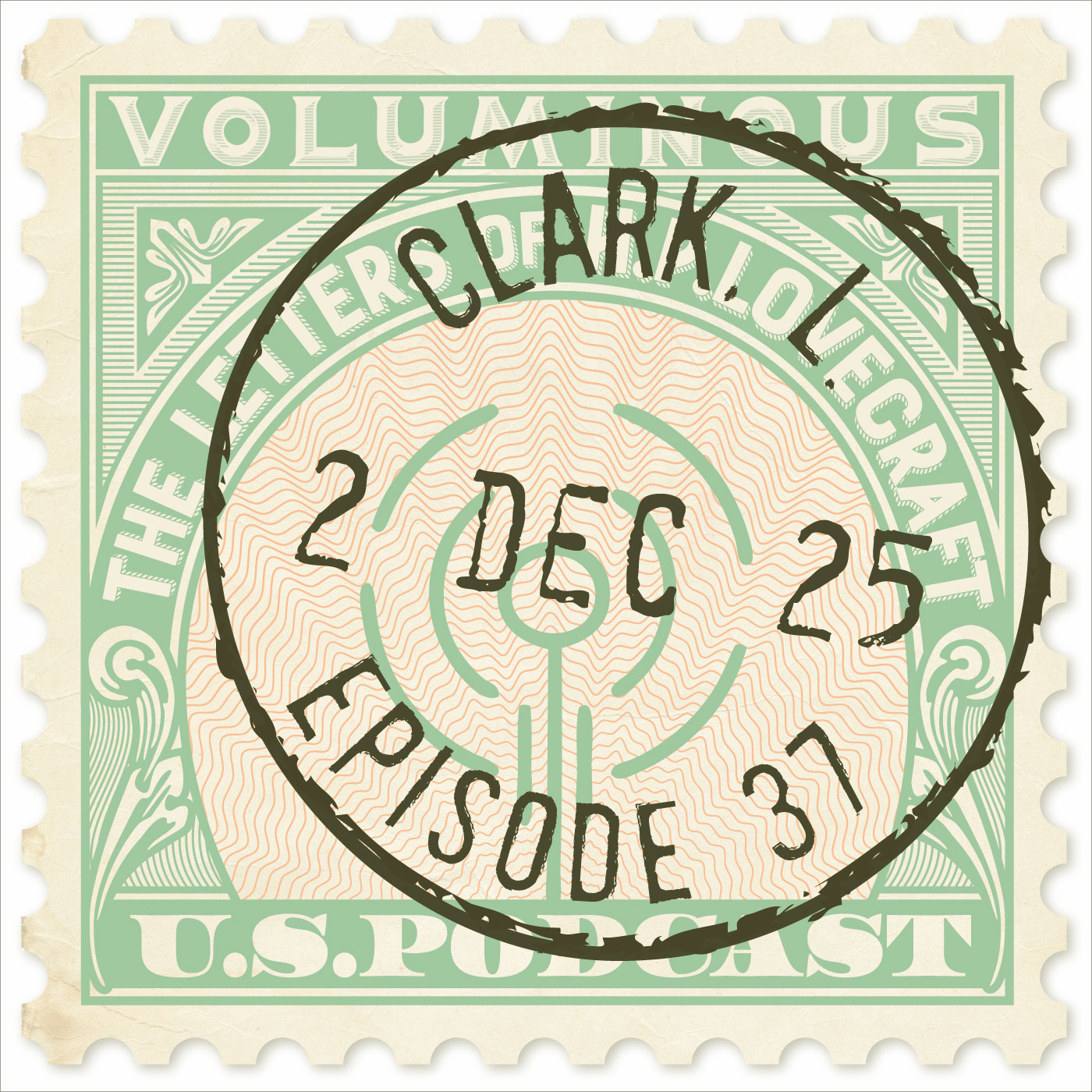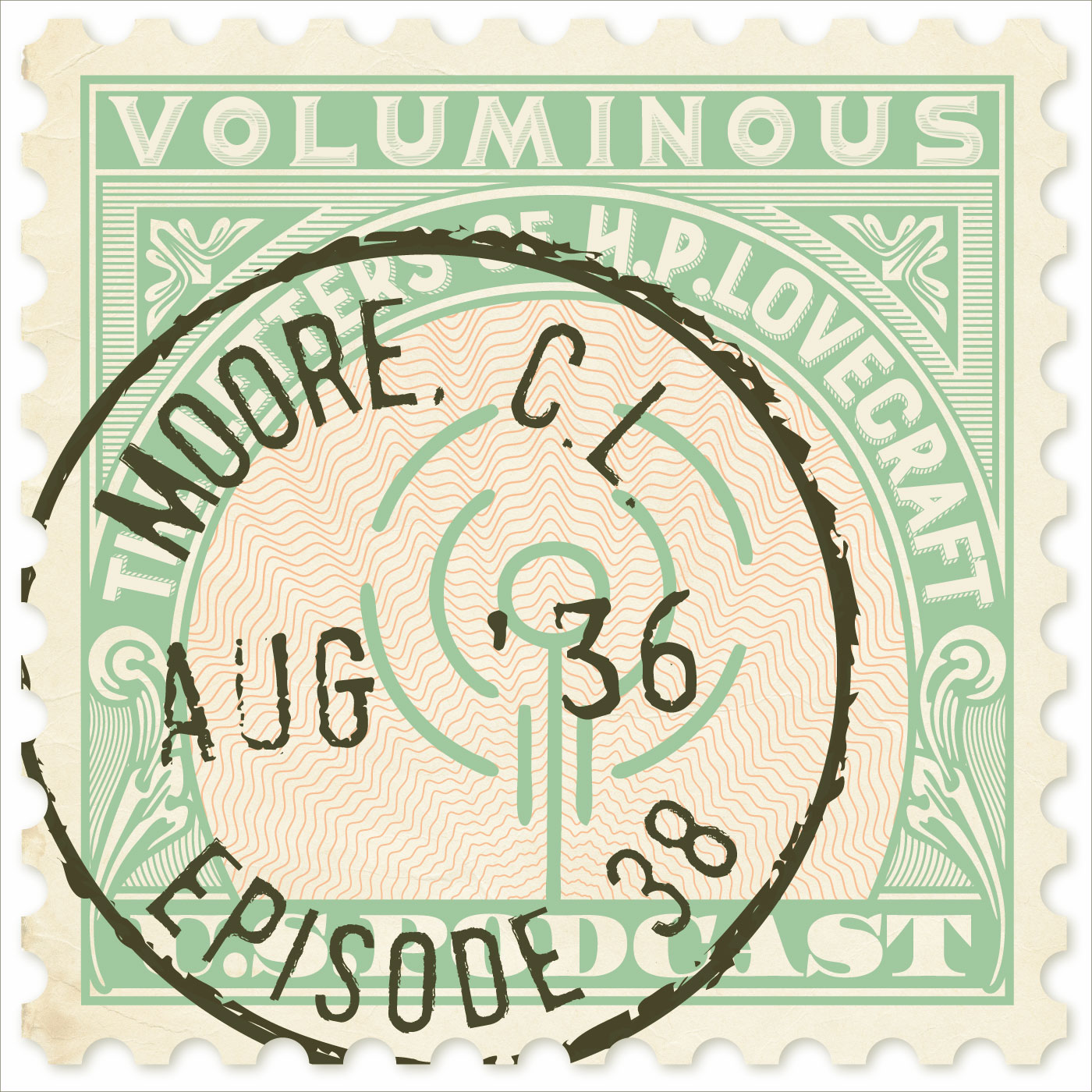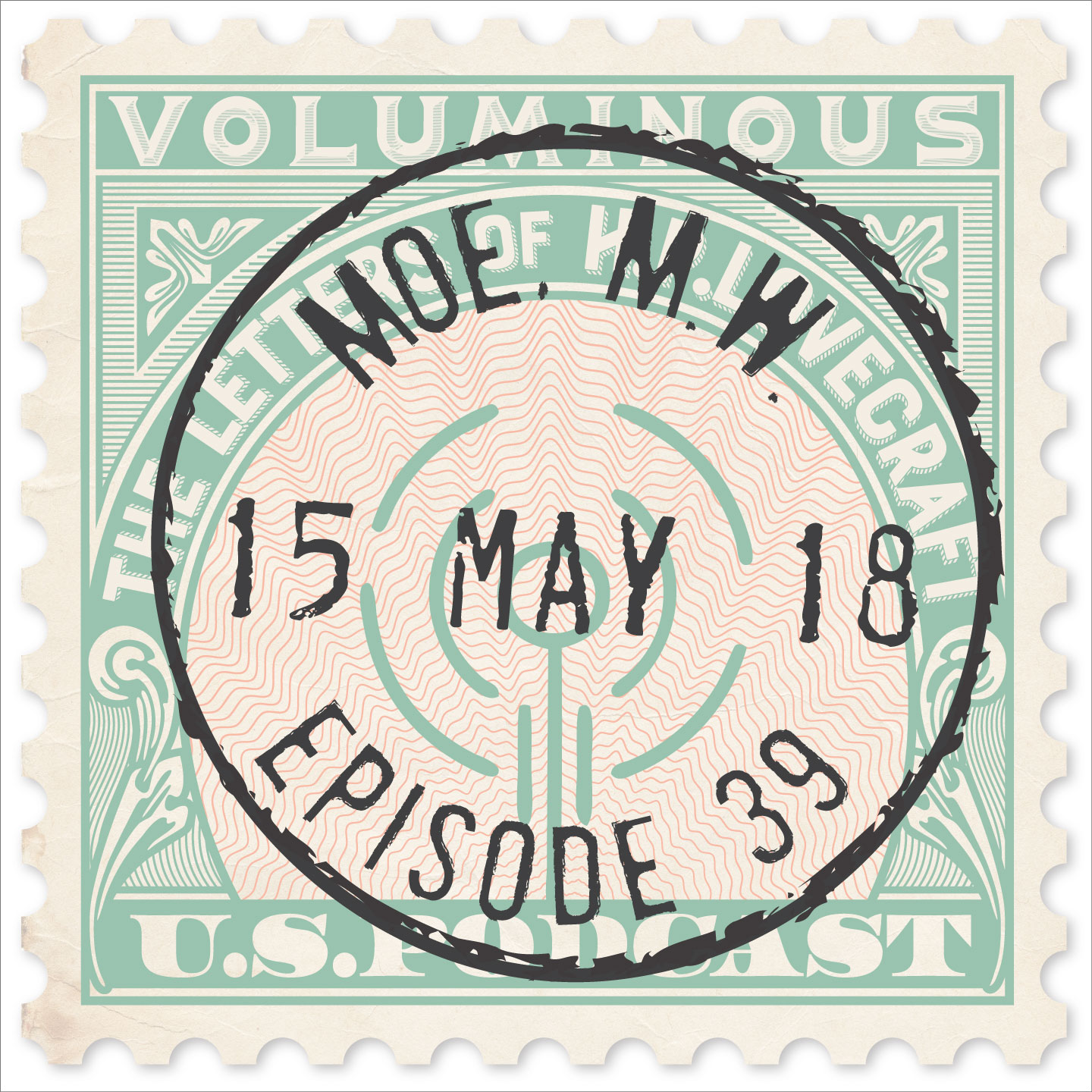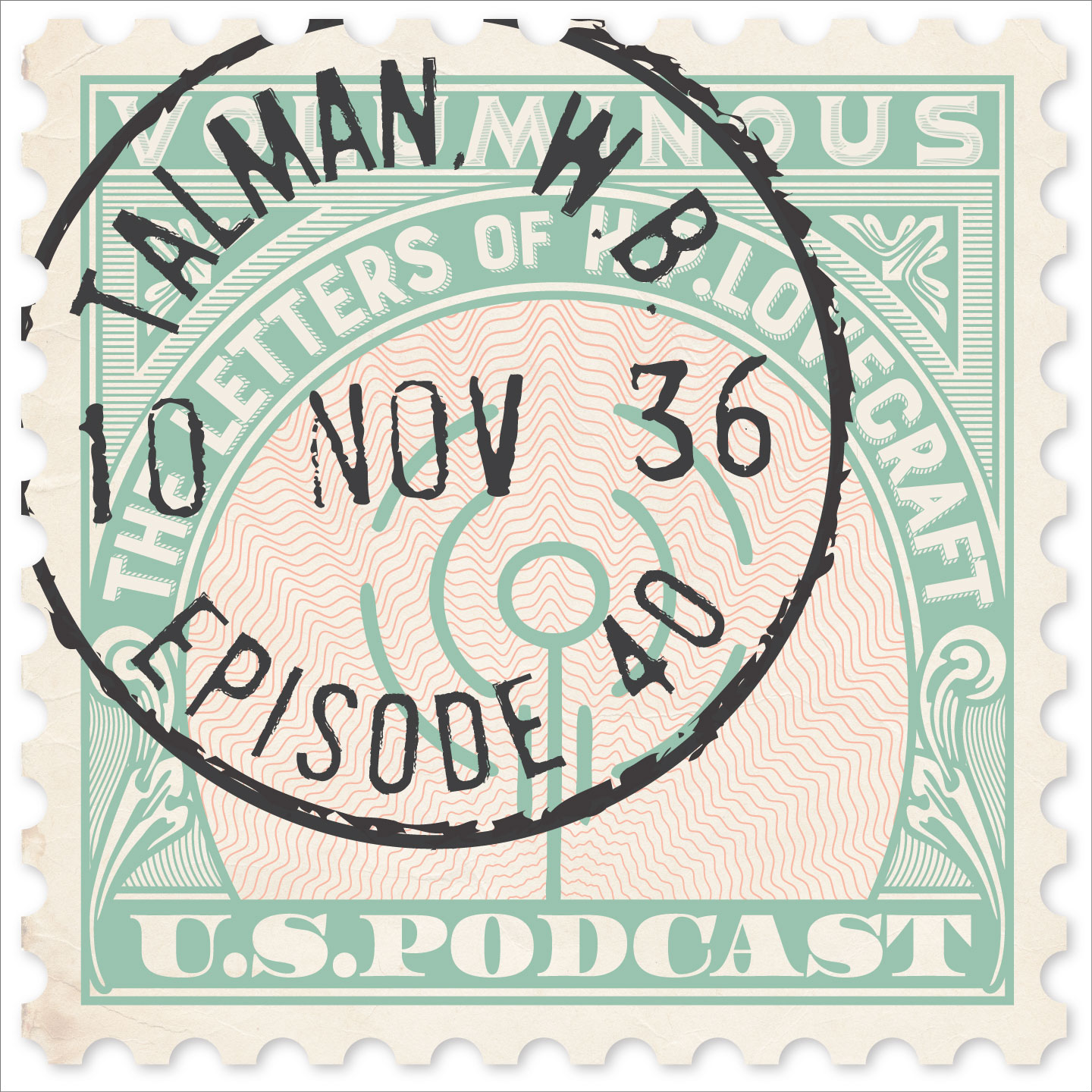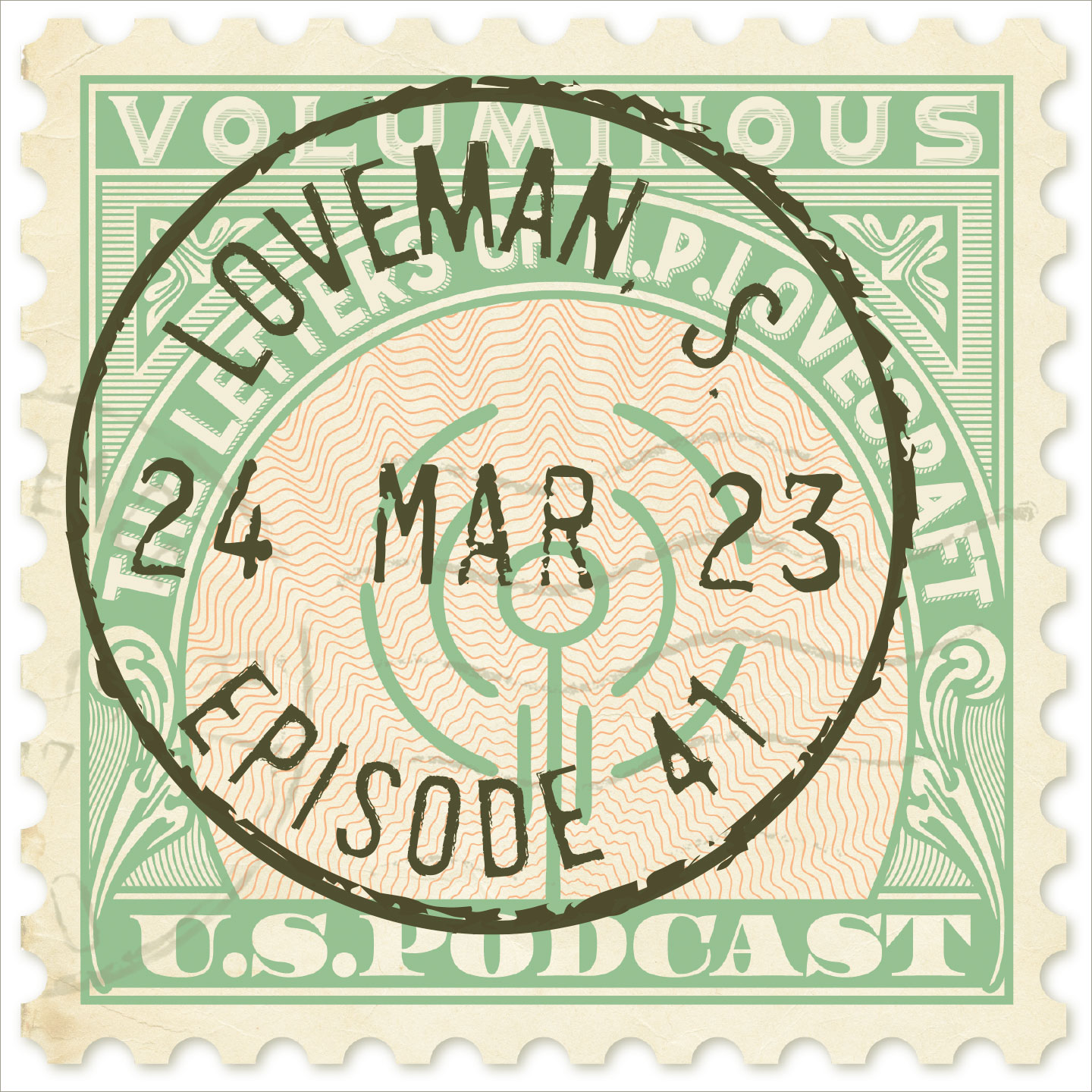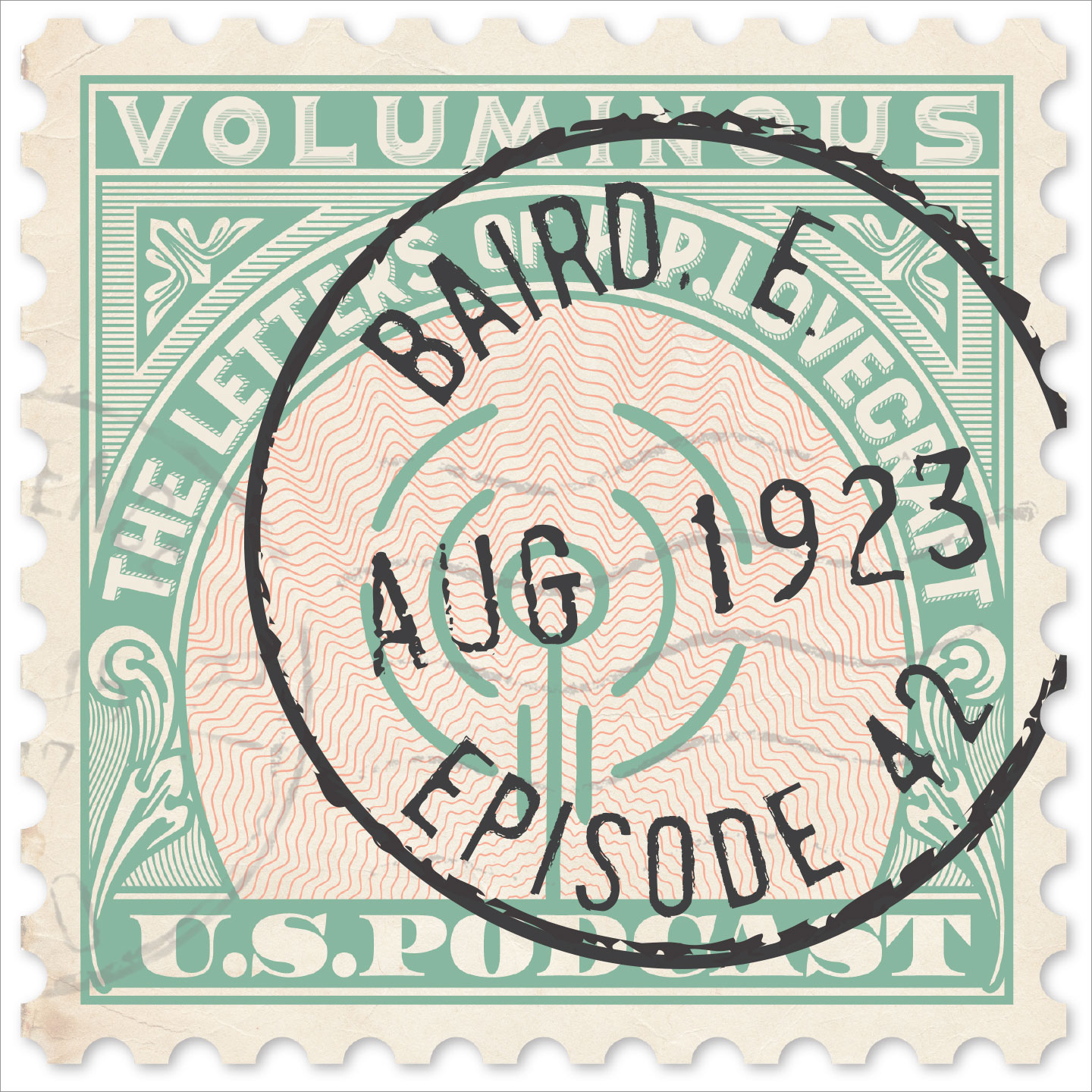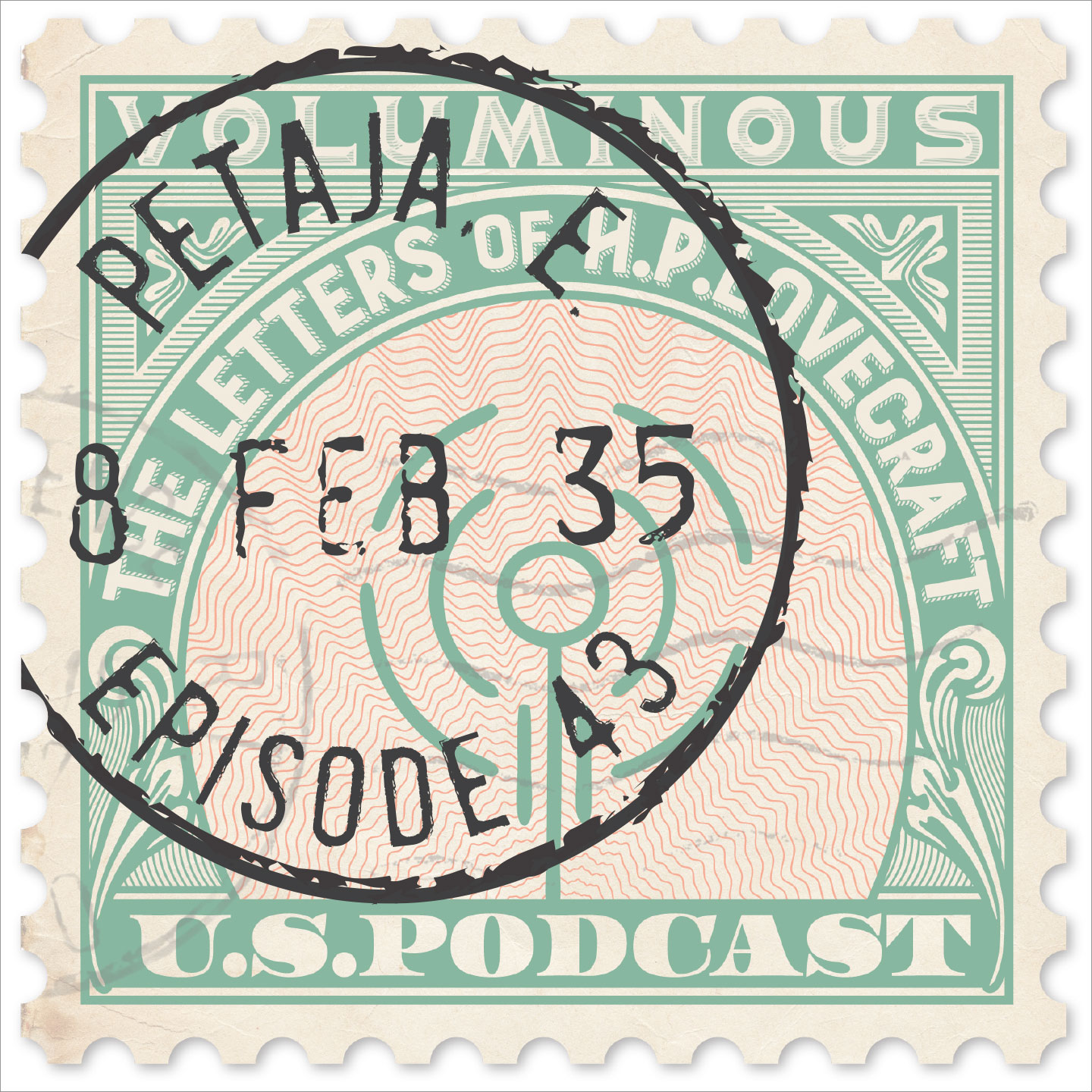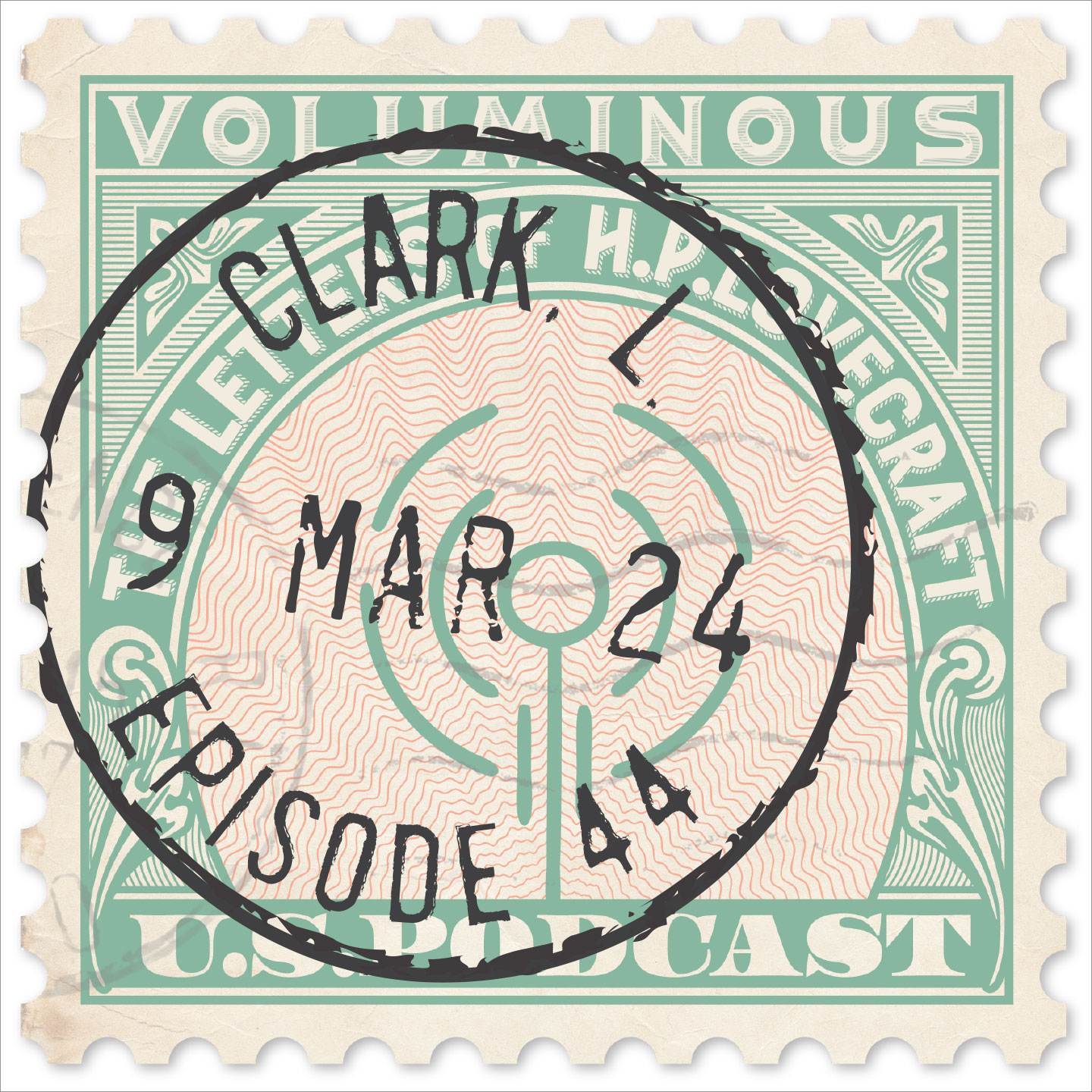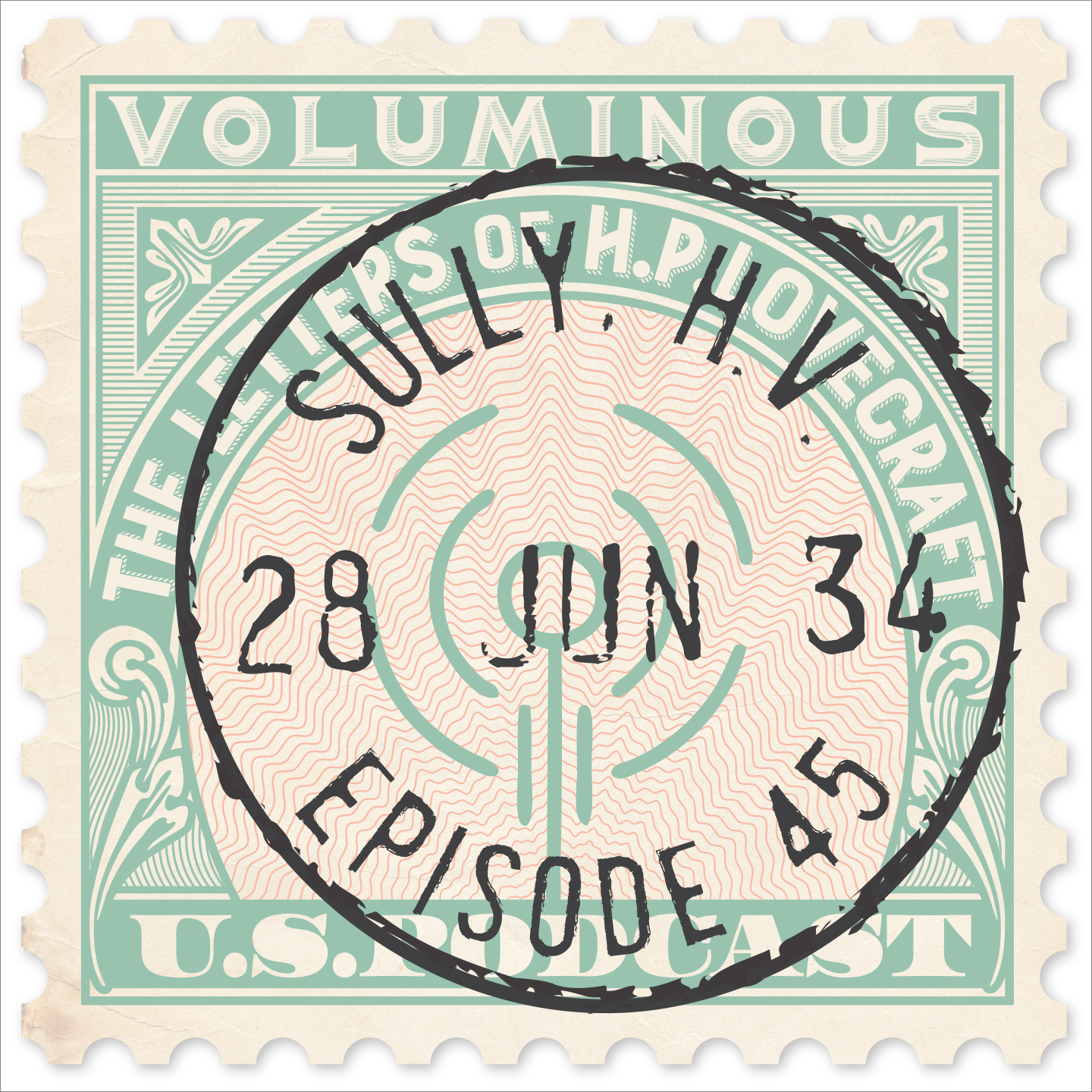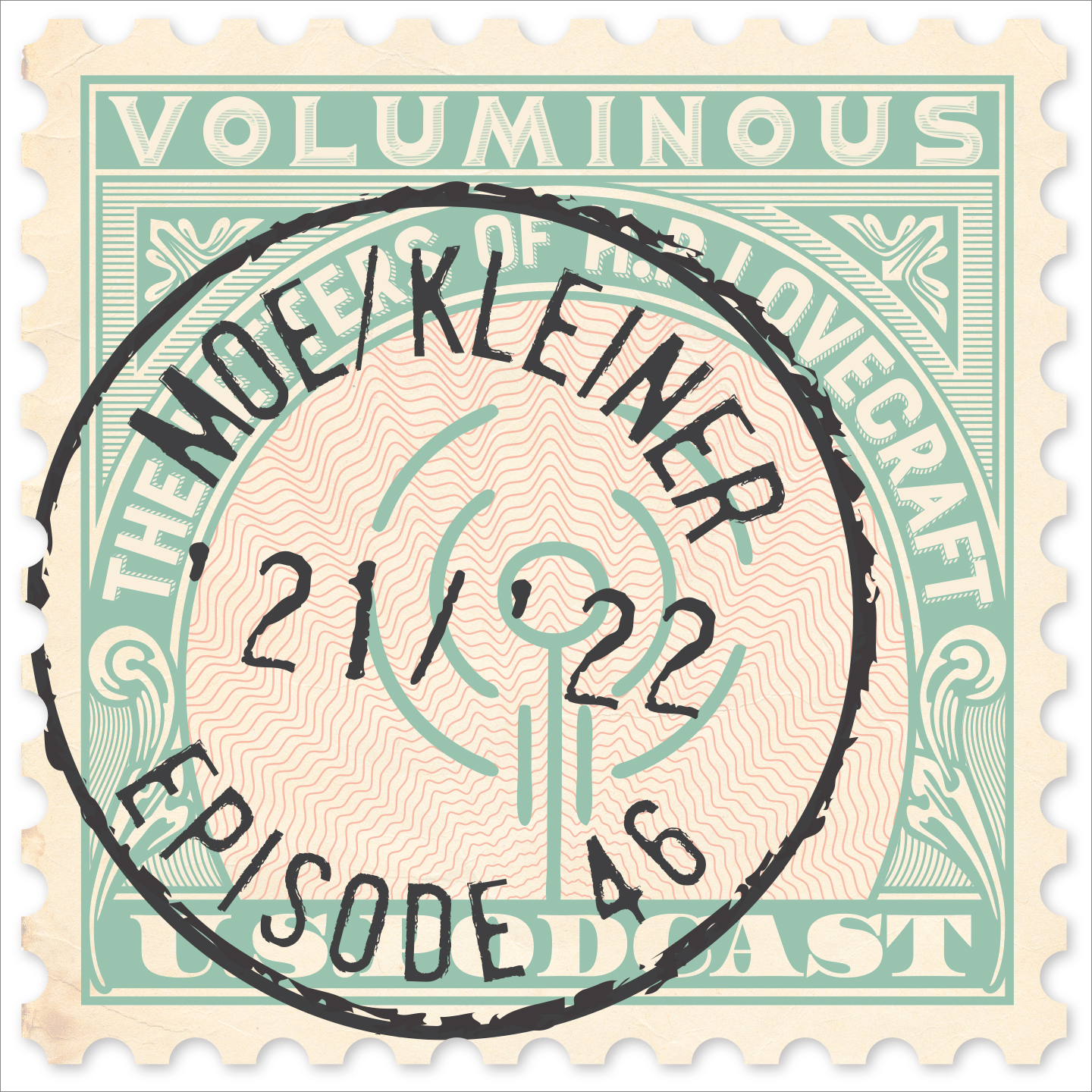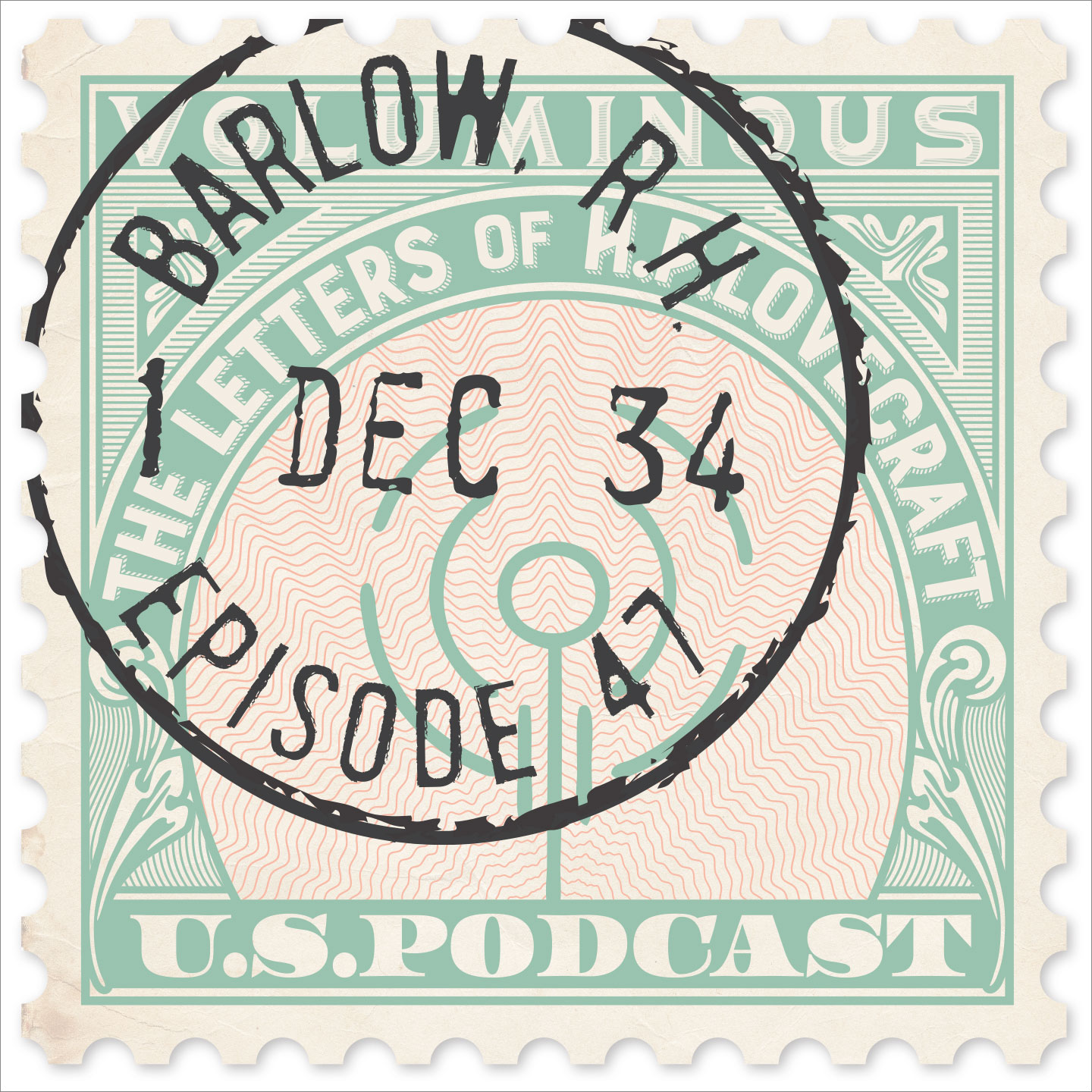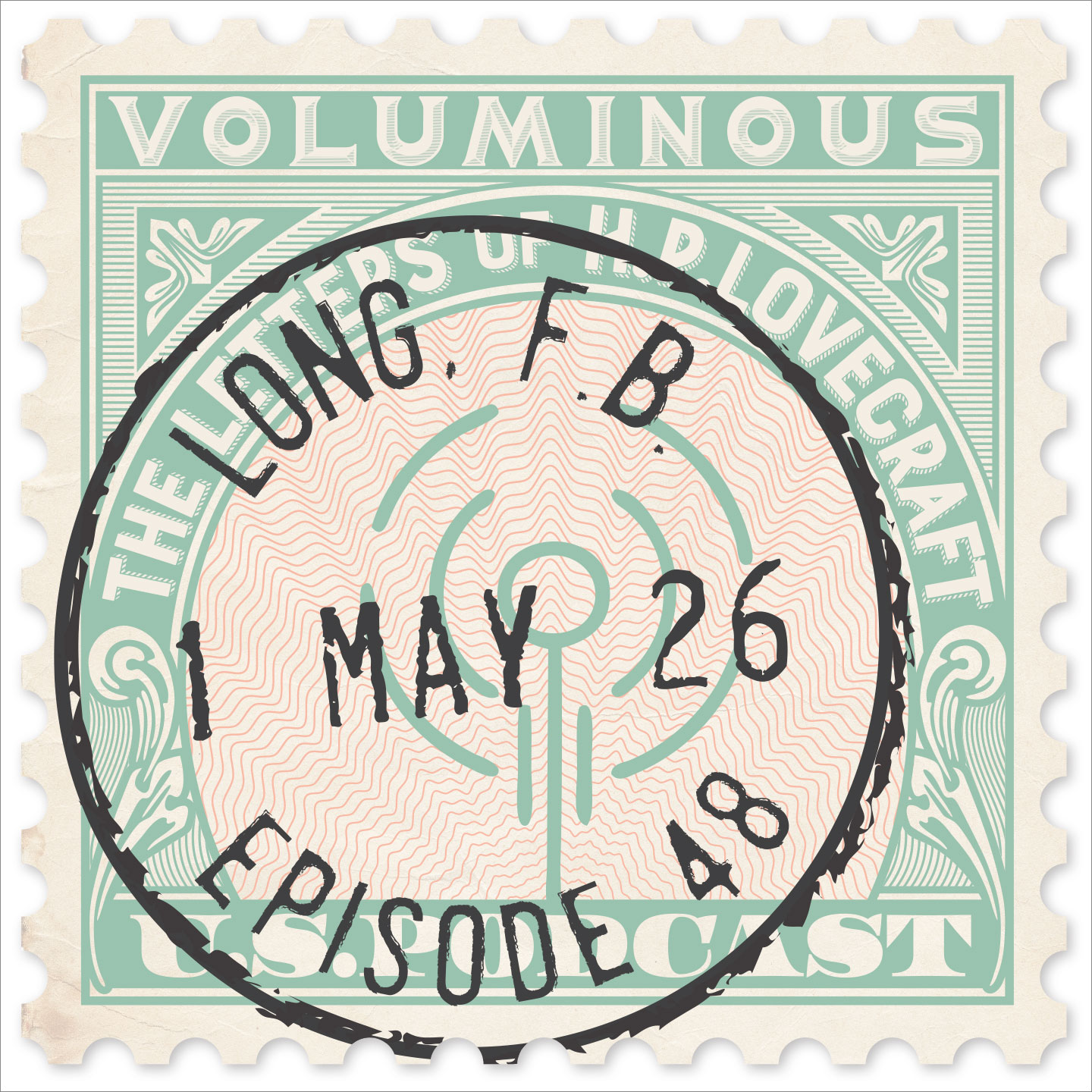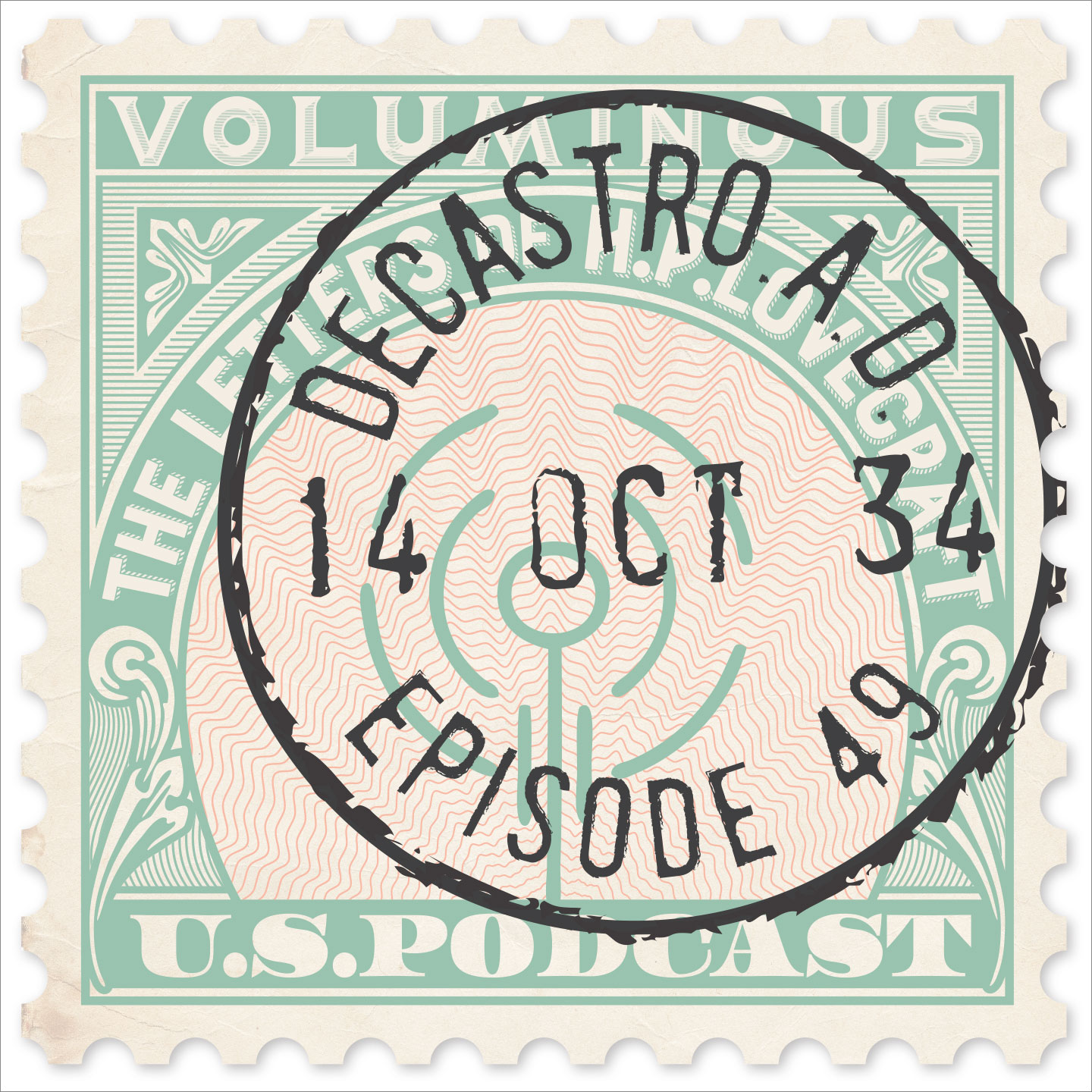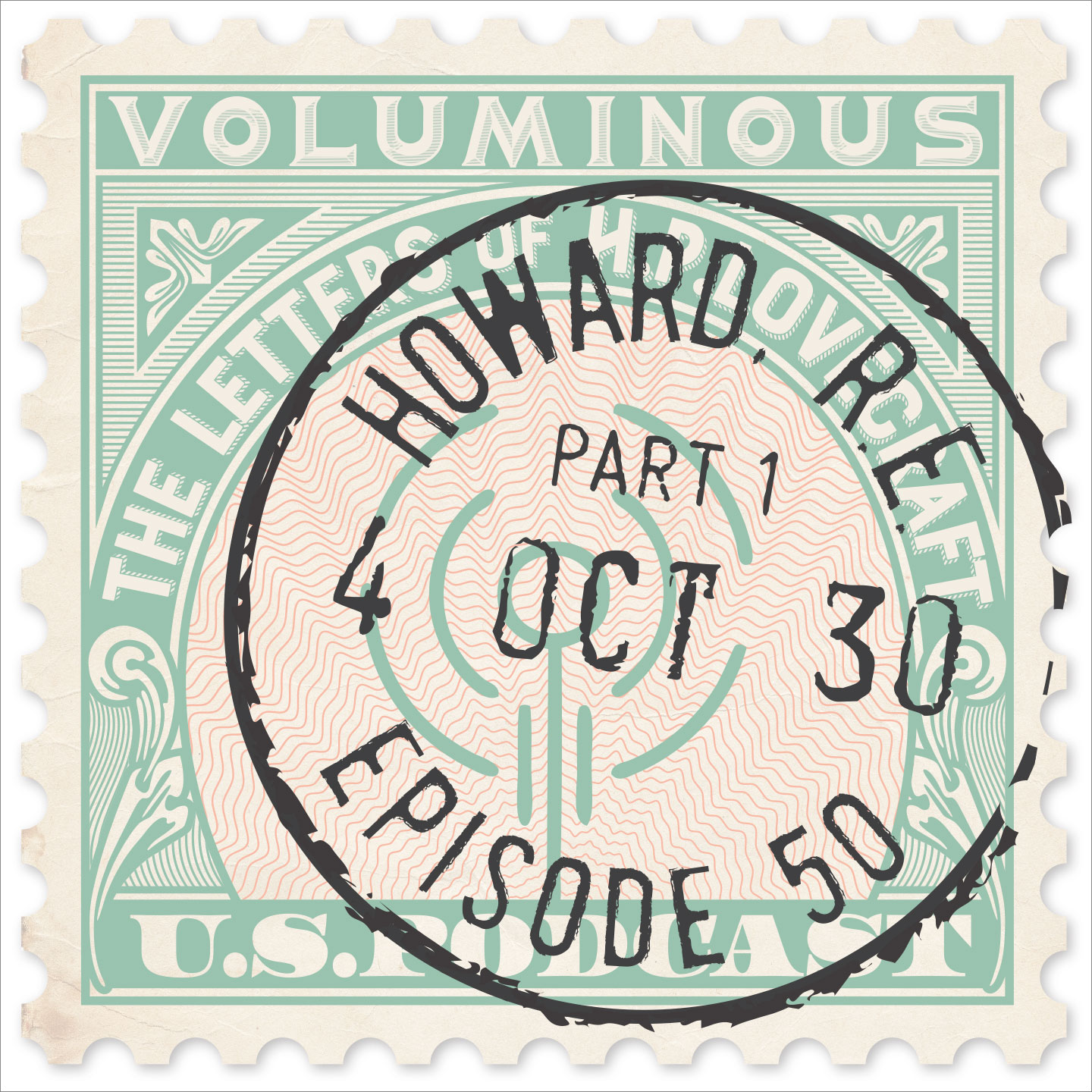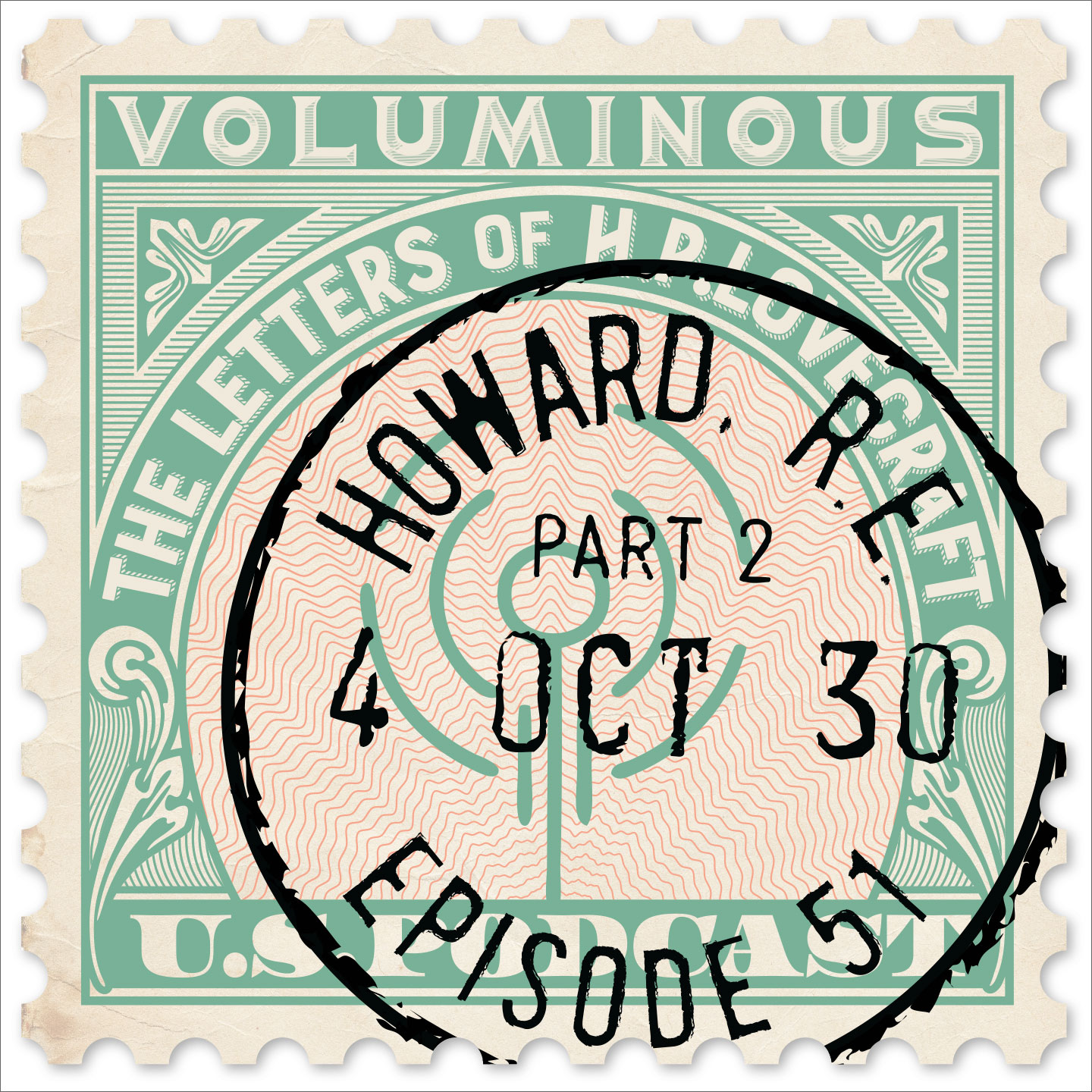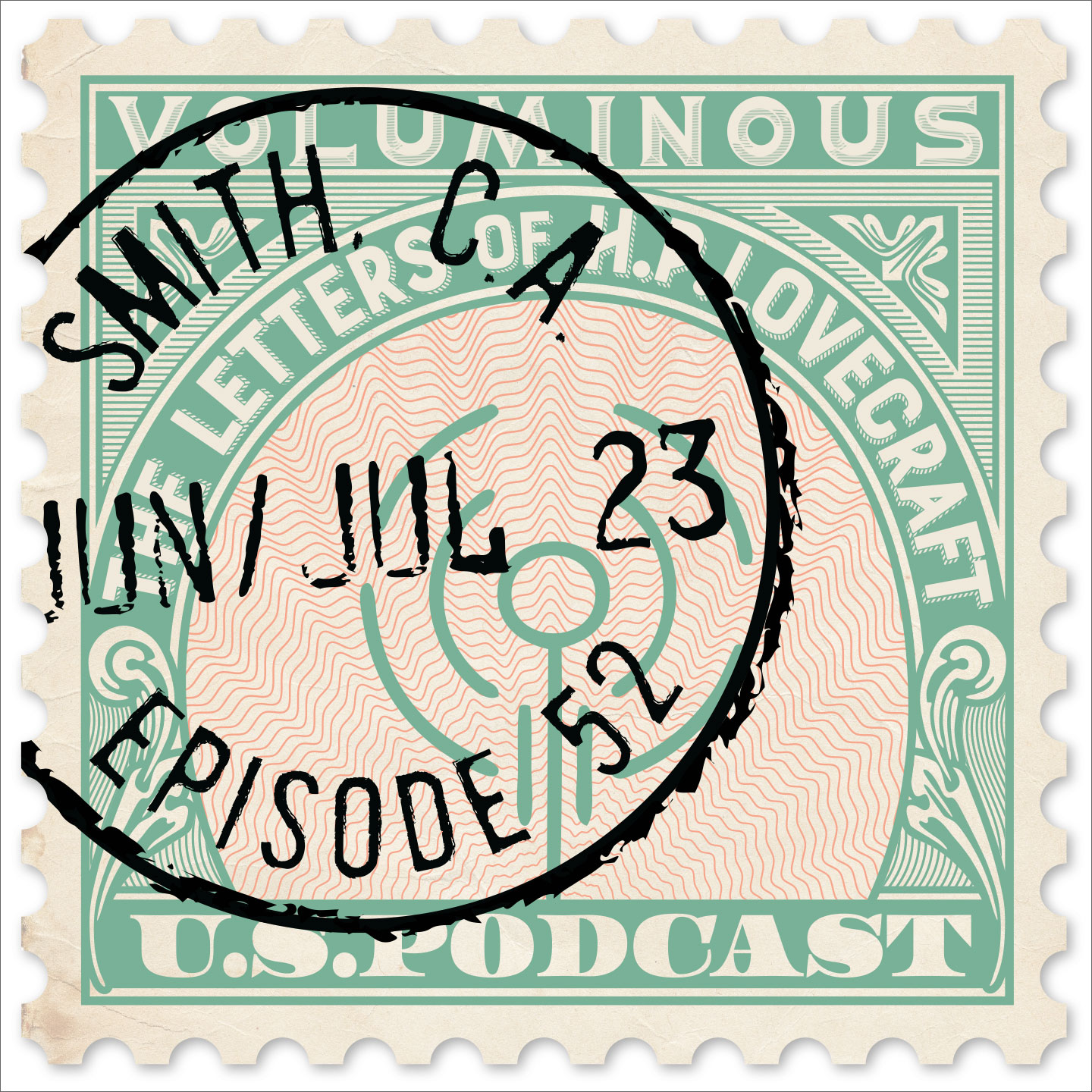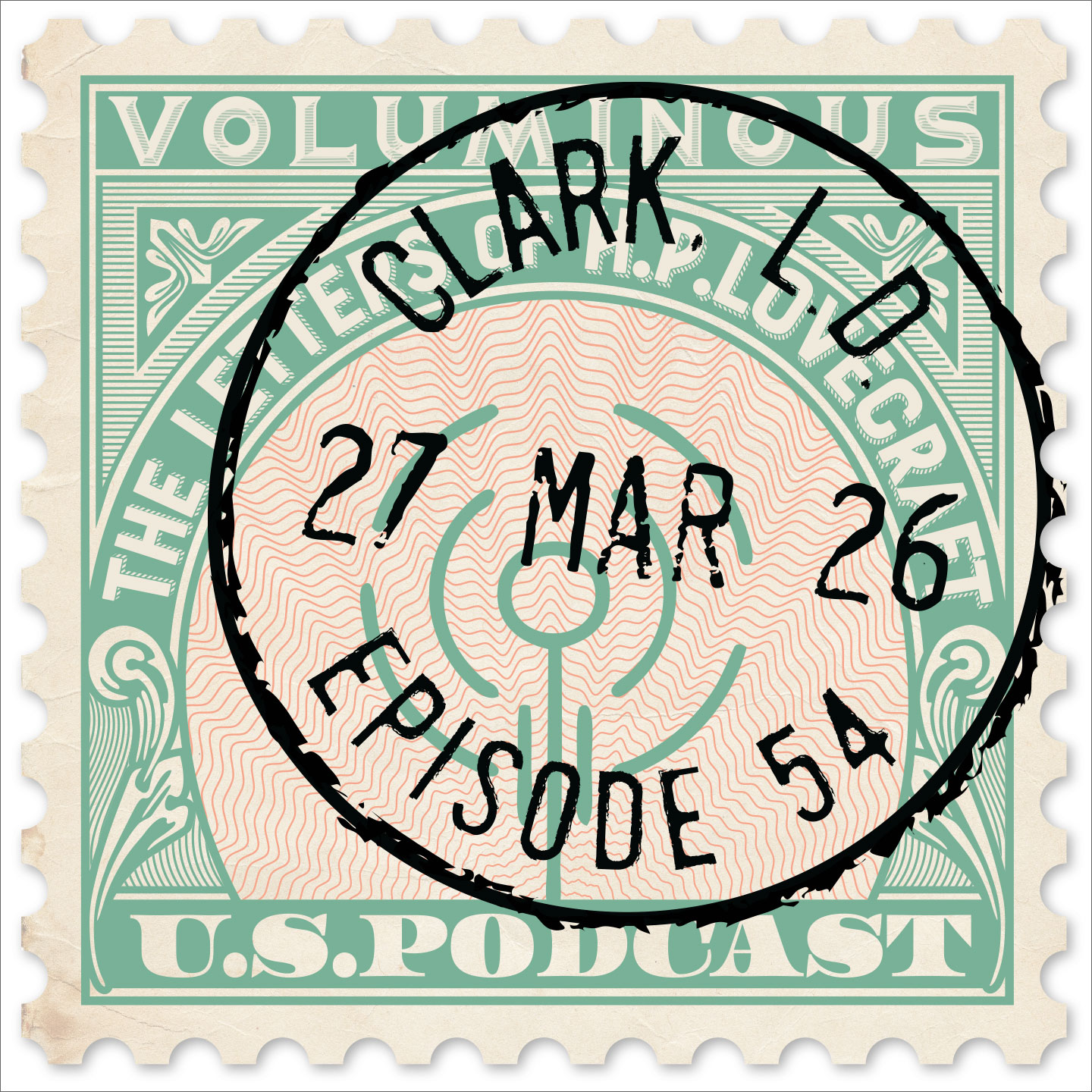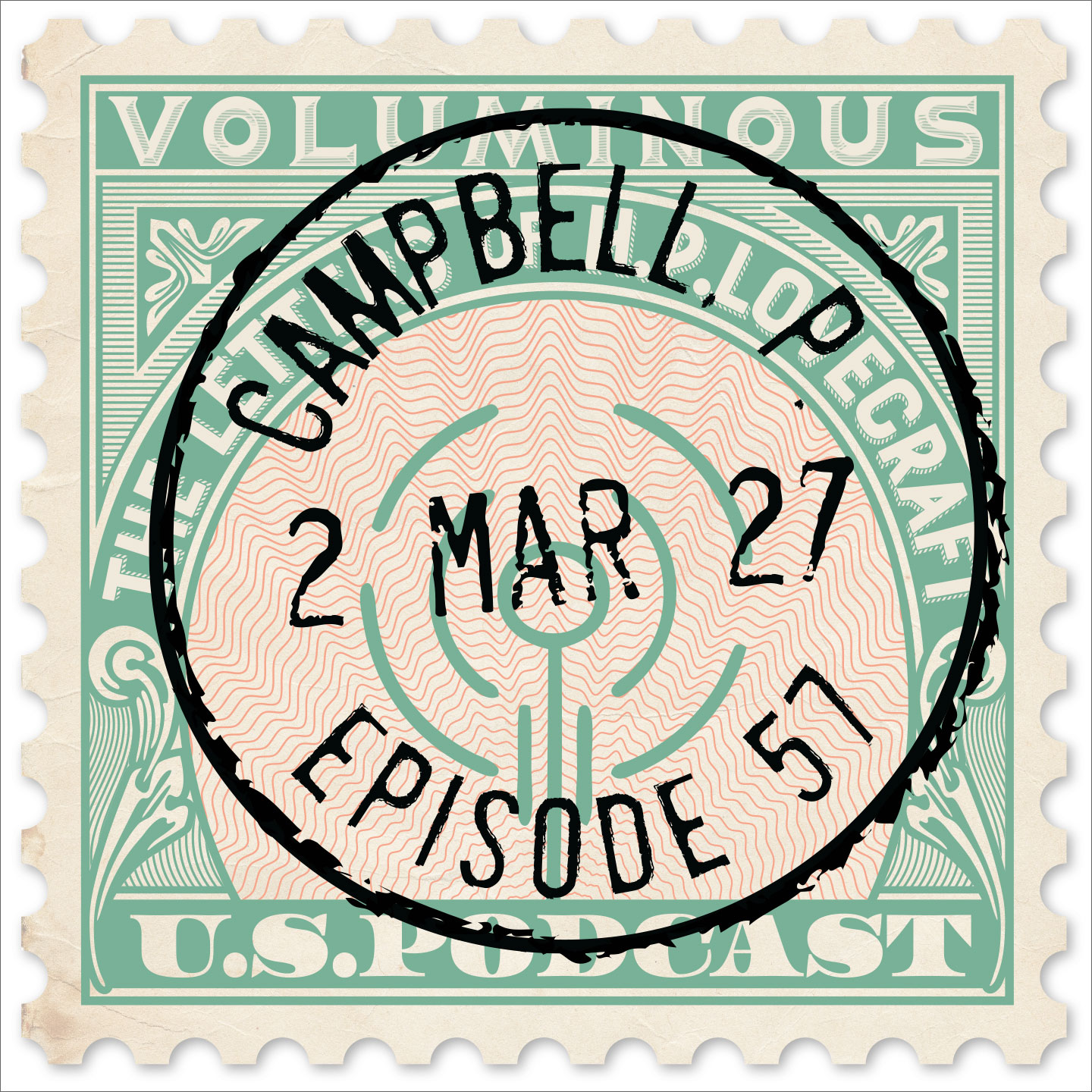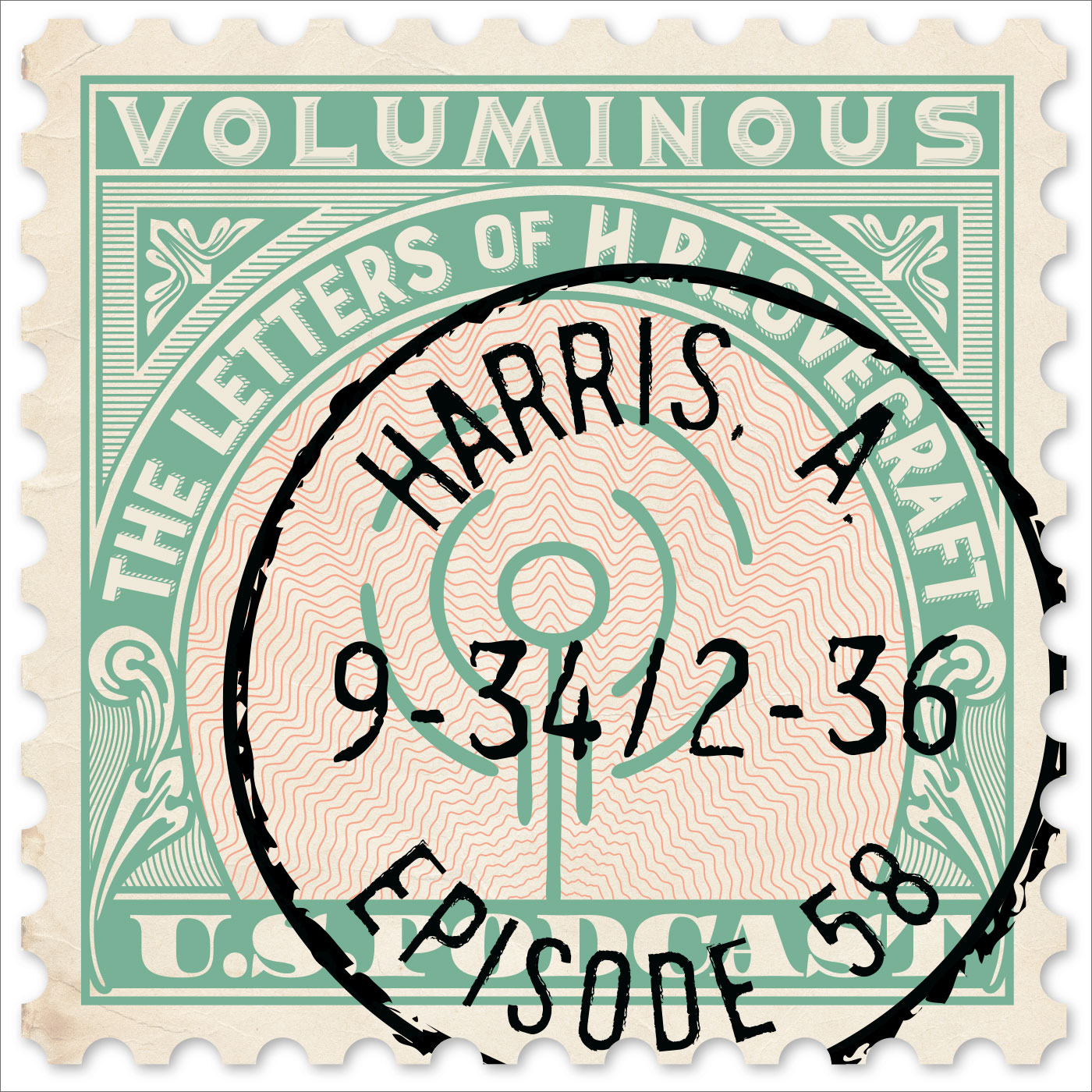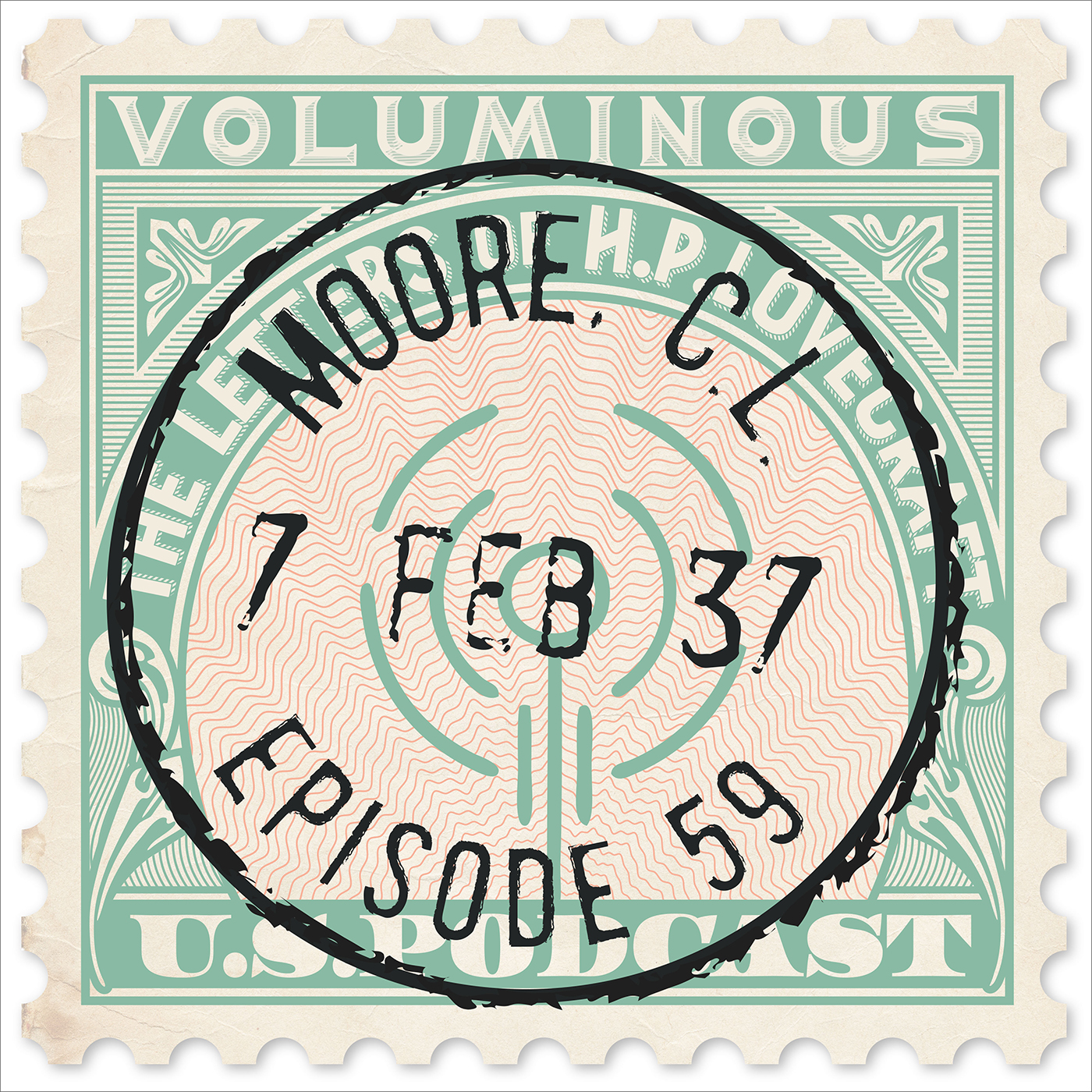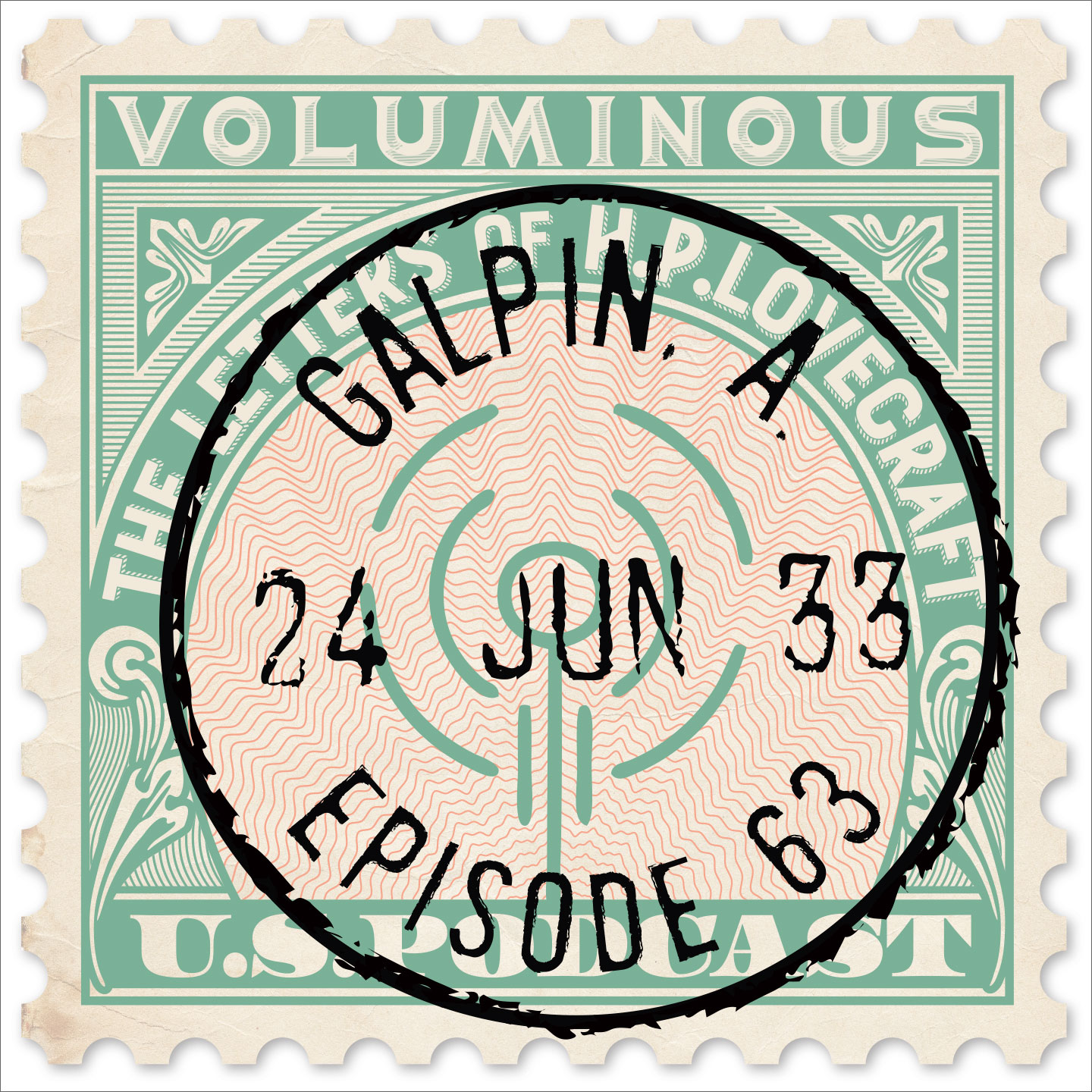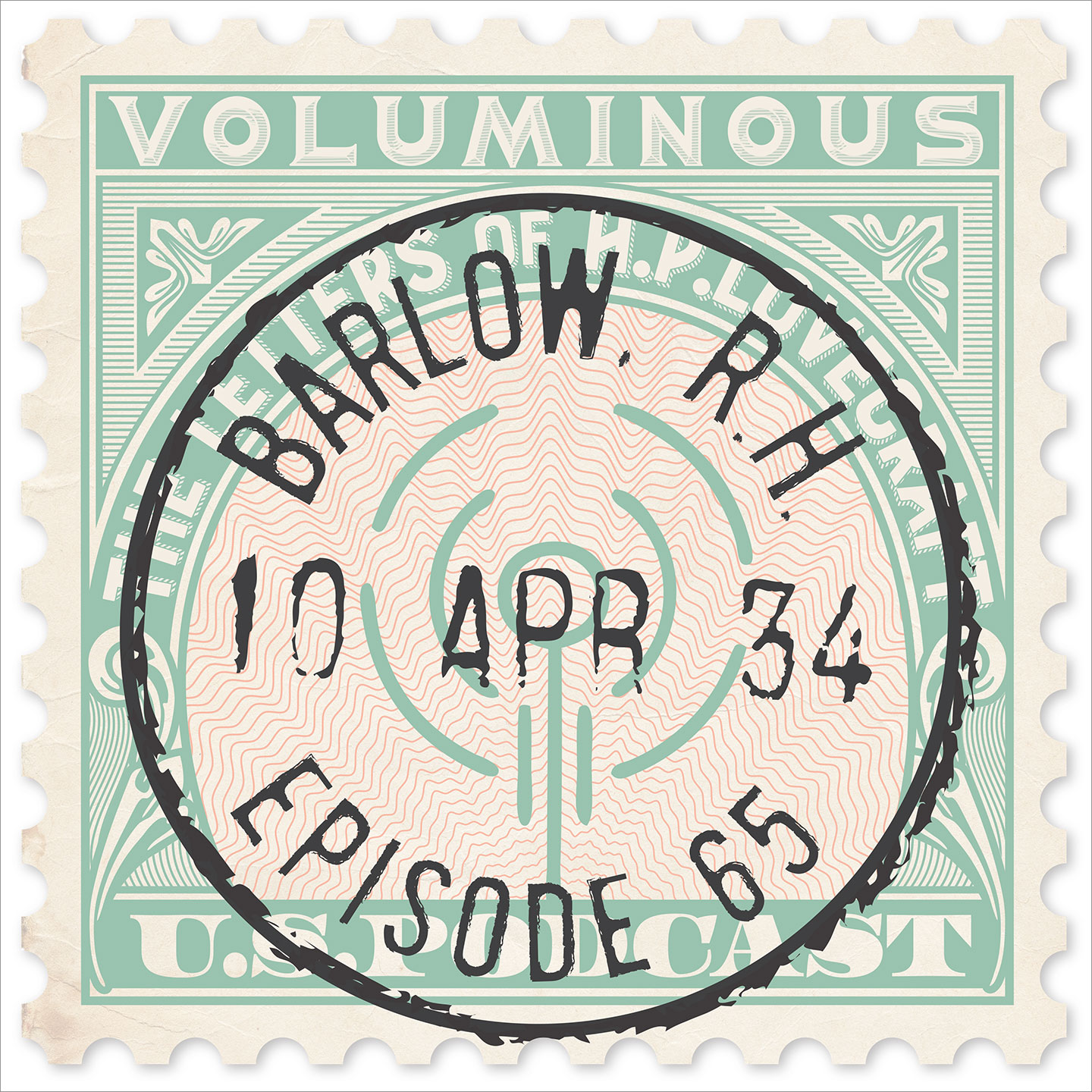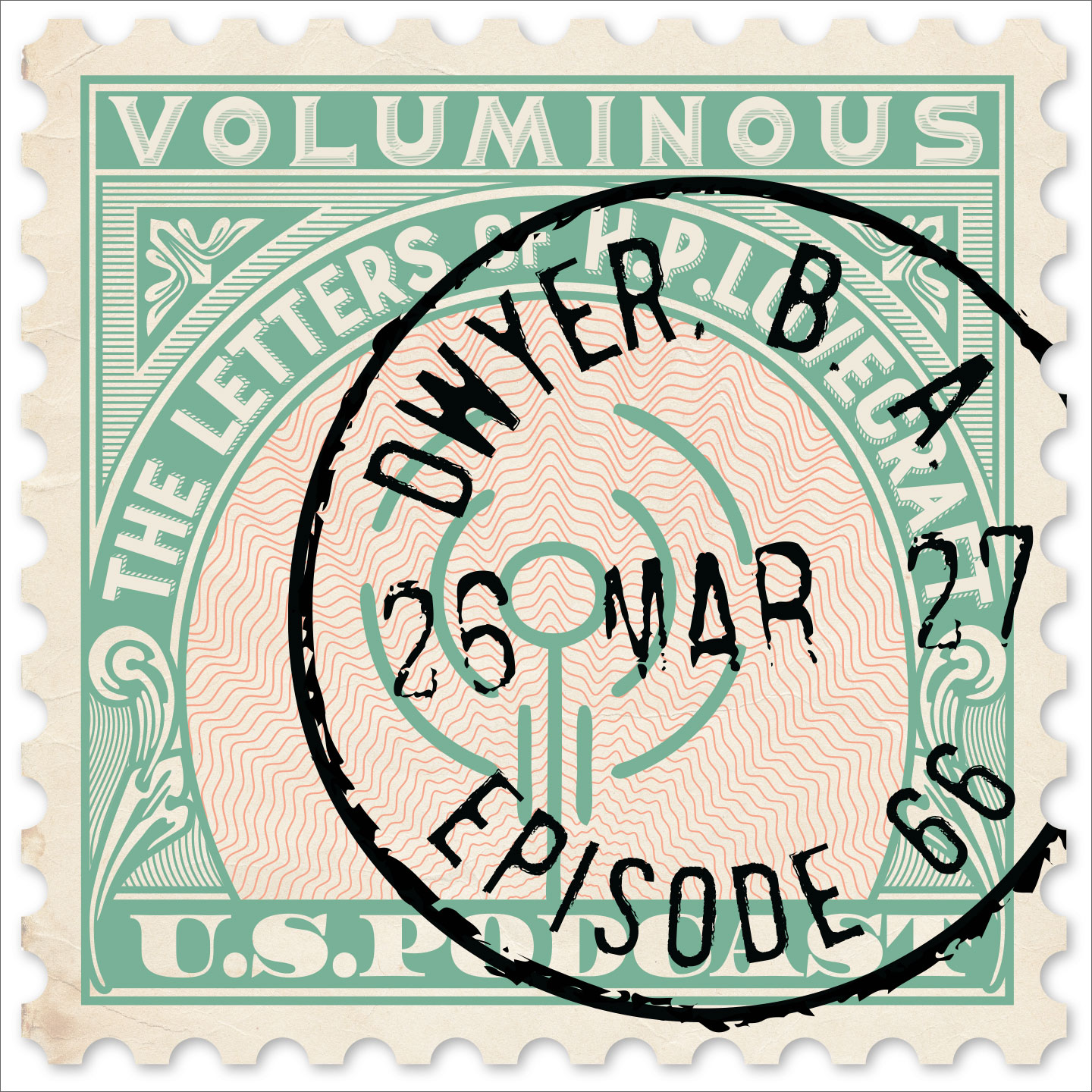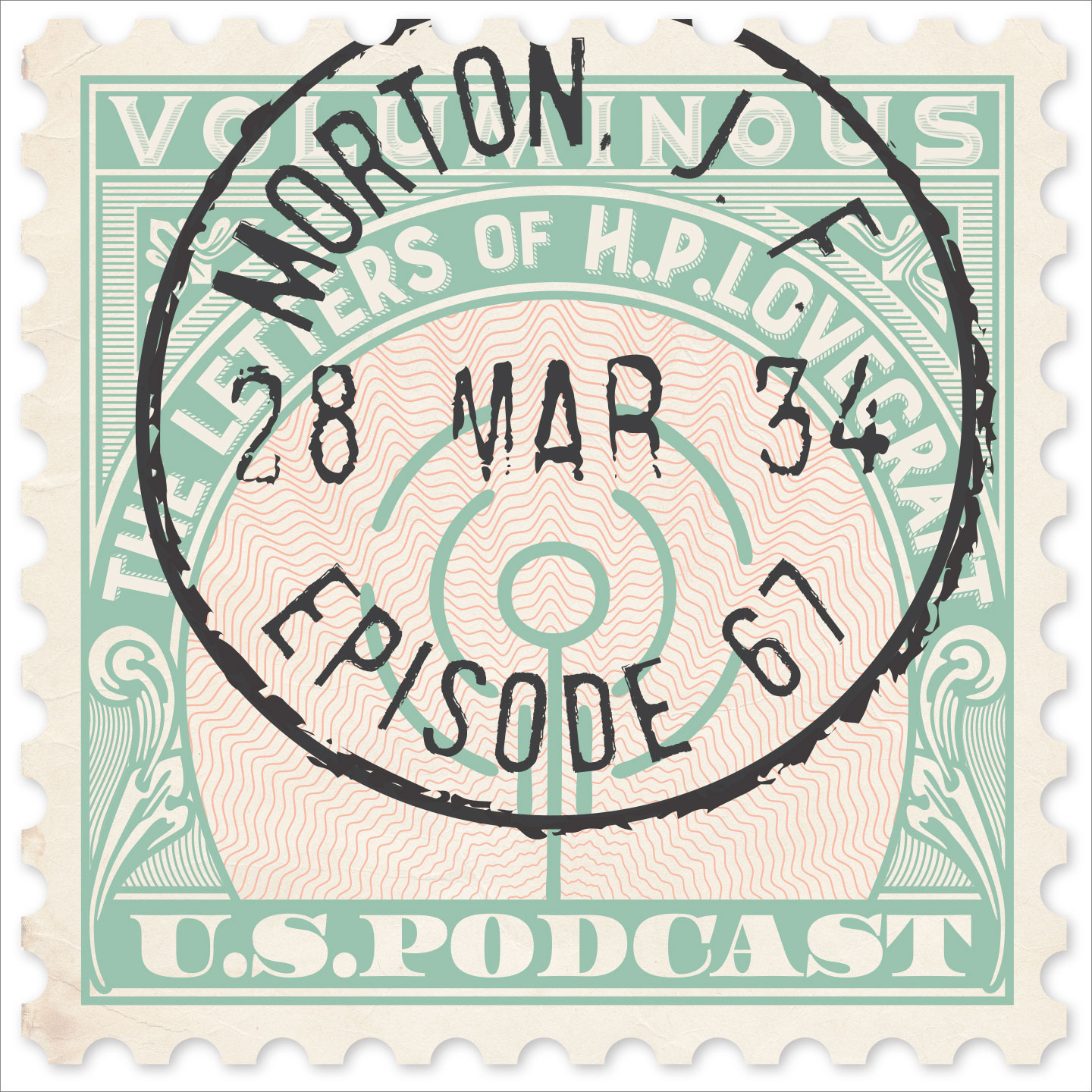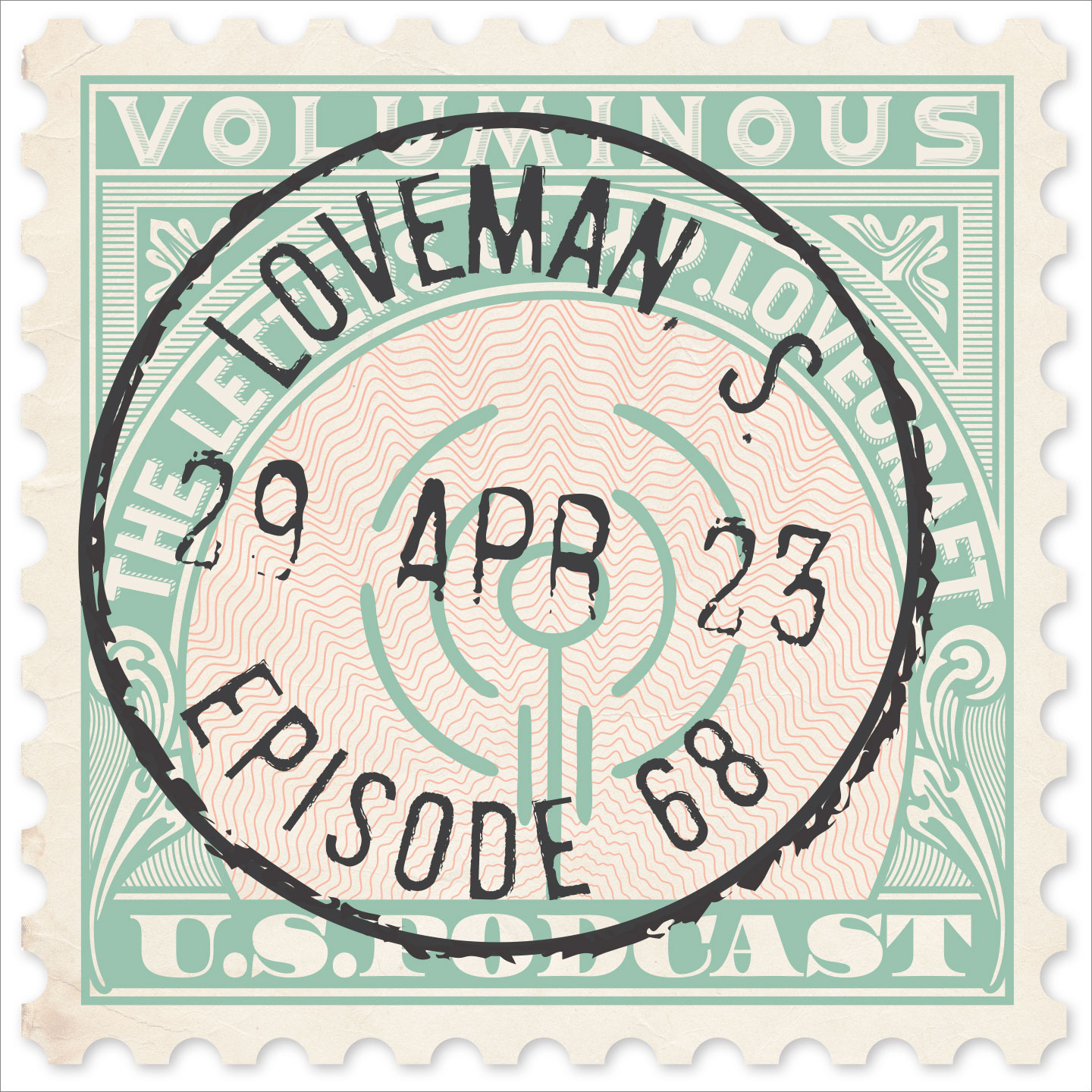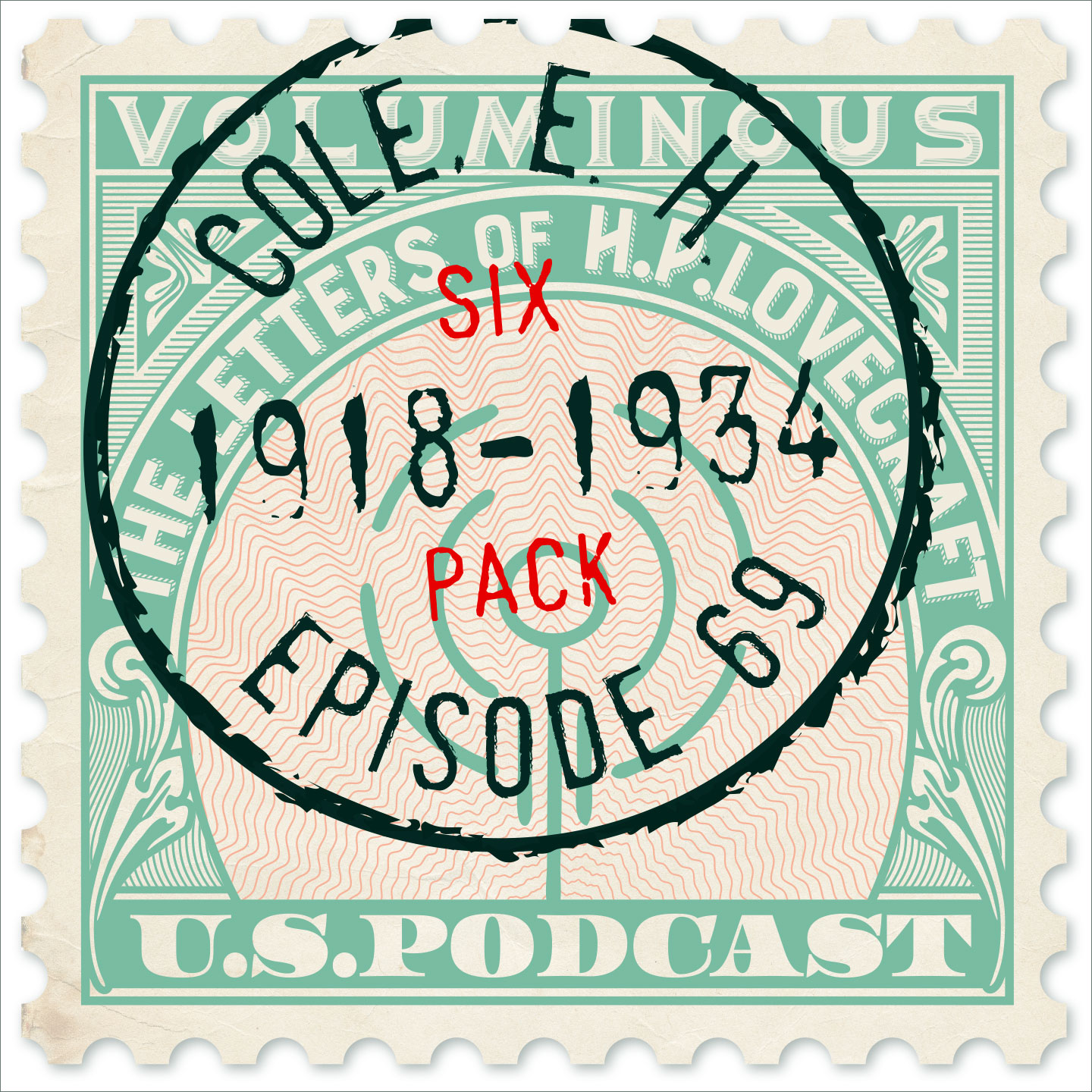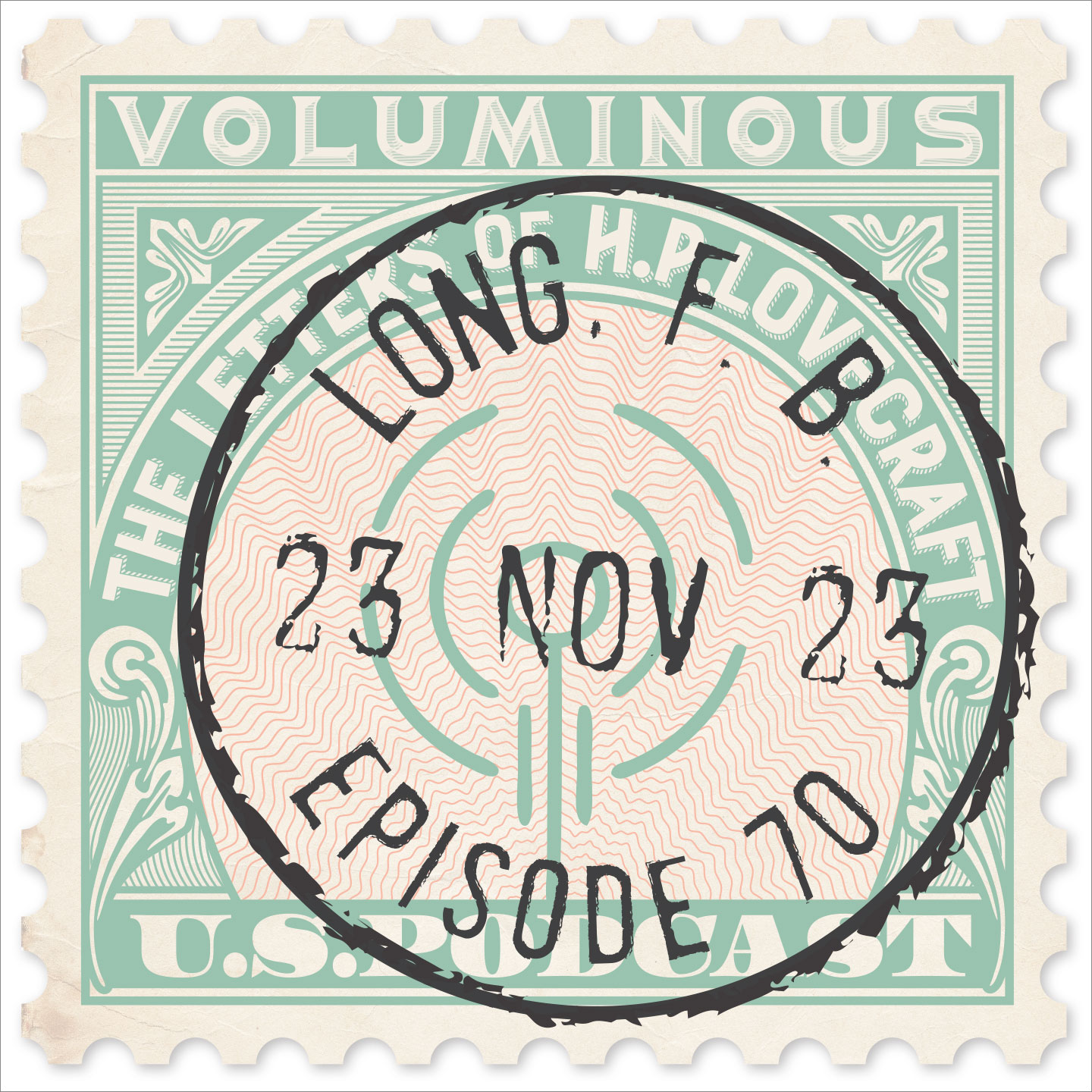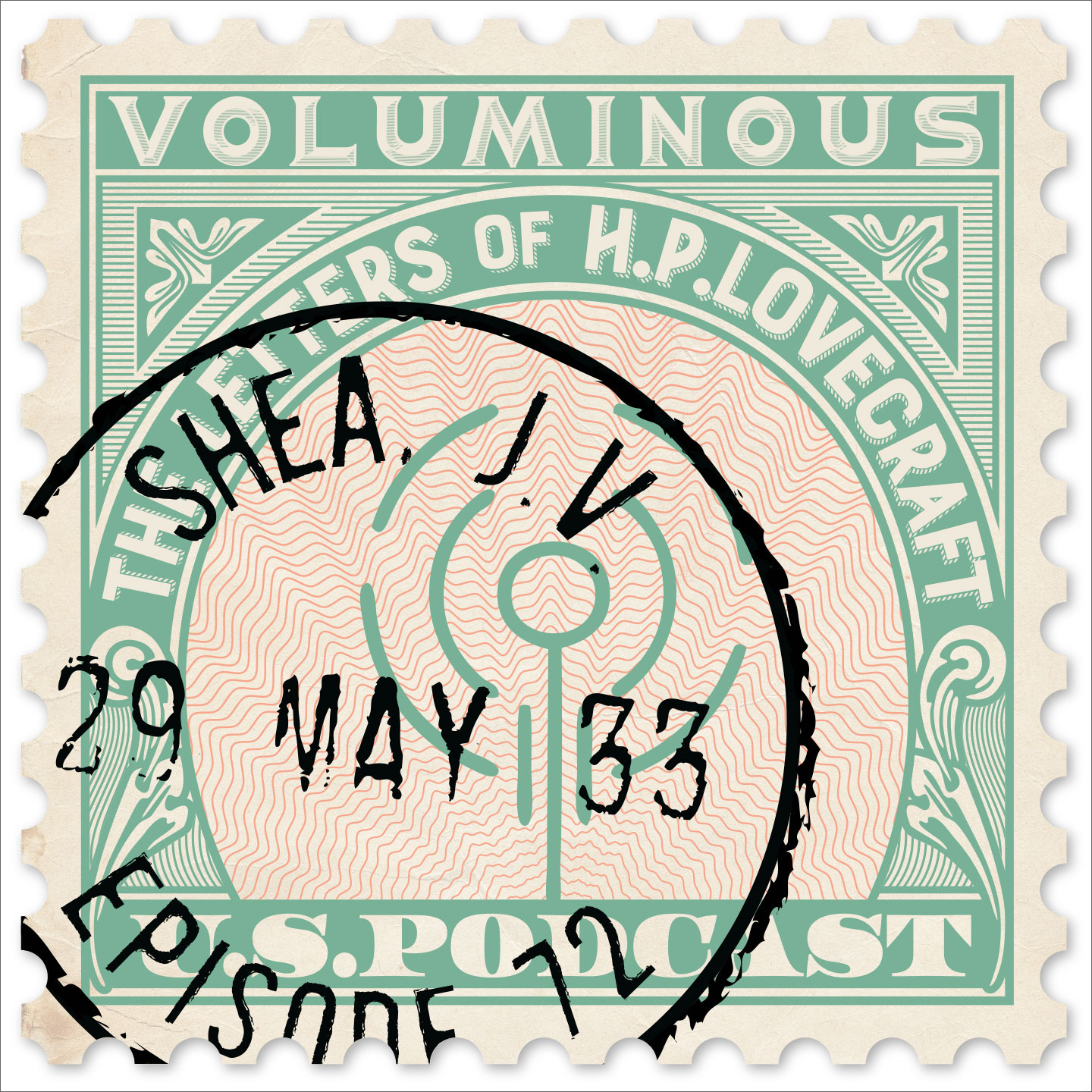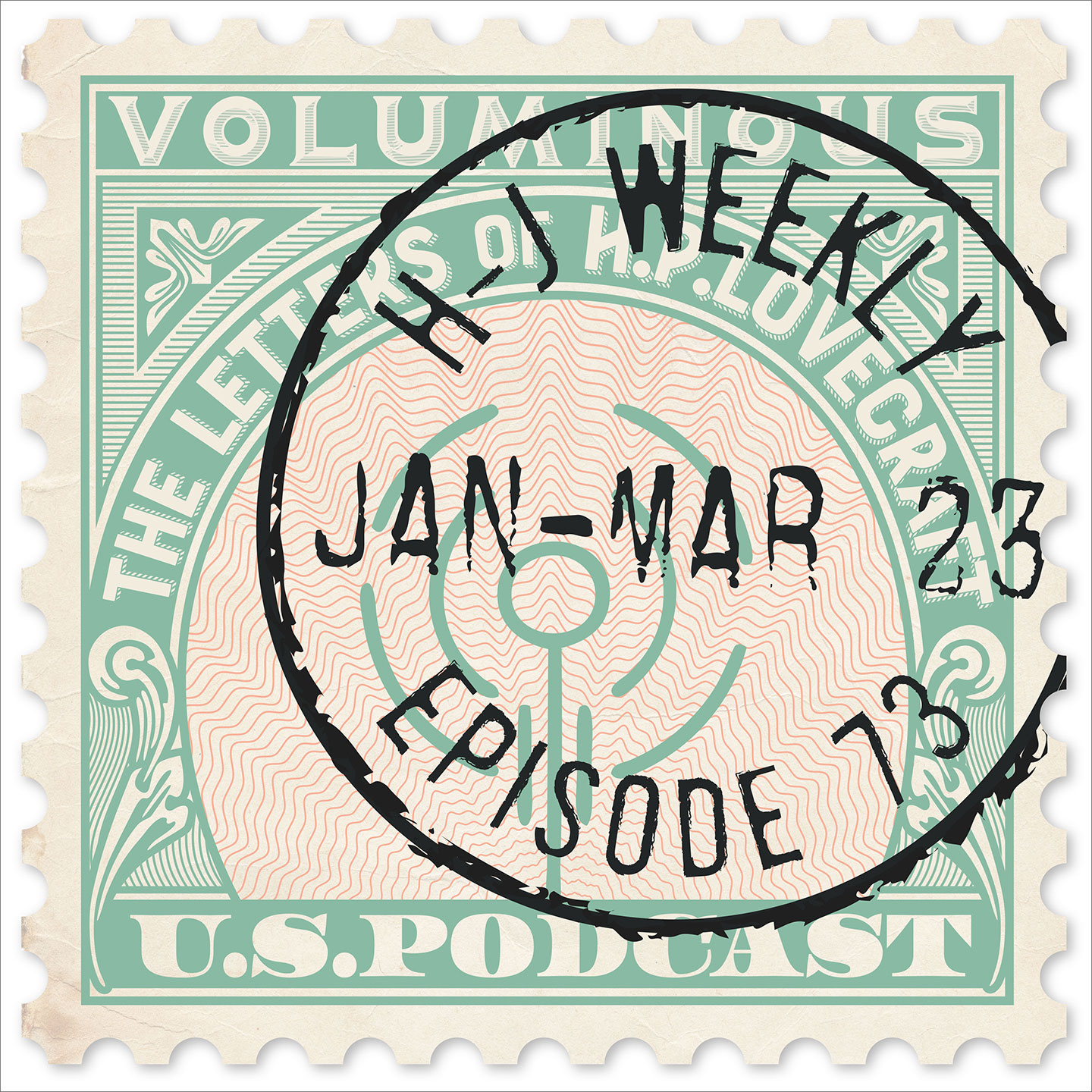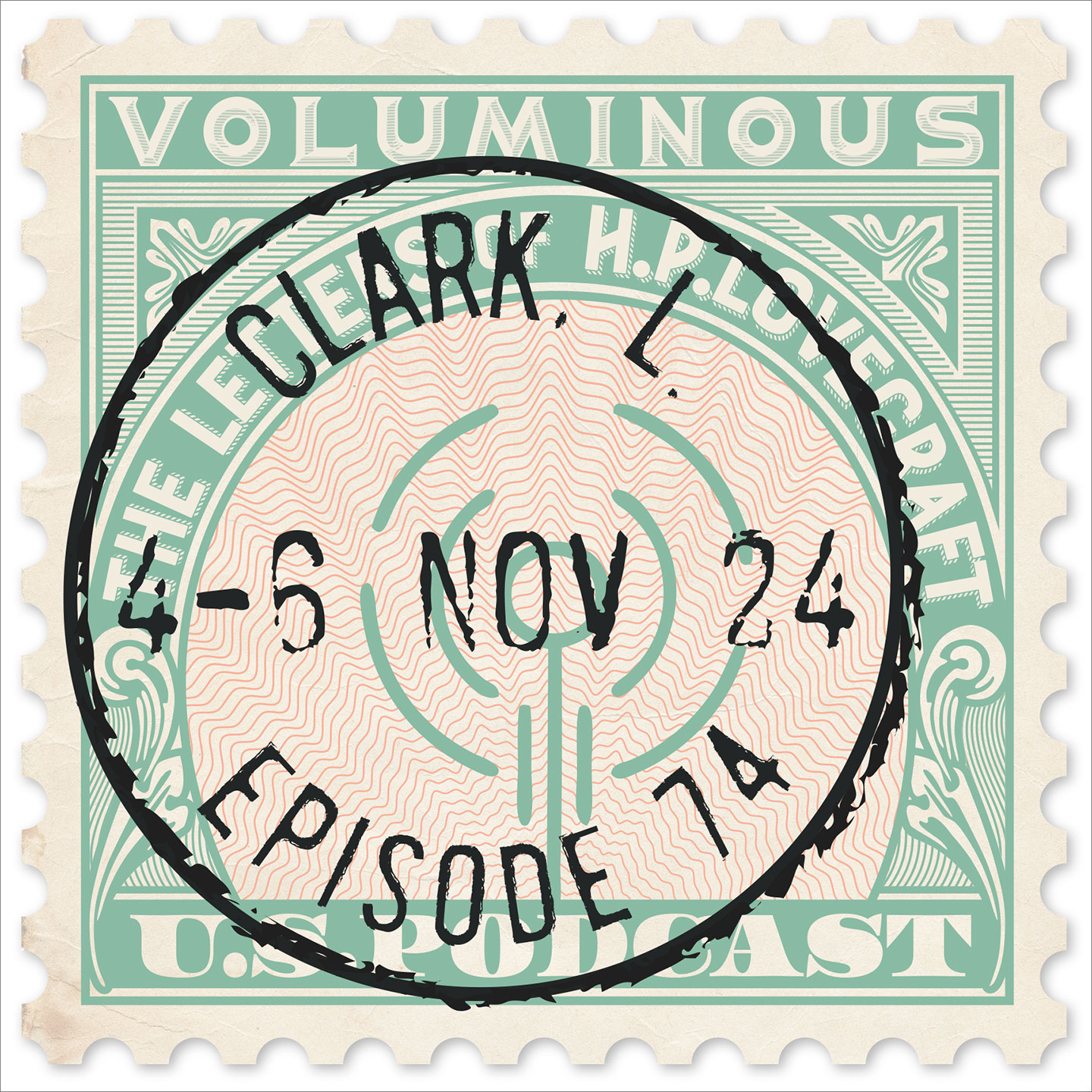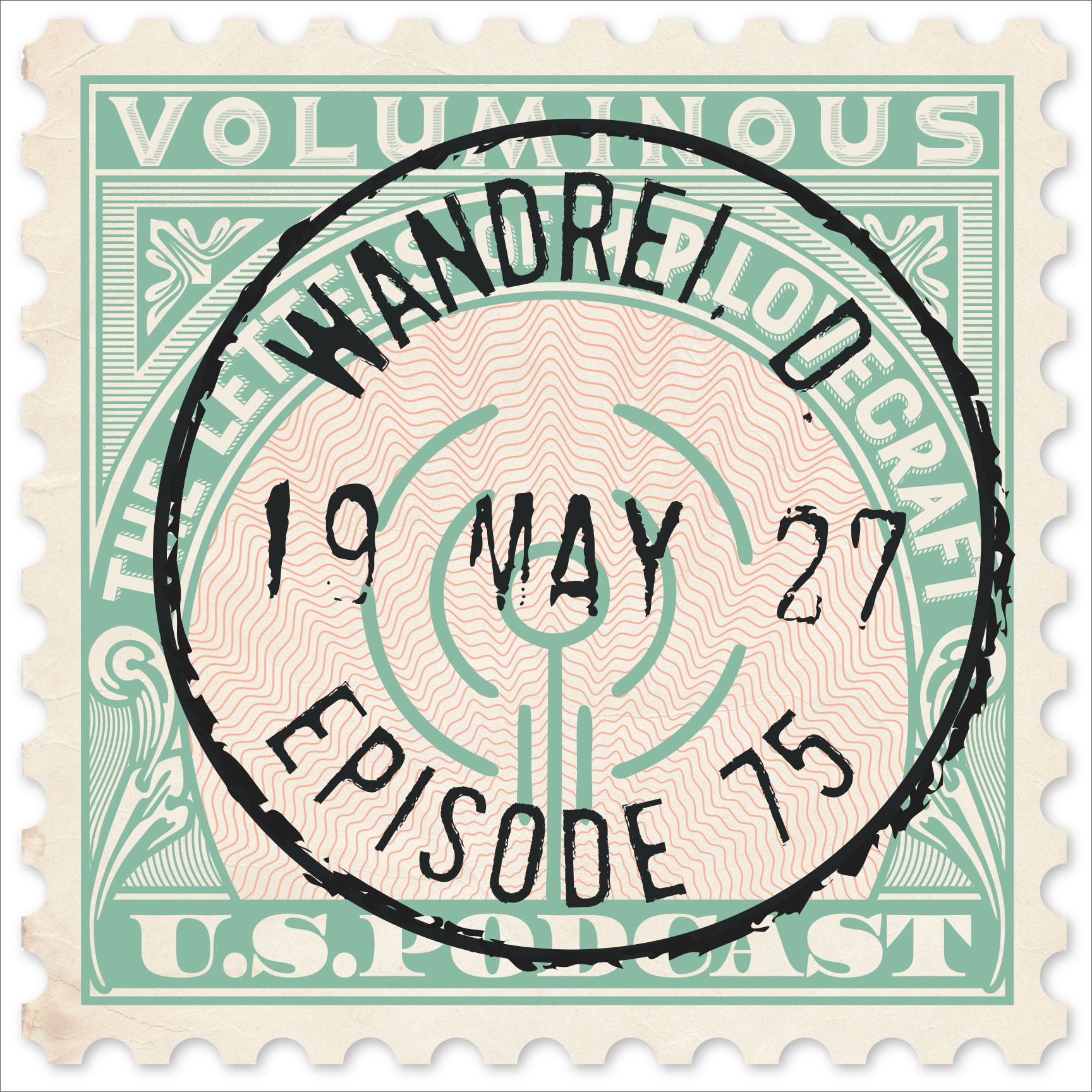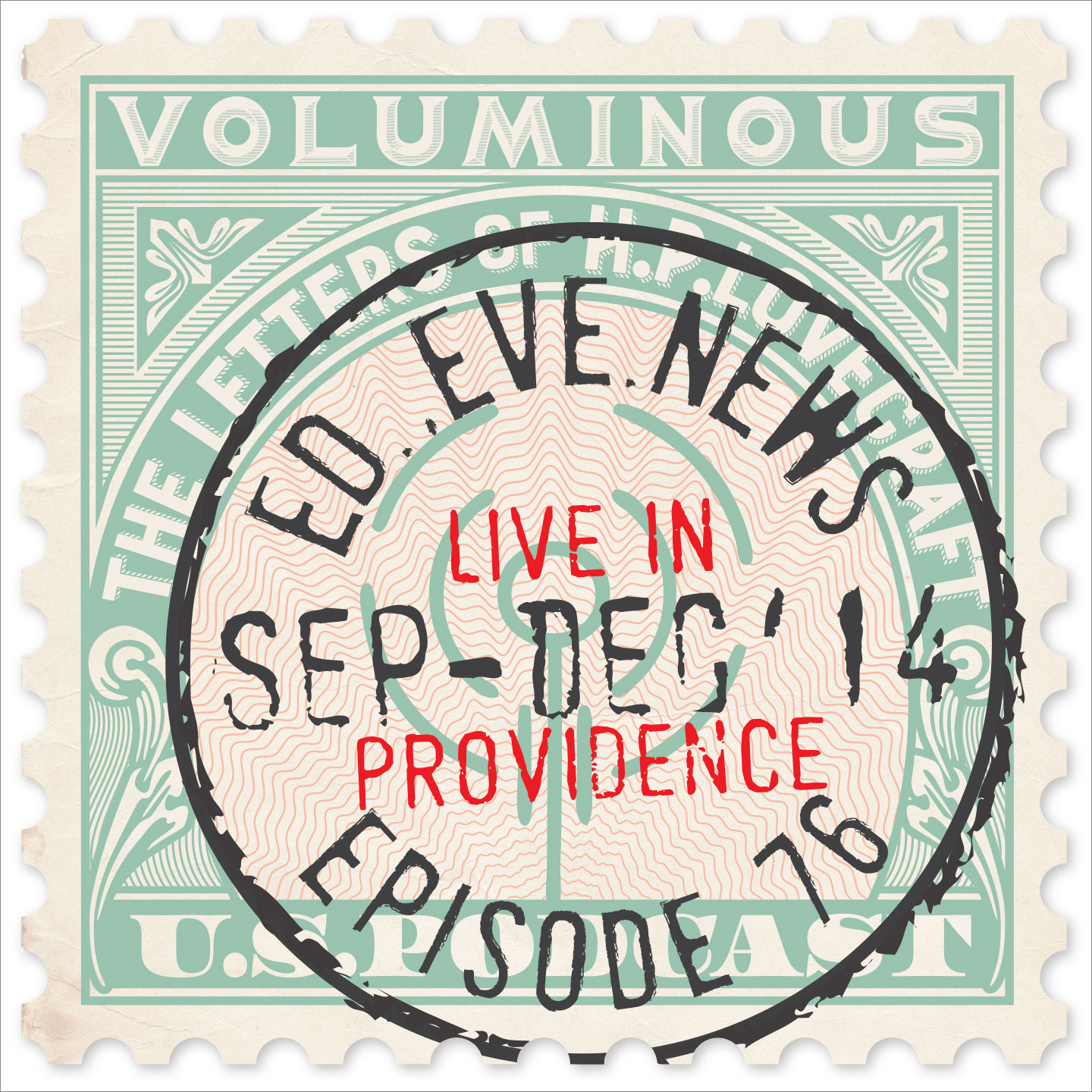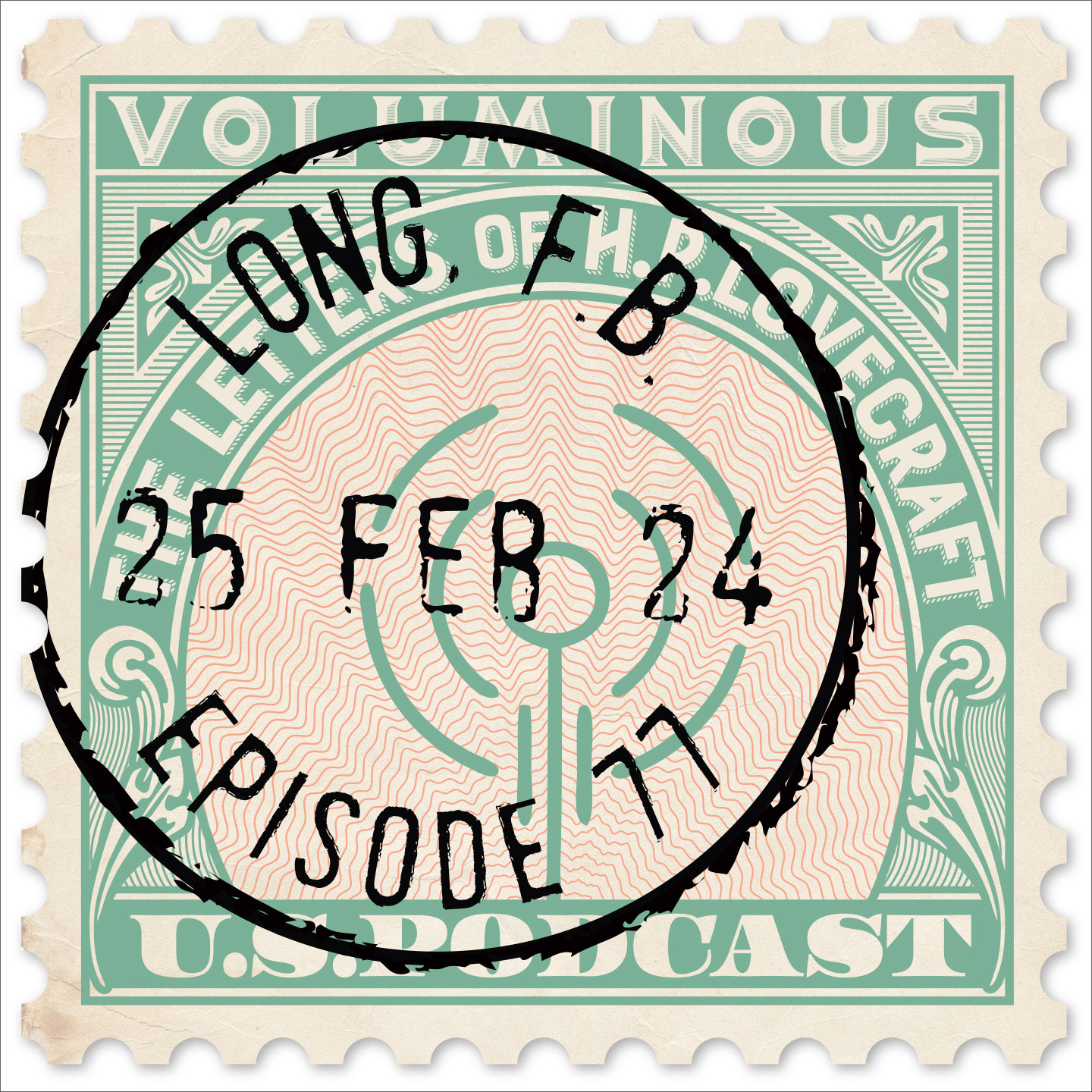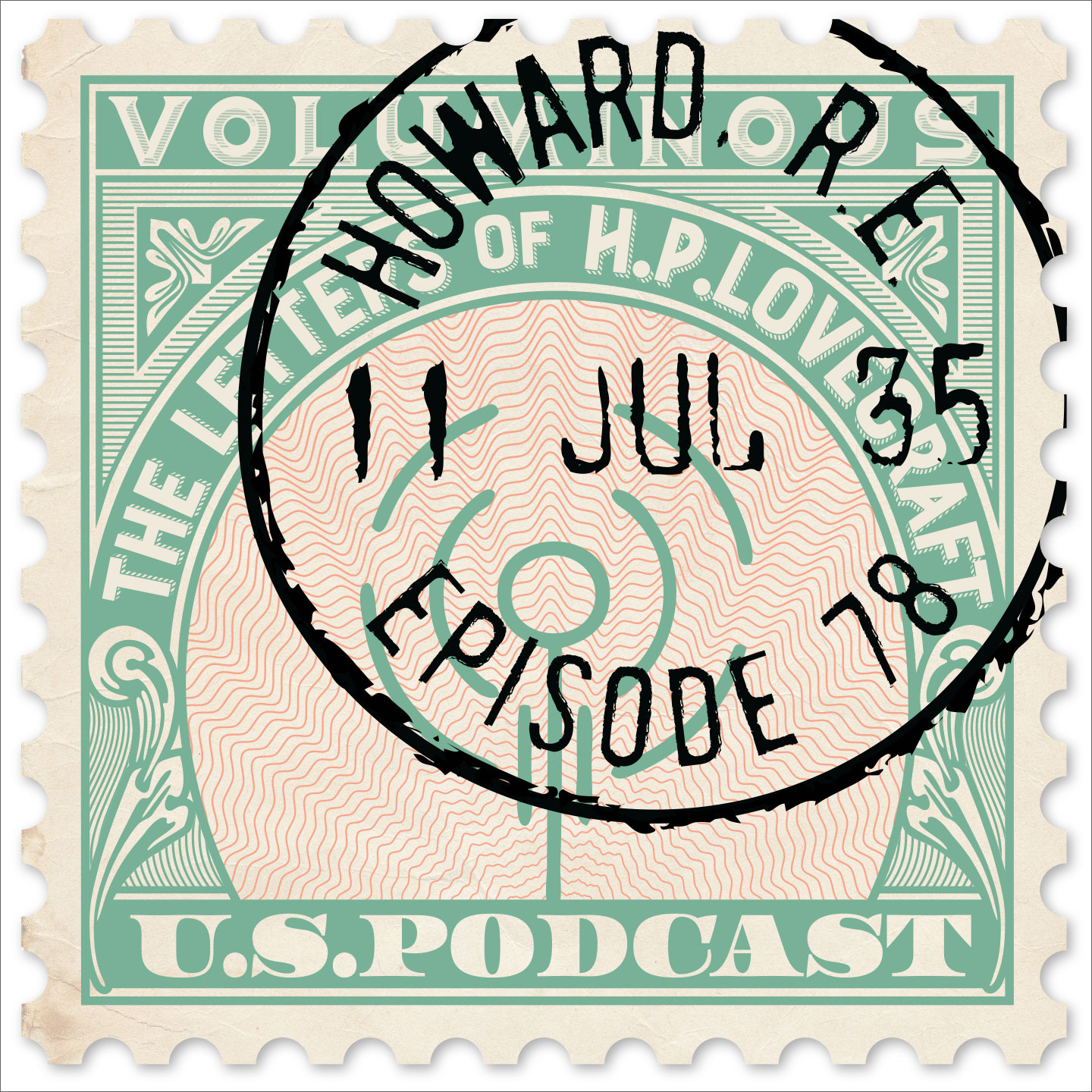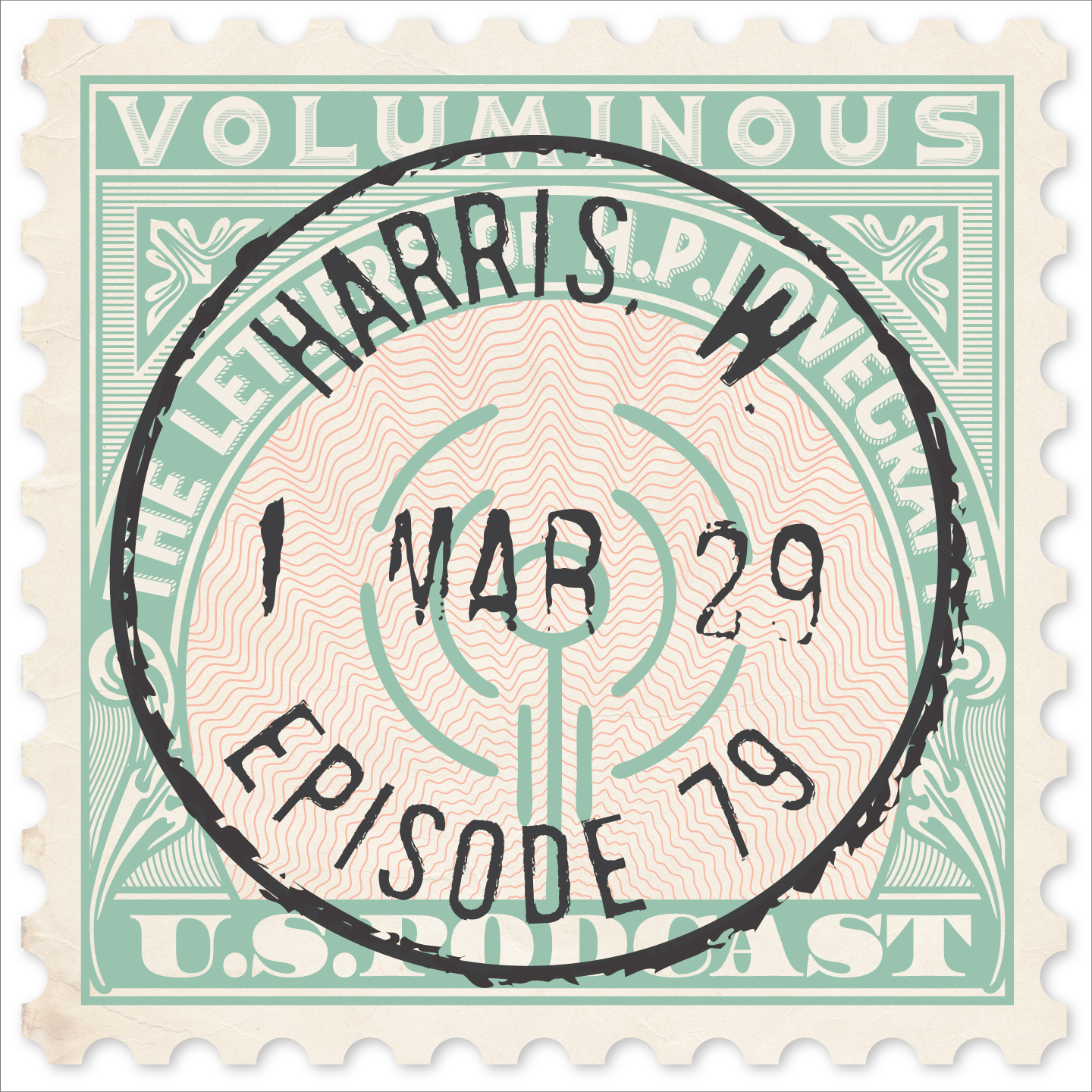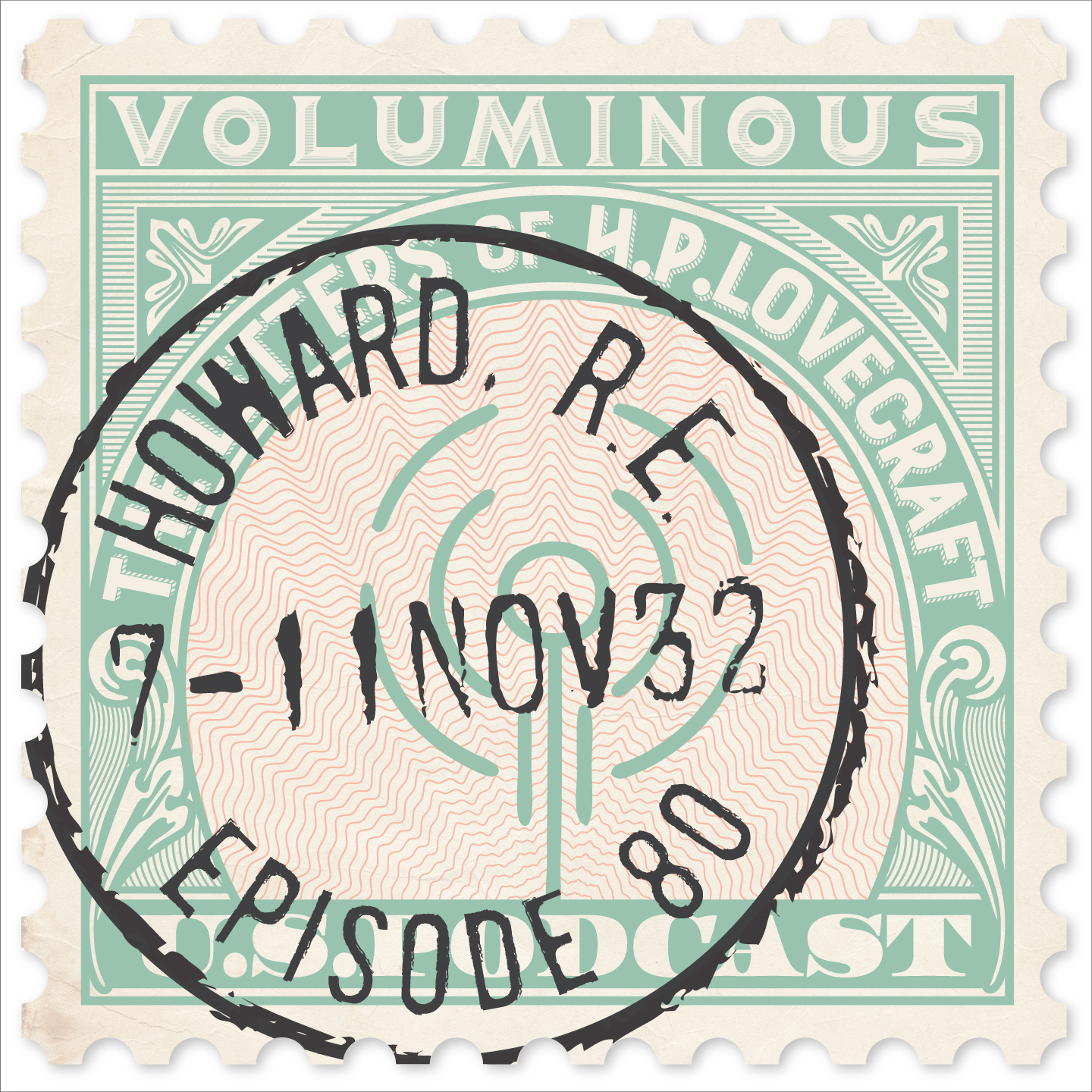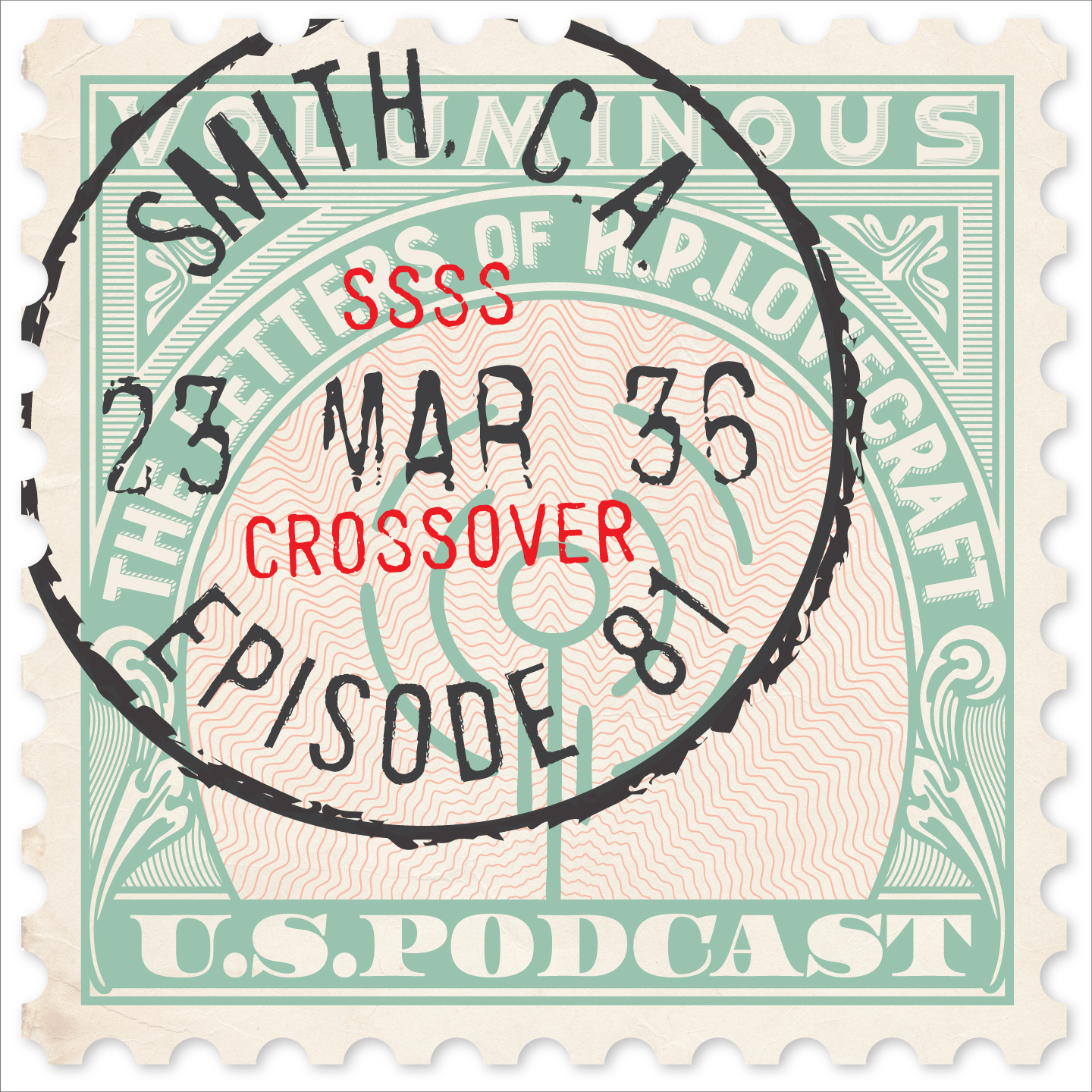
In addition to his classics of horror fiction, it is estimated that Lovecraft wrote 100,000 letters — or roughly 15 every day of his adult life — ranging from one-page diaries to seventy-page diatribes. Perhaps 20,000 of those letters have survived, in the hands of private collectors and at the John Hay Library in Providence.
In each episode of this podcast, we'll read one of these letters (or part of it) and then discuss it. In his letters HPL reveals an amazing breadth of knowledge of philosophy, science, history, literature, art and many other subjects, and forcefully asserts some highly considered opinions (some of which can be upsetting).
And of course his letters offer a fascinating window into his personal life and times. Although we've been working with Lovecraftian material for over 30 years, we still find interesting new things in his letters, and while we don't claim to be experts we look forward to sharing them with a wider audience.
Subscribe via iTunes, Stitcher or wherever you get podcasts! Or listen right here!
RSS Feed- Episode 57
- Posted February 7, 2021
Oleaginous Fascists
In this unintentionally topical letter from March 2 of 1927, Lovecraft talks with fascinating fellow and longtime correspondent Paul J. Campbell about fascism, the decline of western civilization, social justice and other challenging and hard-to-discuss issues, dropping the names of a number of fascinating figures, and impressive stories, along the way.
Music by Troy Sterling Nies. Thanks as usual to Hippocampus Press for their book Letters to Rheinhart Kleiner and Others.
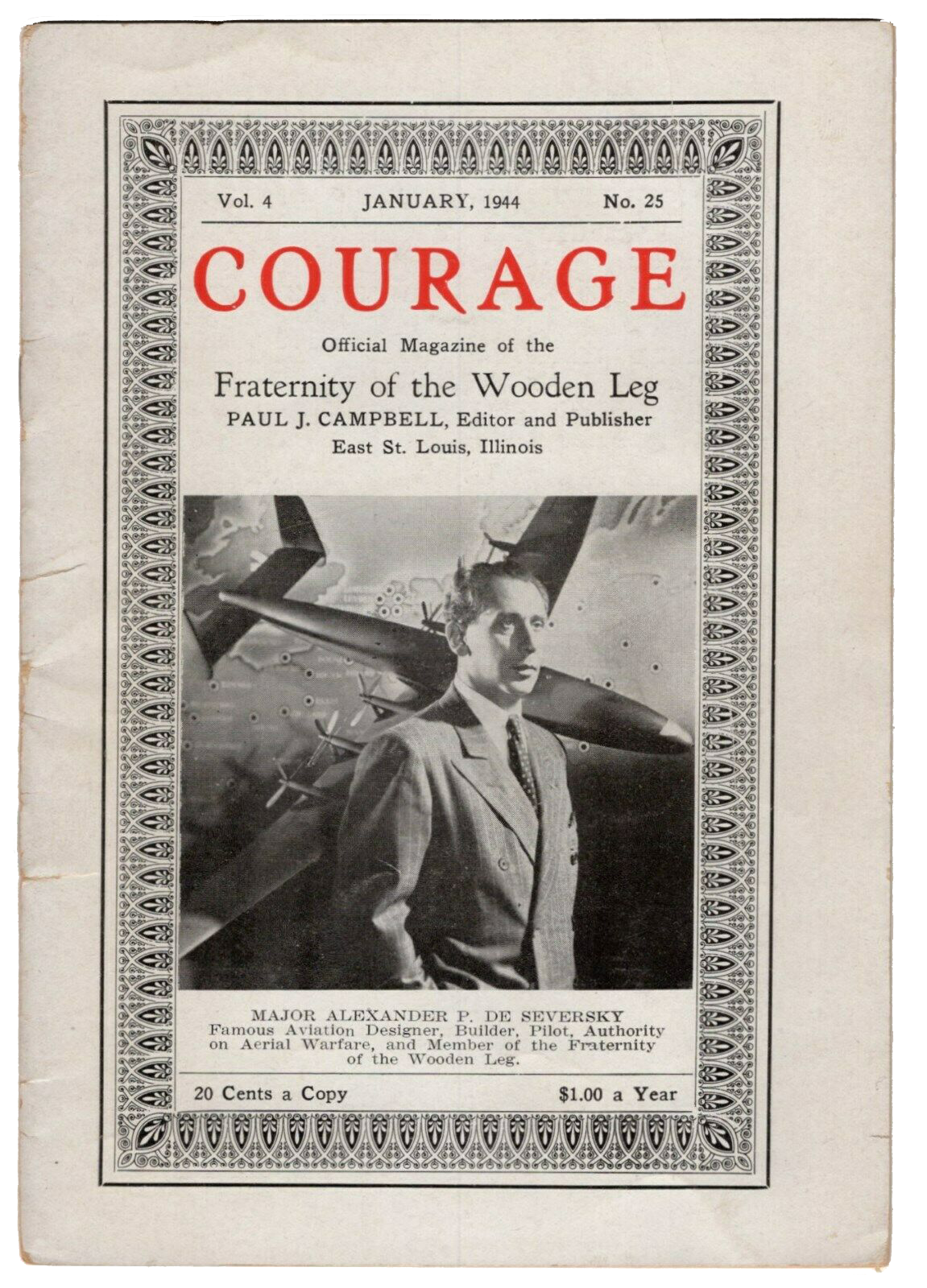 Copies of Paul J. Campbell's magazine Courage seem to be quite rare nowadays, but we managed to score this one from 1944.
Copies of Paul J. Campbell's magazine Courage seem to be quite rare nowadays, but we managed to score this one from 1944.
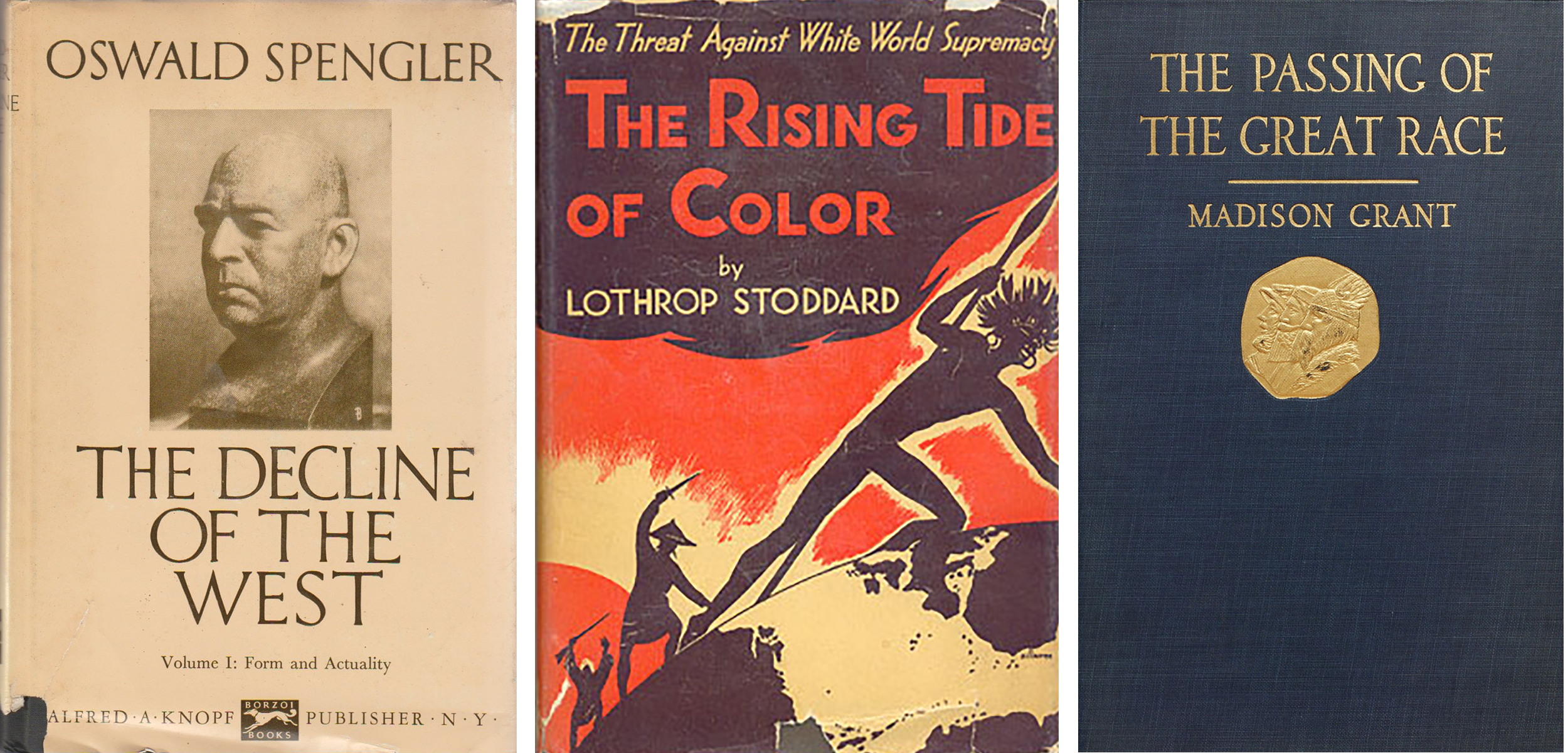 Here are three difficult and potentially upsetting books that were very influential in the early 1920s and which we're planning to add to our shelves, if not right away to our reading list. Here's a little bit more about Madison Grant and Lothrop Stoddard.
Here are three difficult and potentially upsetting books that were very influential in the early 1920s and which we're planning to add to our shelves, if not right away to our reading list. Here's a little bit more about Madison Grant and Lothrop Stoddard.
Alvin "Shipwreck" Kelly sat on top of a flagpole for 49 days in 1930, but that was absolutely nothing compared to the feat of St. Simeon Stylites!
 At the time HPL wrote this letter, Campbell was in the oil business. Scott Nearing, a left-wing figure mentioned in this letter, wrote a very interesting piece about the political implications of the oil business in 1923: yet another item still amazingly relevant. You can read it HERE.
At the time HPL wrote this letter, Campbell was in the oil business. Scott Nearing, a left-wing figure mentioned in this letter, wrote a very interesting piece about the political implications of the oil business in 1923: yet another item still amazingly relevant. You can read it HERE.
And if you want to learn a little more about Thomas De Quincey, you can check out this article.
The final "delicious" paragraph of Penguin Island by Anatole France (translated by A.W. Evans) is as follows: "It grew very rich and large beyond measure. The houses were never high enough to satisfy the people; they kept on making them still higher and built them of thirty or forty storeys, with offices, shops, banks, societies one above another; they dug cellars and tunnels ever deeper downwards. Fifteen millions of men laboured in the giant town."
- Update
- Posted February 26, 2021
Paul J. Campbell
Researcher extraordinaire Dan Pratt comes to our rescue once again, with a treasure trove of information about Paul J. Campbell!
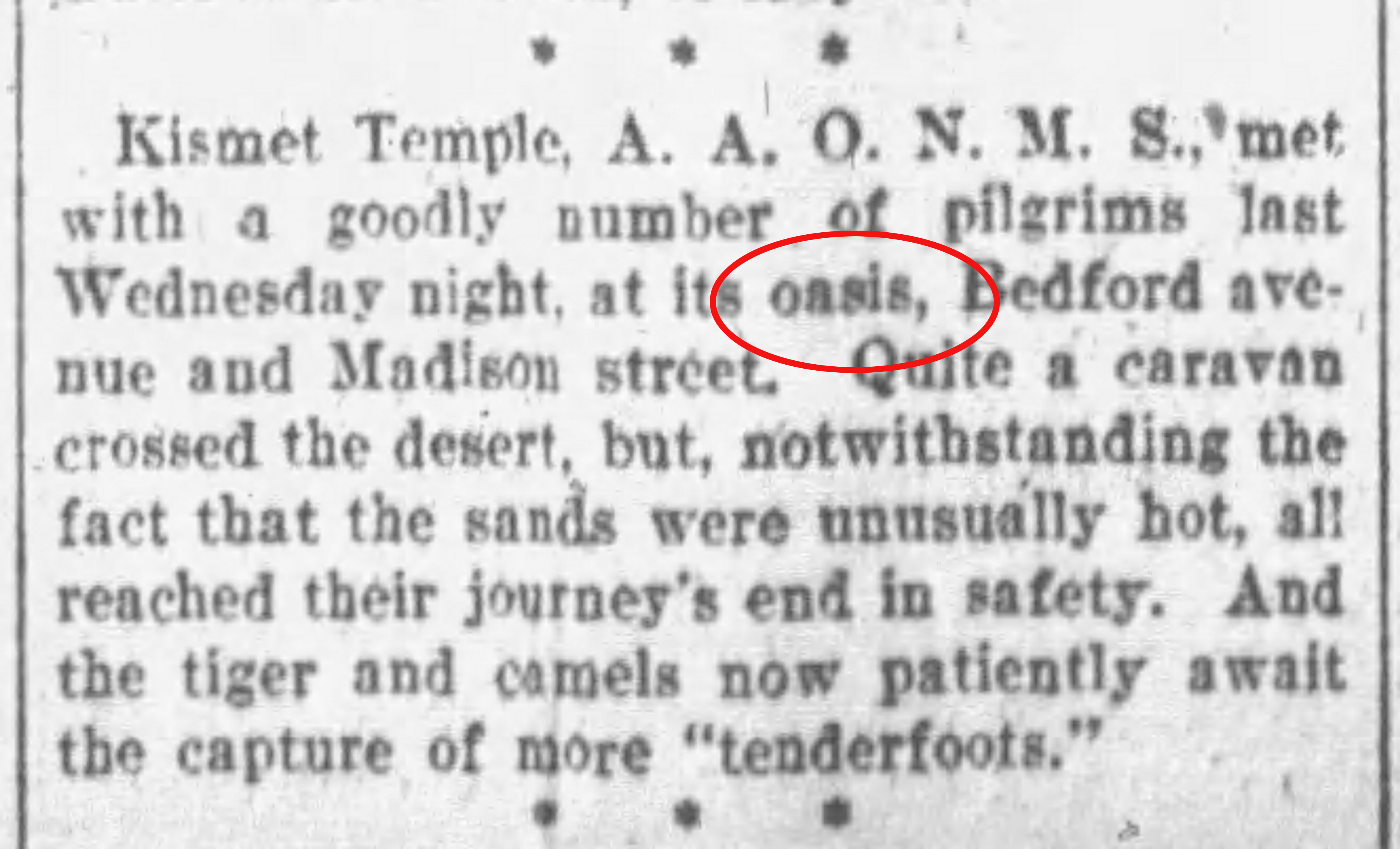 Dan writes: "I did some looking into the "oasis group" mentioned in HPL's letter to Paul J. Campbell, but you're right—it's a dud search. However, Campbell may have been referring to the Mecca Temple, the original meeting place of The Ancient Arabic Order of the Nobles of the Mystic Shrines (A.A.O.N.M.S—get it?), aka the Shriners, at the Knickerbocker Cottage building (aka the Old Cottage), 456 Sixth Avenue in Greenwich Village. The Shriners (and a lot of other secret social societies in the nineteenth century) co-opted a lot of Egyptian and Middle Eastern symbolism and often couched discussion of their meetings in terms of deserts and oases. ...If Campbell was referring to a Shrine meeting, that might explain HPL's comment about the oasis sounding 'vivid and colorful.'" Dan included a number of newspaper clippings proving his point that many Shrine temples were referred to as an "oasis", including the one shown here from the Brooklyn Citizen of Feb. 4, 1900.
Dan writes: "I did some looking into the "oasis group" mentioned in HPL's letter to Paul J. Campbell, but you're right—it's a dud search. However, Campbell may have been referring to the Mecca Temple, the original meeting place of The Ancient Arabic Order of the Nobles of the Mystic Shrines (A.A.O.N.M.S—get it?), aka the Shriners, at the Knickerbocker Cottage building (aka the Old Cottage), 456 Sixth Avenue in Greenwich Village. The Shriners (and a lot of other secret social societies in the nineteenth century) co-opted a lot of Egyptian and Middle Eastern symbolism and often couched discussion of their meetings in terms of deserts and oases. ...If Campbell was referring to a Shrine meeting, that might explain HPL's comment about the oasis sounding 'vivid and colorful.'" Dan included a number of newspaper clippings proving his point that many Shrine temples were referred to as an "oasis", including the one shown here from the Brooklyn Citizen of Feb. 4, 1900.
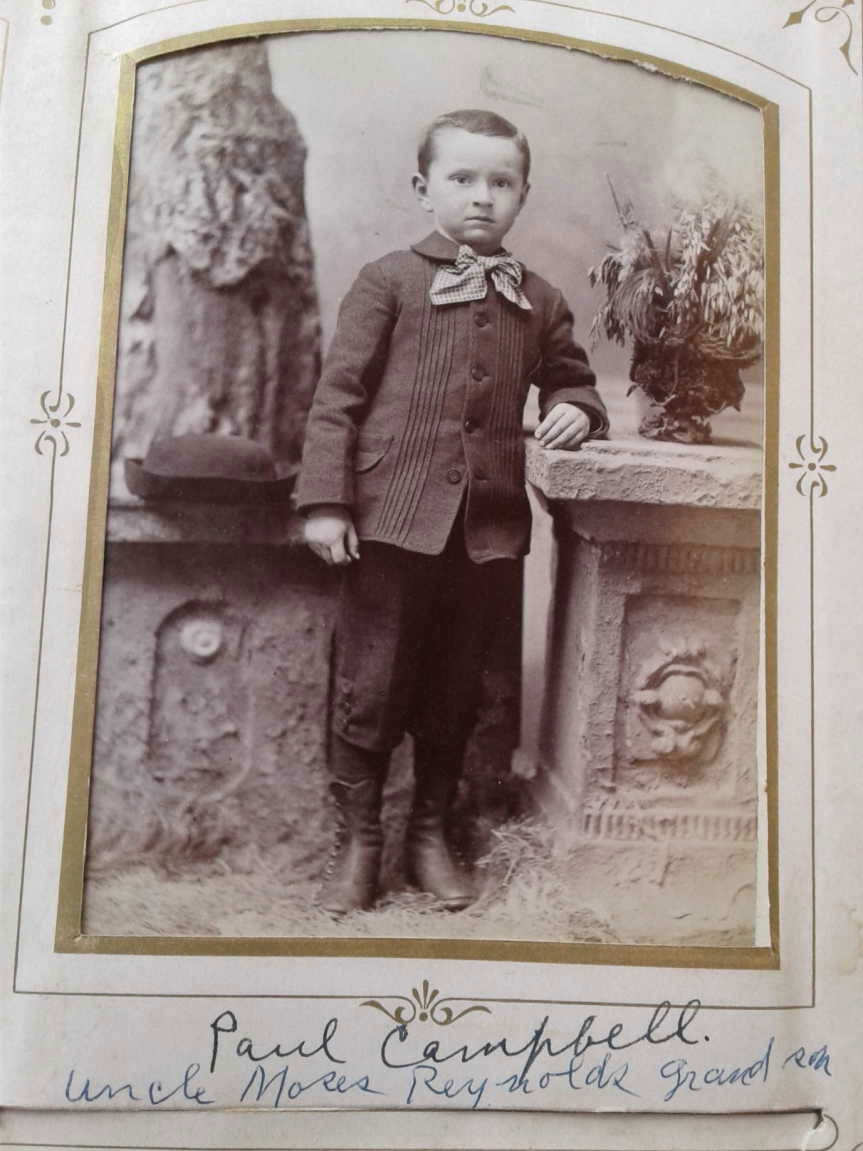 Dan found this picture of Campbell circa 1890. Campbell was born in 1884 in Georgetown, Ill., and received an 8th-grade education. In or around 1902 he joined both the National and United Amateur Press Associations. In 1906 he severely injured his right knee hopping off a moving streetcar on the way to his printing business in Danville, Ill., and the leg was amputated nine years later after an infection. In 1918 he married his second wife, Eleanor J. Barnhart, with whom he had two sons. In the early 1930s he moved to East St. Louis and became a newspaper editor. In 1939 he established the Fraternity of the Wooden Leg.
Dan found this picture of Campbell circa 1890. Campbell was born in 1884 in Georgetown, Ill., and received an 8th-grade education. In or around 1902 he joined both the National and United Amateur Press Associations. In 1906 he severely injured his right knee hopping off a moving streetcar on the way to his printing business in Danville, Ill., and the leg was amputated nine years later after an infection. In 1918 he married his second wife, Eleanor J. Barnhart, with whom he had two sons. In the early 1930s he moved to East St. Louis and became a newspaper editor. In 1939 he established the Fraternity of the Wooden Leg.
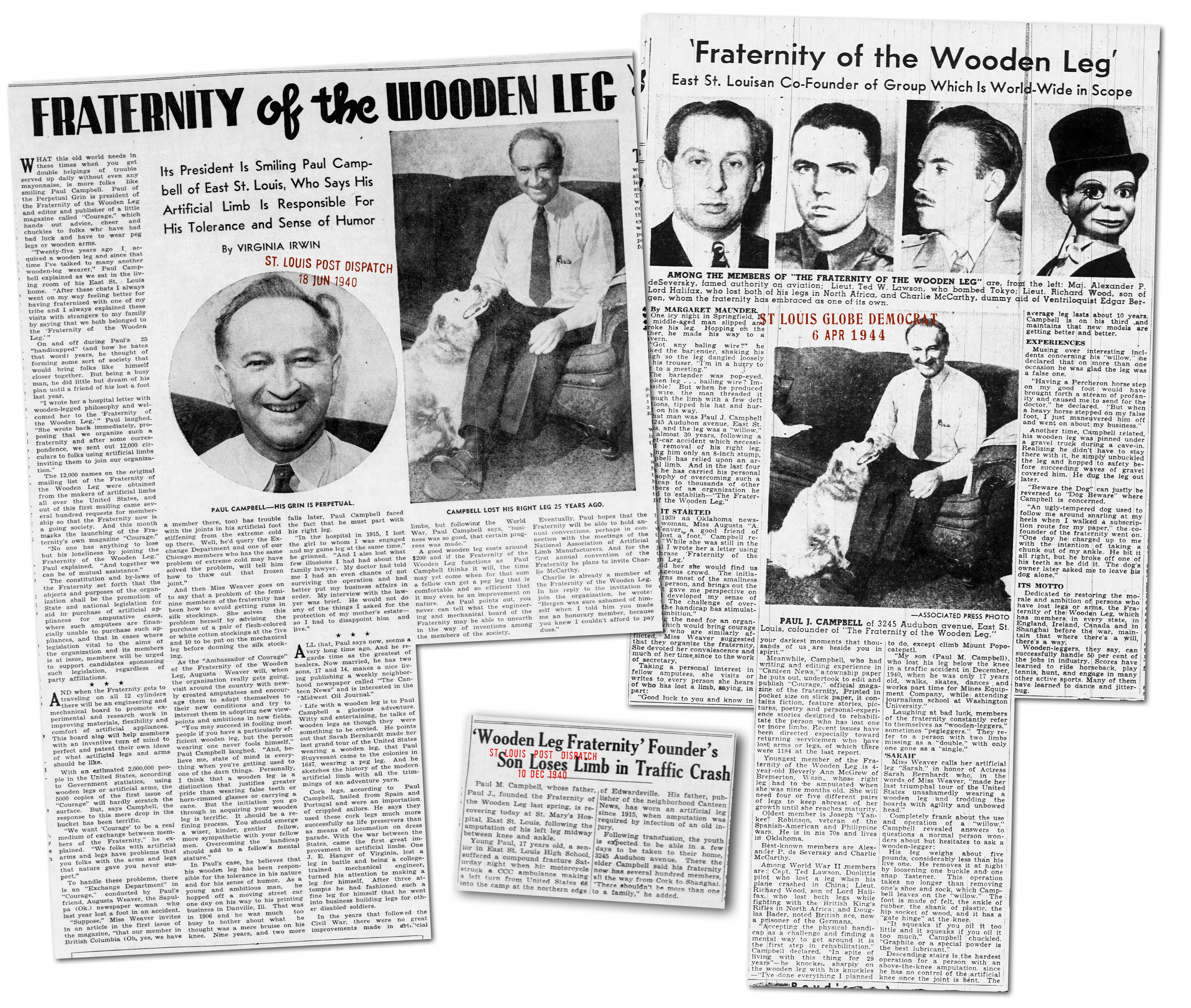 Dan uncovered some great newspaper articles about Campbell's organization from the 1940s. It seems possible that Campbell's own connections in the newspaper business helped generate such feature coverage, although certainly the Fraternity of the Wooden Leg was a worthy subject in any case. Dan continues: "On December 7, 1940, his son, Paul M. Campbell, lost his left leg in a motorcycle accident with an ambulance driven by a Civilian Conservation Corps worker. The War Department found the driver at fault and in August 1943, Campbell requested a $5,000 settlement to help with his son's rehabilitation. The Secretary of War said that amount seemed to be "excessive" but the Campbells got their payment in November of the next year. Campbell's eloquent letter to Illinois congressman Calvin D. Johnson is heartbreaking." Dan uncovered the official report of the actions taken to pay the Campbells some compensation for young Paul's accident. Paul J. Campbell died just over a year later, at the age of 60, on August 16, 1945. The Fraternity of the Wooden Leg was led after his death by Augusta B. Weaver of Sapulpa, Oklahoma, who took over as editor of the magazine Courage.
Dan uncovered some great newspaper articles about Campbell's organization from the 1940s. It seems possible that Campbell's own connections in the newspaper business helped generate such feature coverage, although certainly the Fraternity of the Wooden Leg was a worthy subject in any case. Dan continues: "On December 7, 1940, his son, Paul M. Campbell, lost his left leg in a motorcycle accident with an ambulance driven by a Civilian Conservation Corps worker. The War Department found the driver at fault and in August 1943, Campbell requested a $5,000 settlement to help with his son's rehabilitation. The Secretary of War said that amount seemed to be "excessive" but the Campbells got their payment in November of the next year. Campbell's eloquent letter to Illinois congressman Calvin D. Johnson is heartbreaking." Dan uncovered the official report of the actions taken to pay the Campbells some compensation for young Paul's accident. Paul J. Campbell died just over a year later, at the age of 60, on August 16, 1945. The Fraternity of the Wooden Leg was led after his death by Augusta B. Weaver of Sapulpa, Oklahoma, who took over as editor of the magazine Courage.
